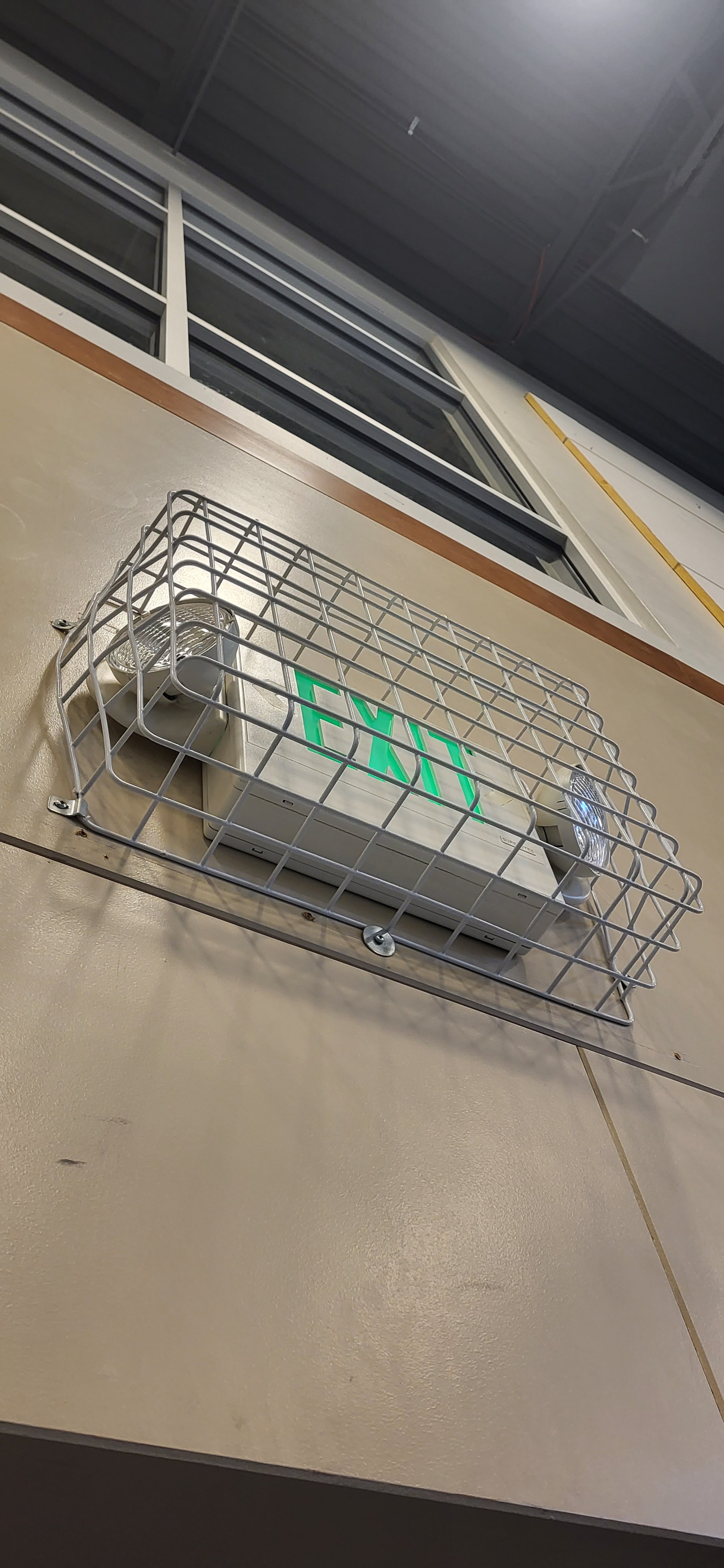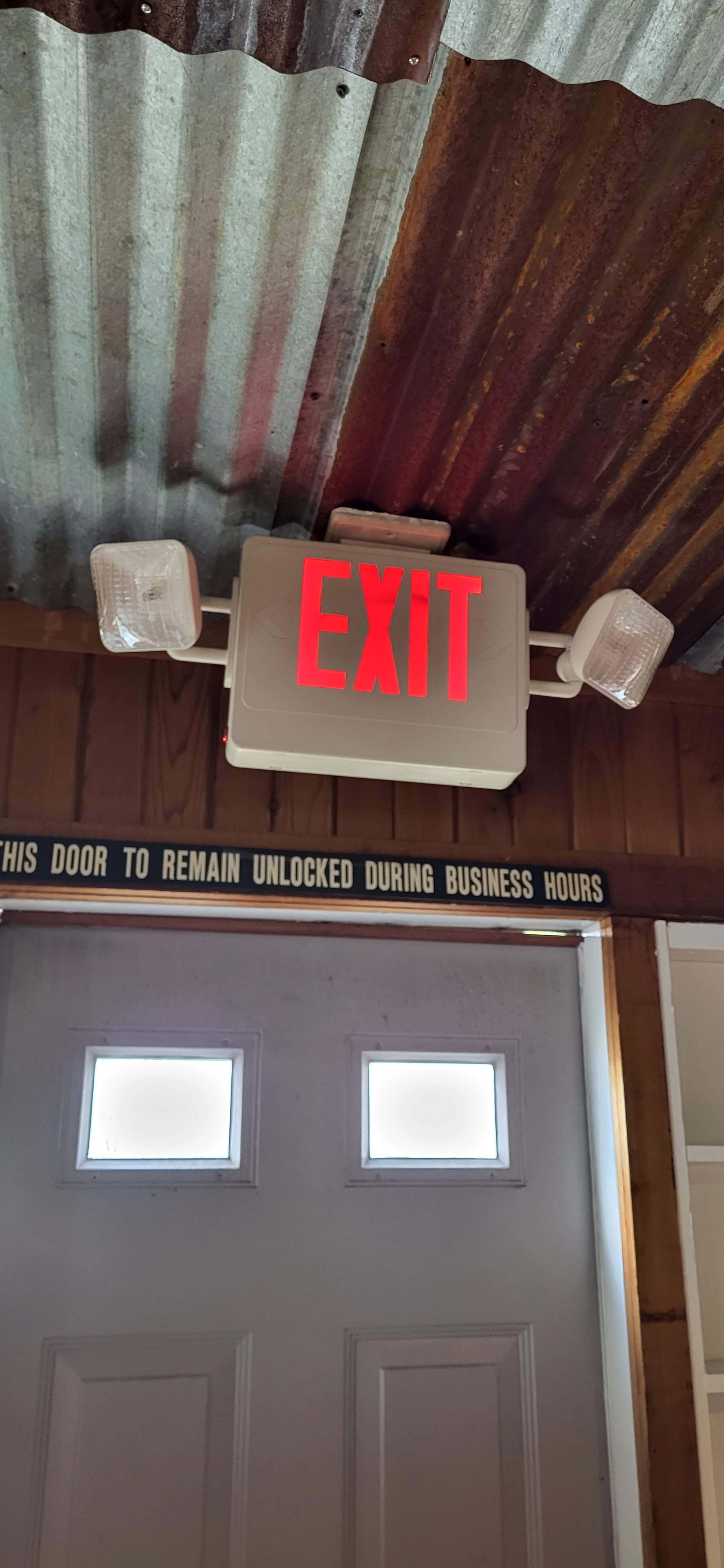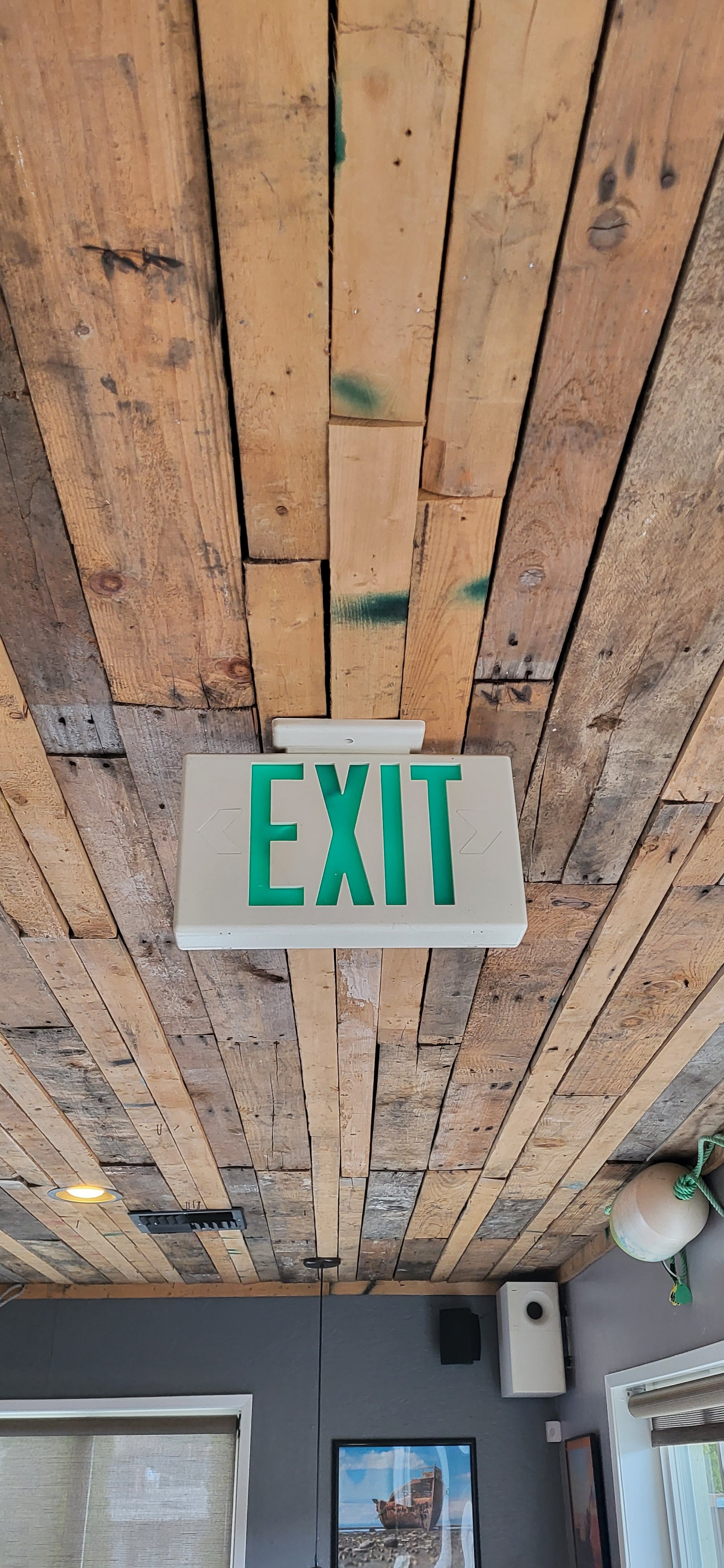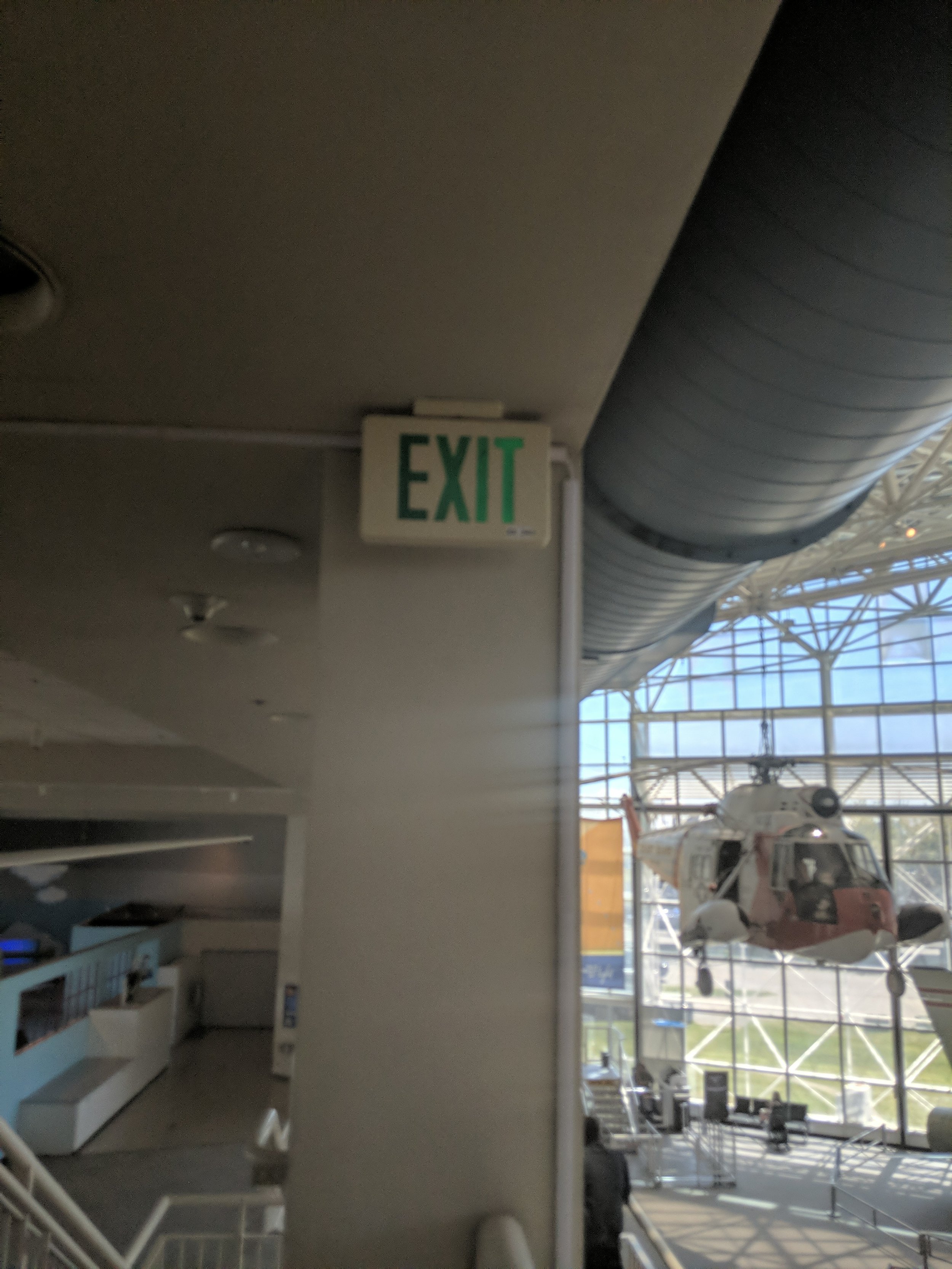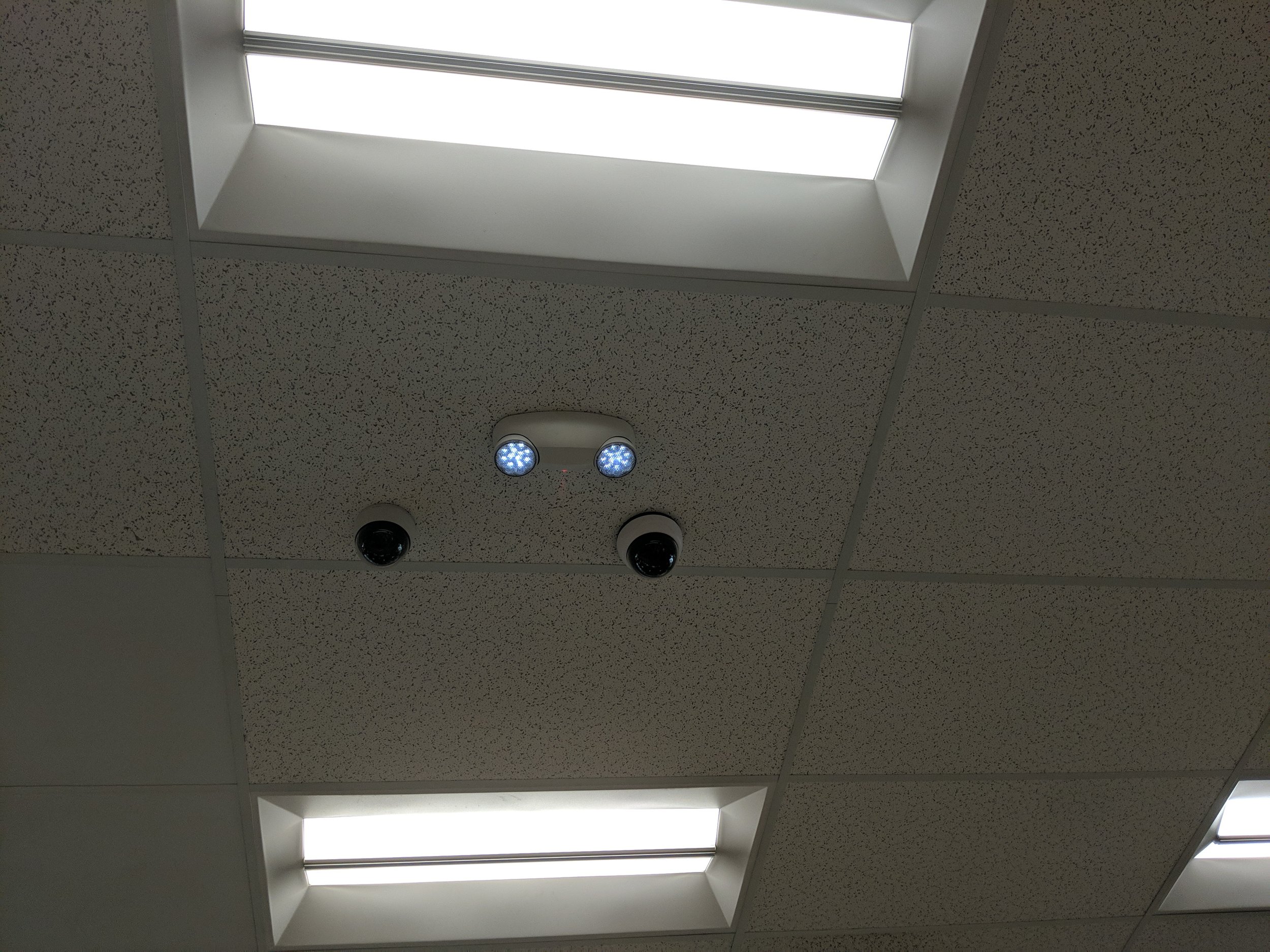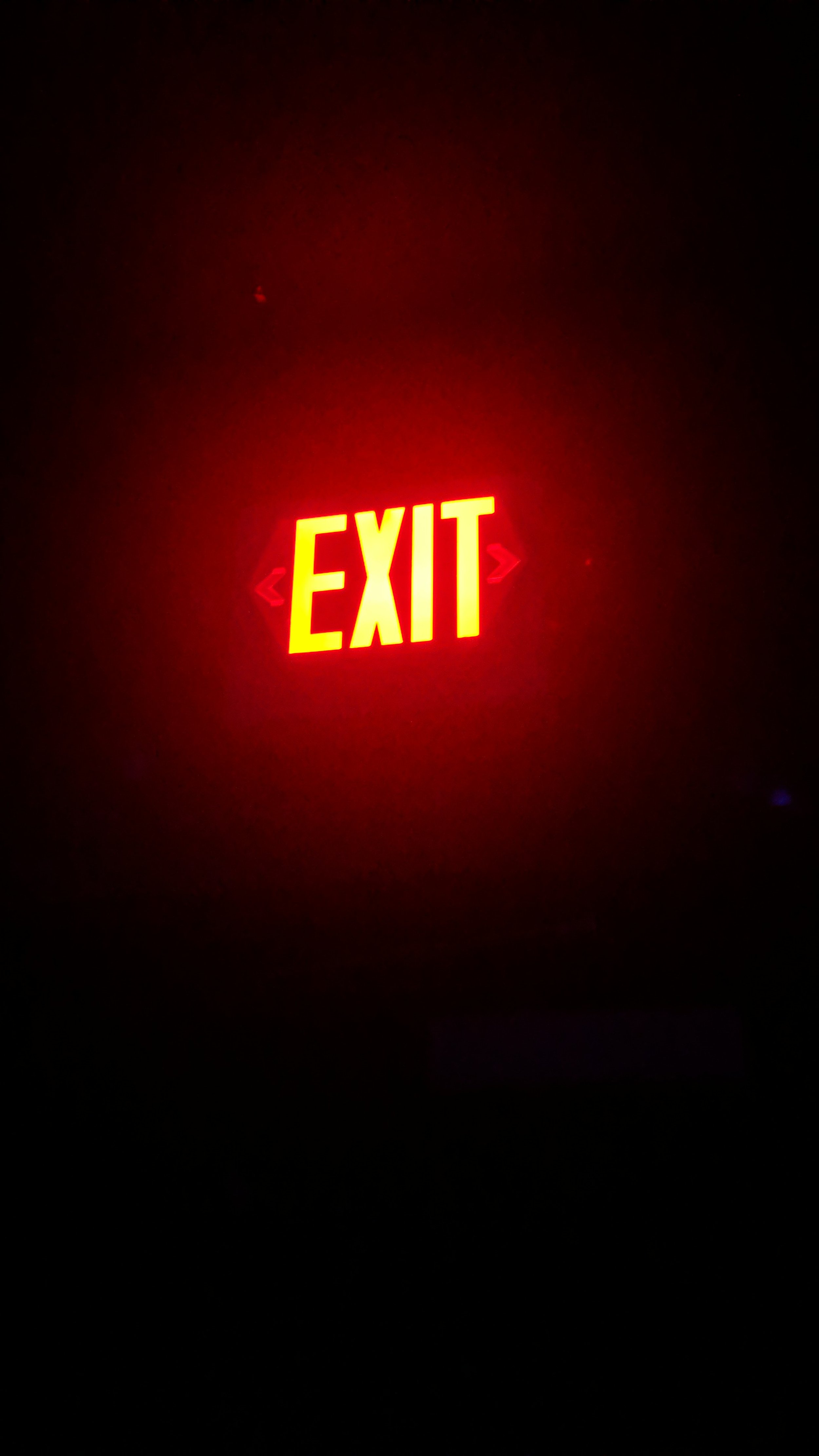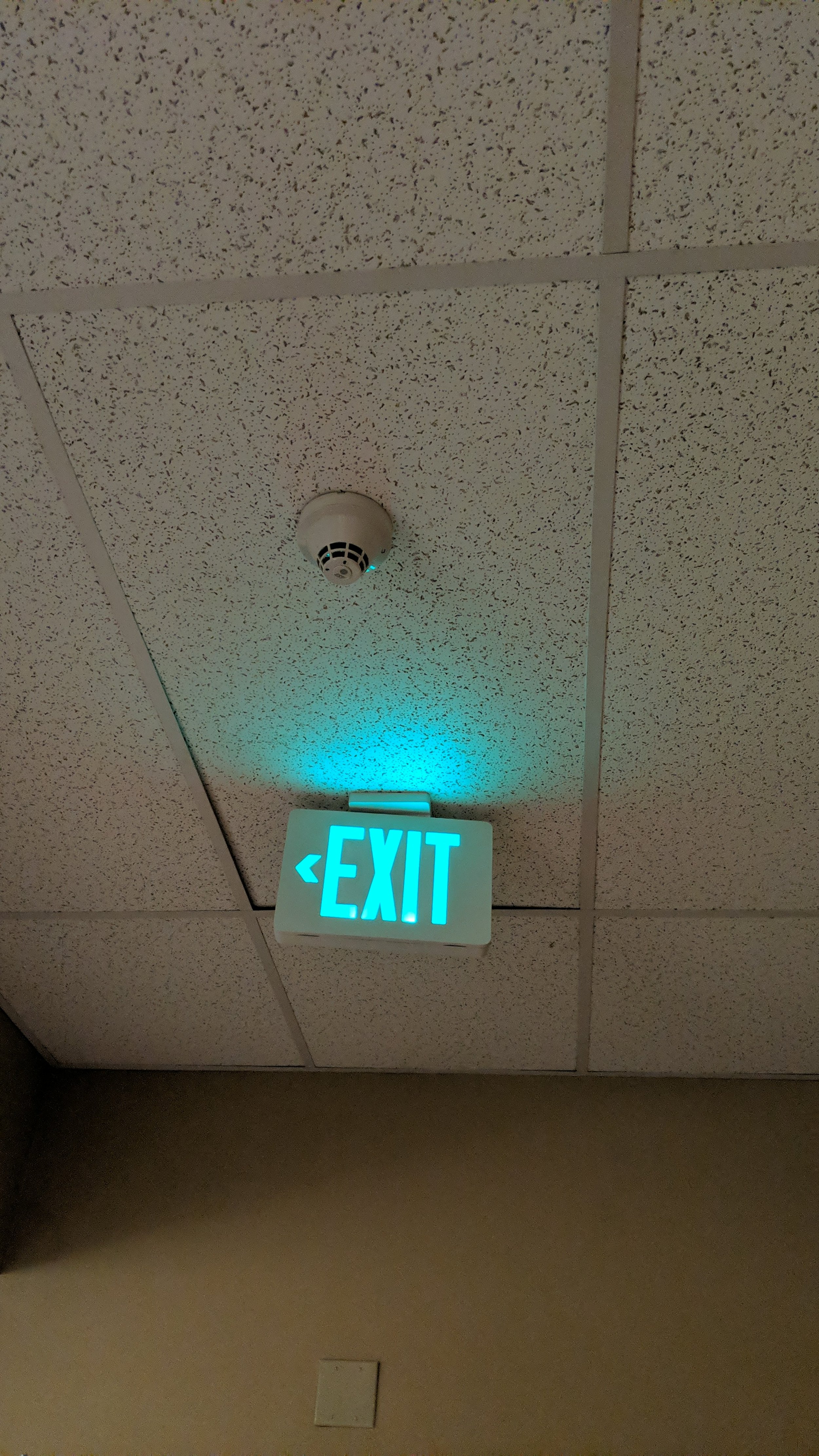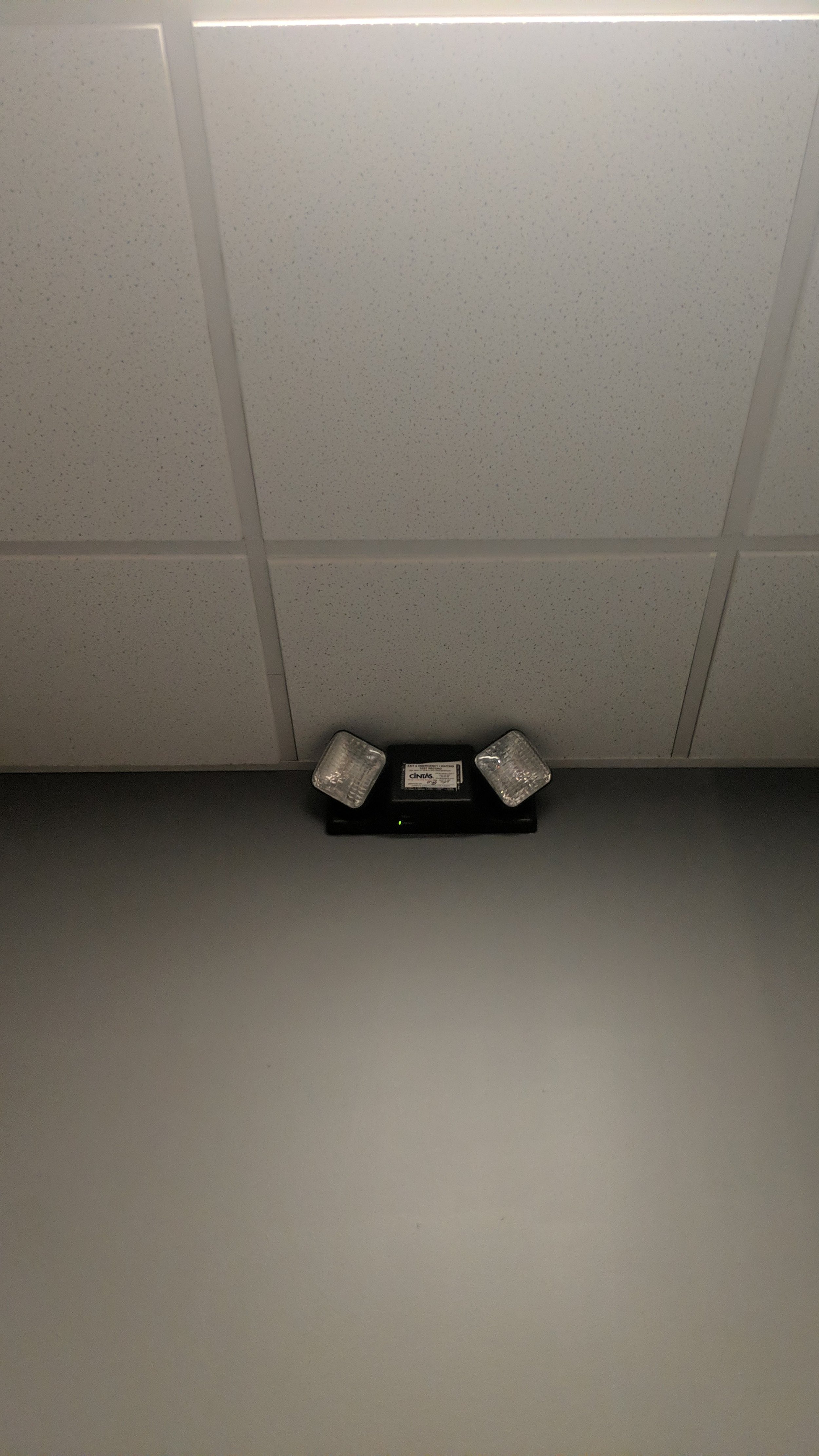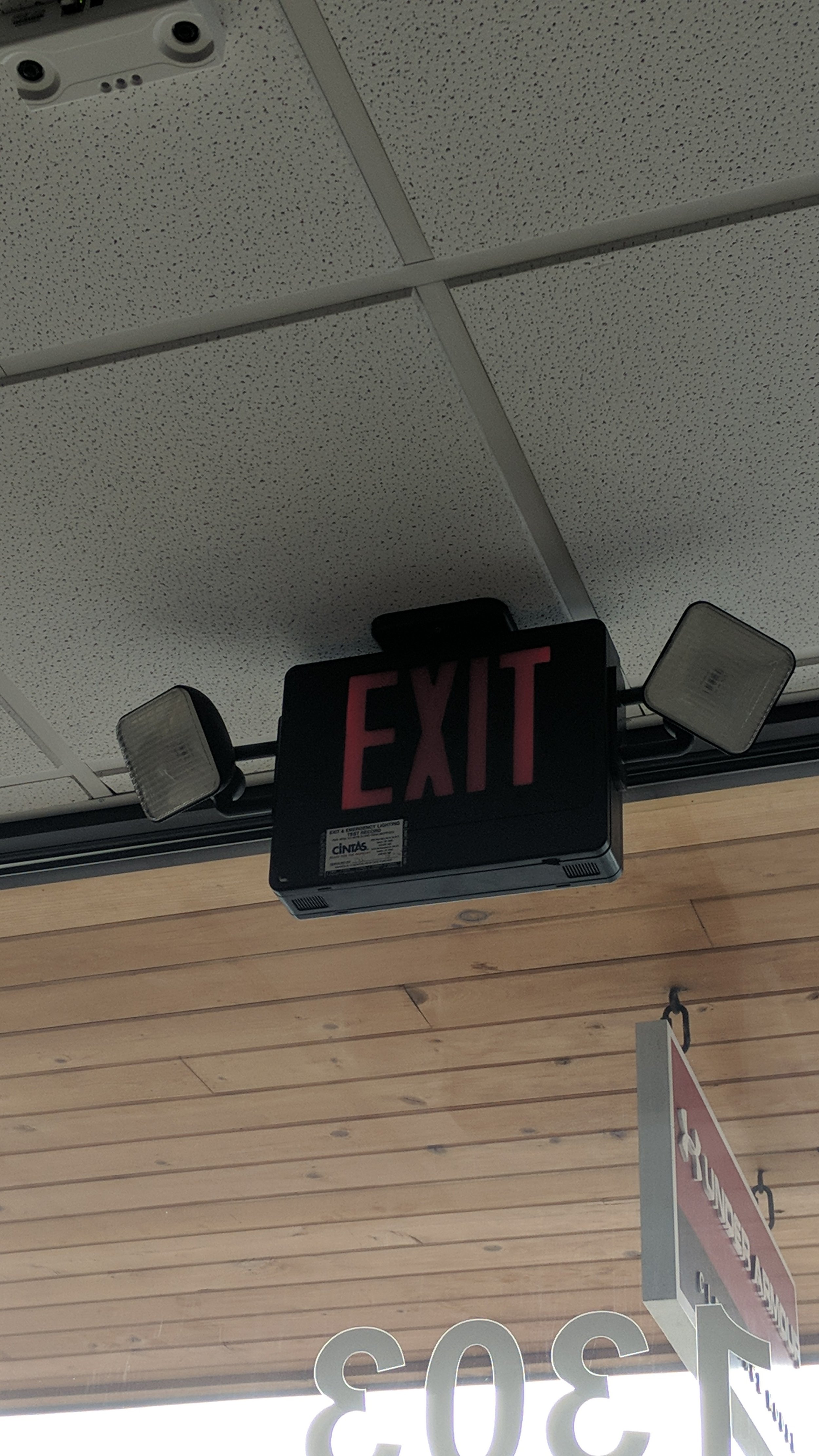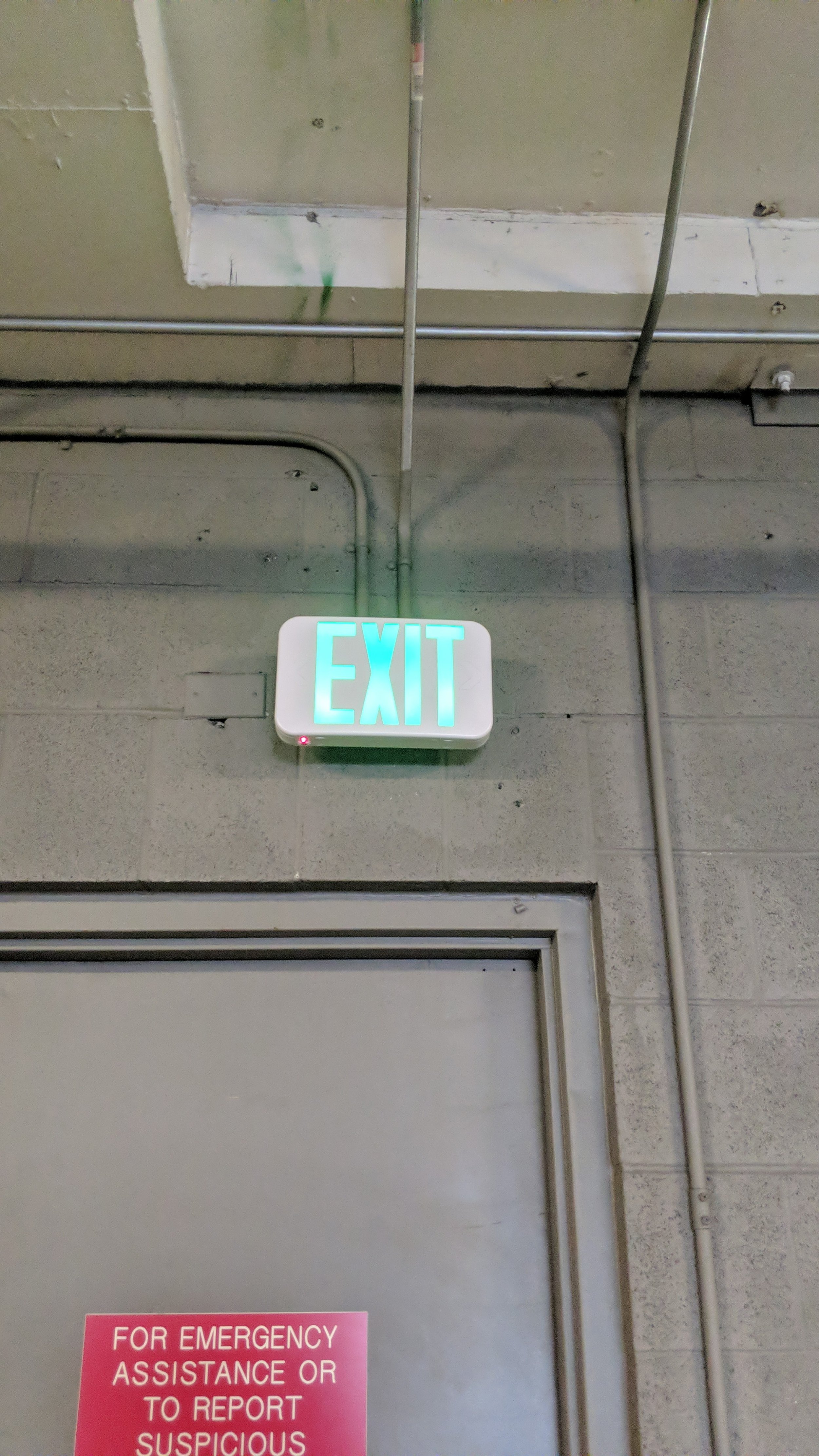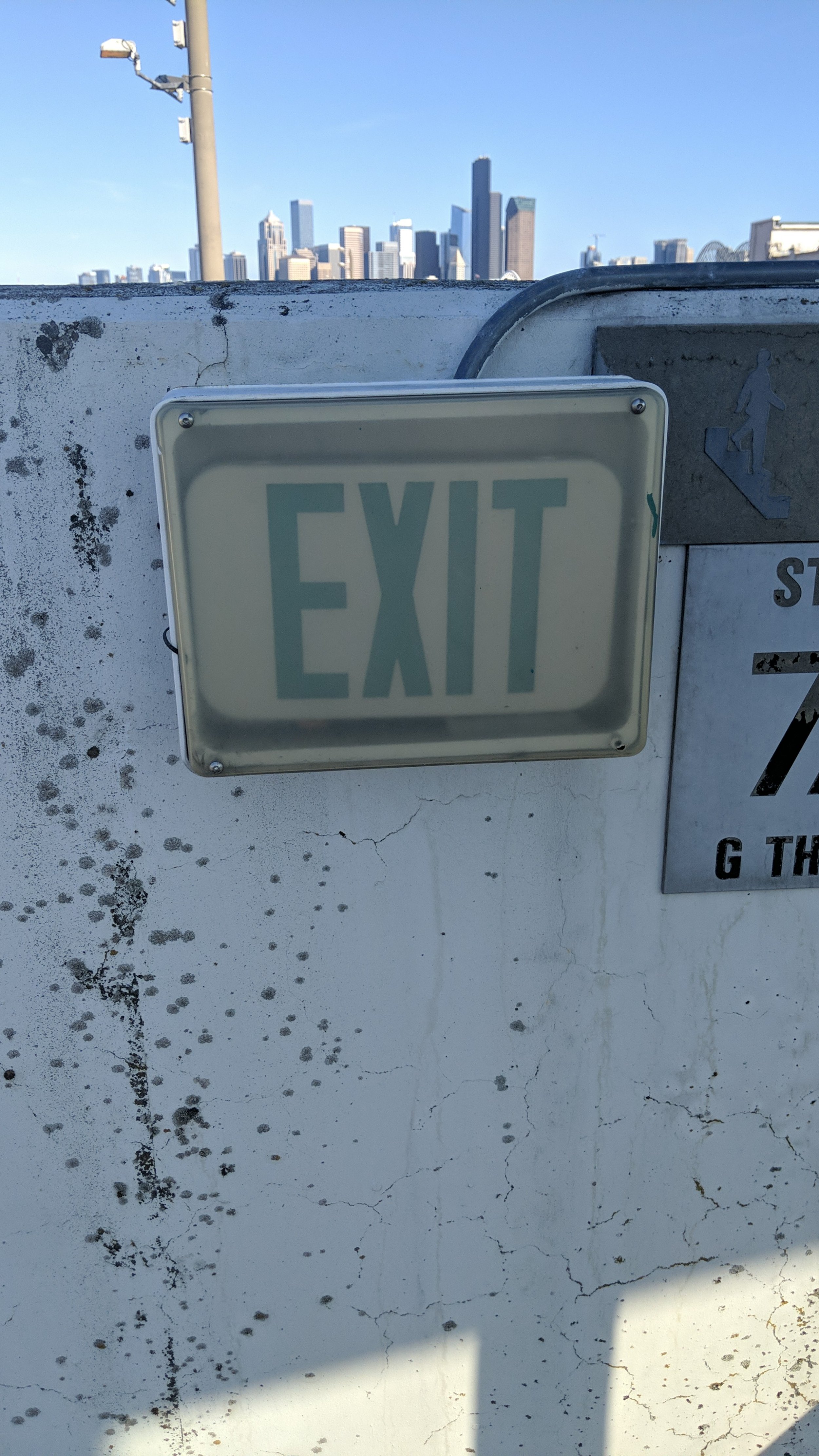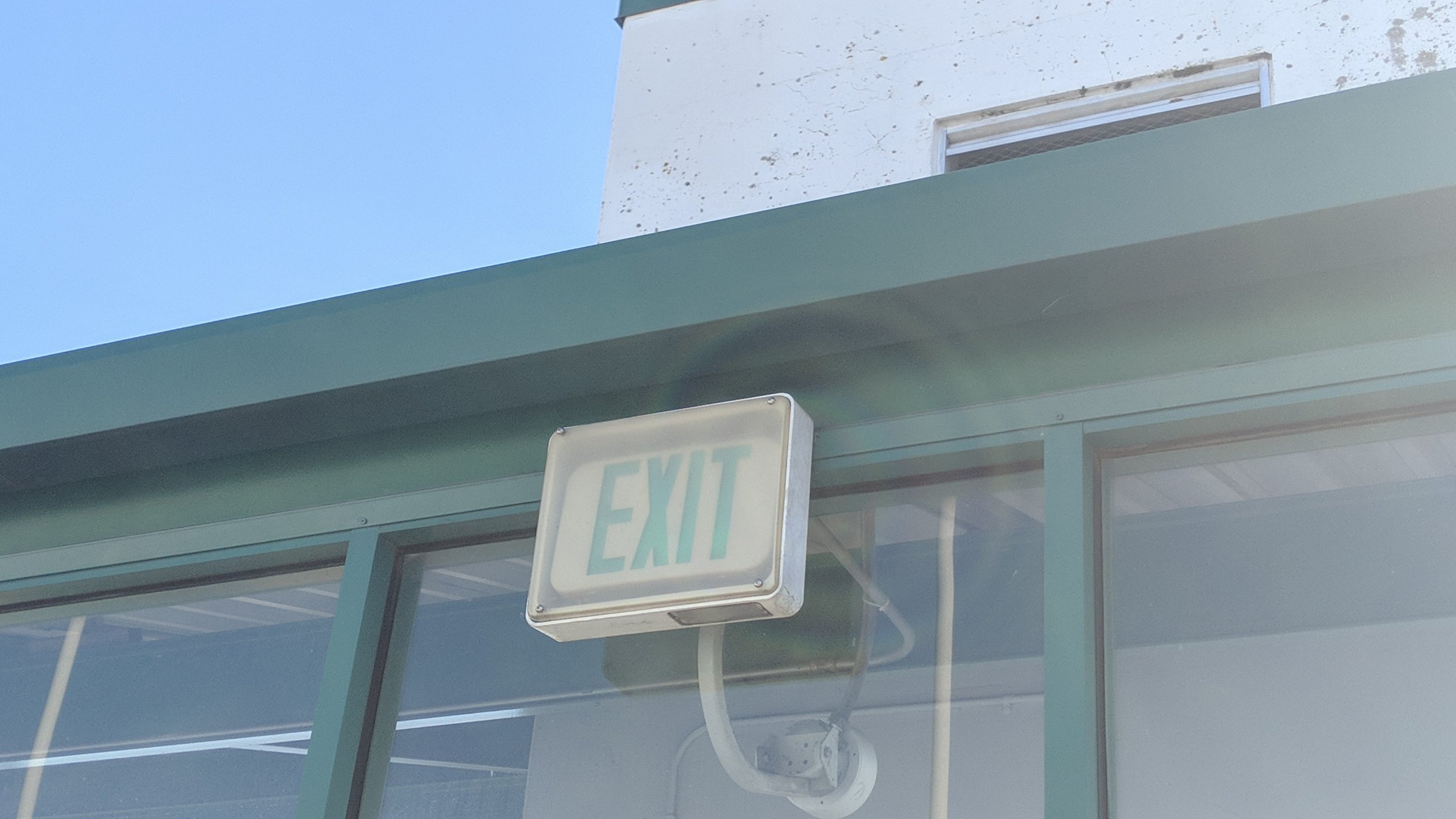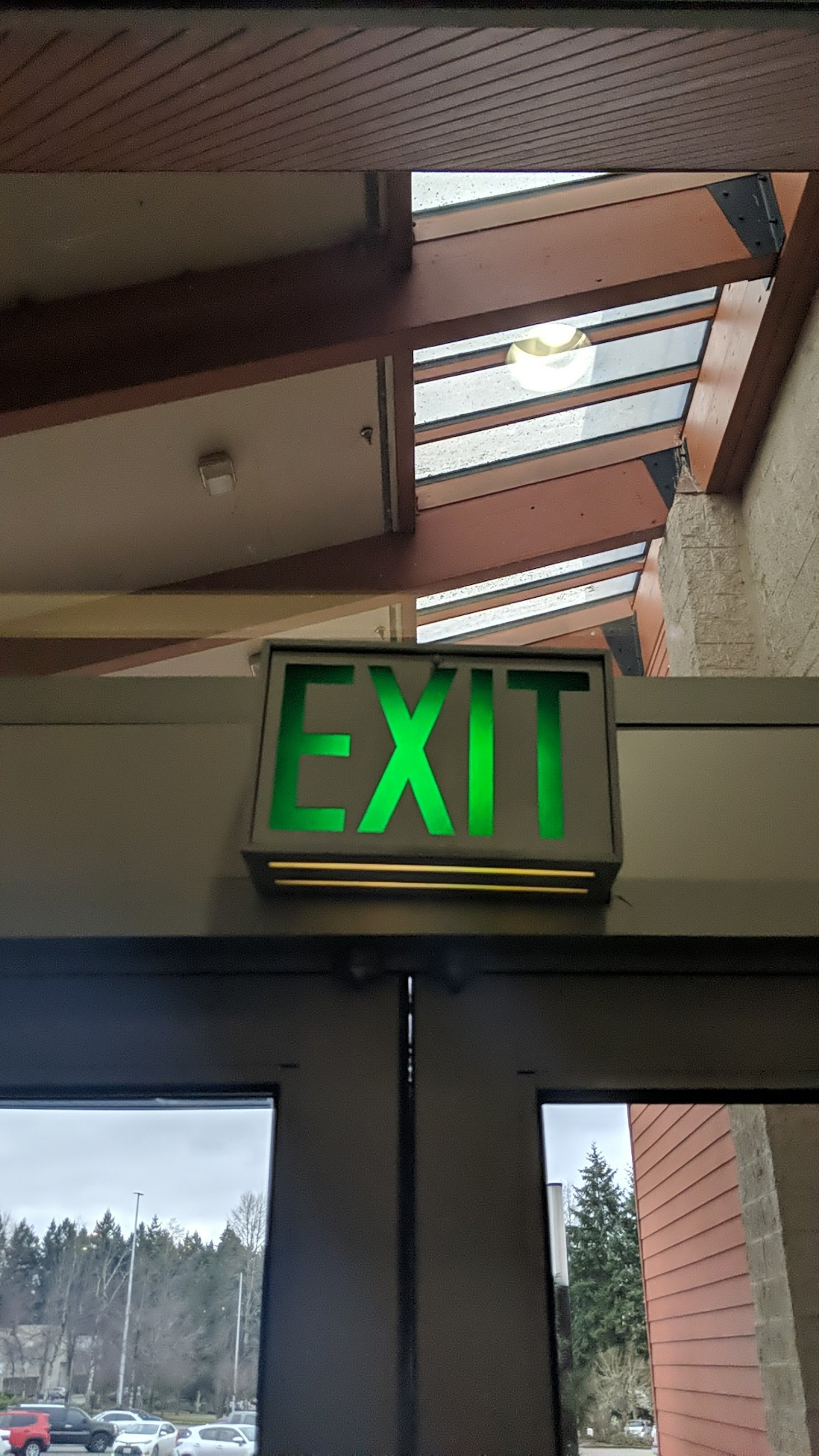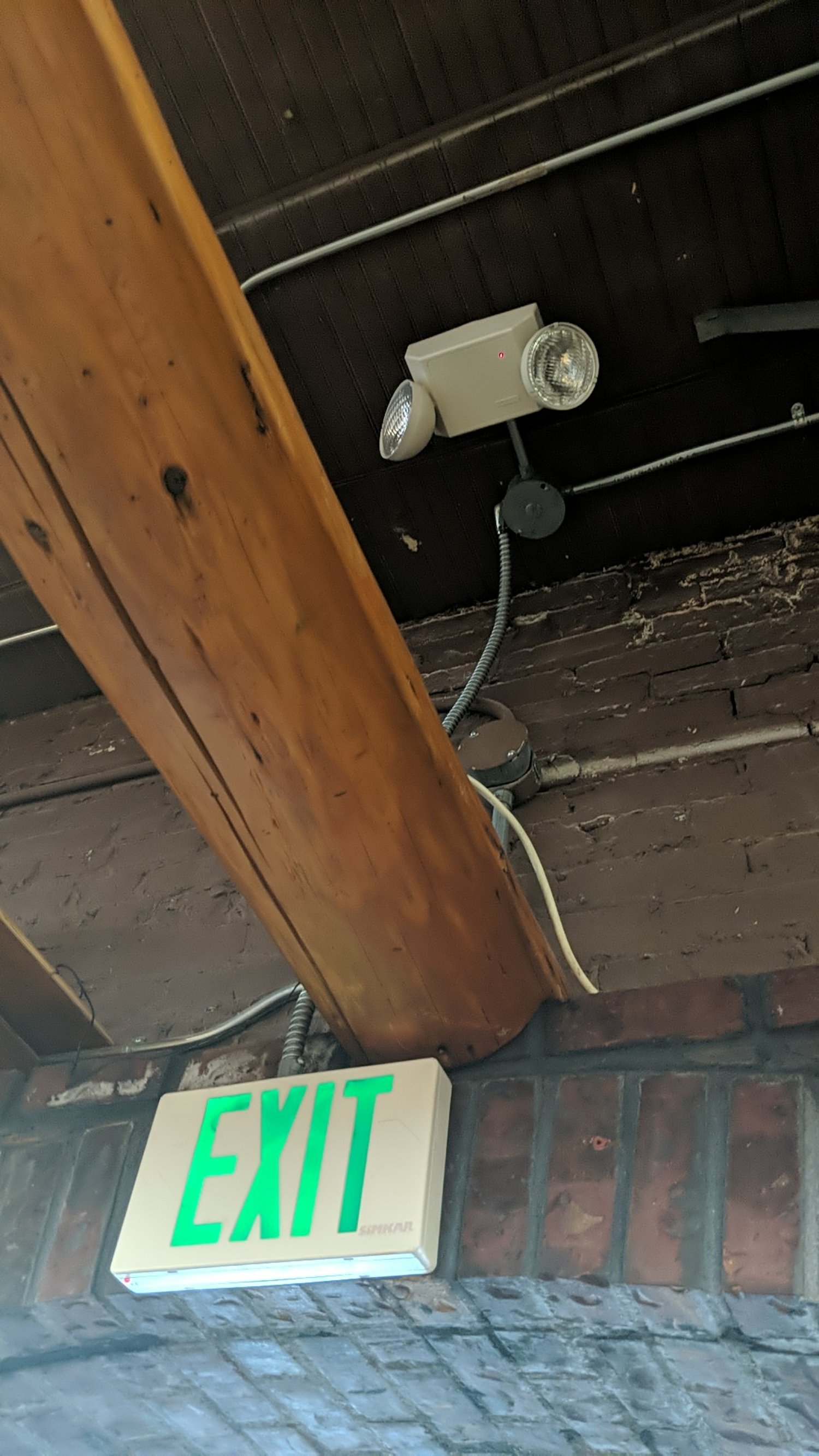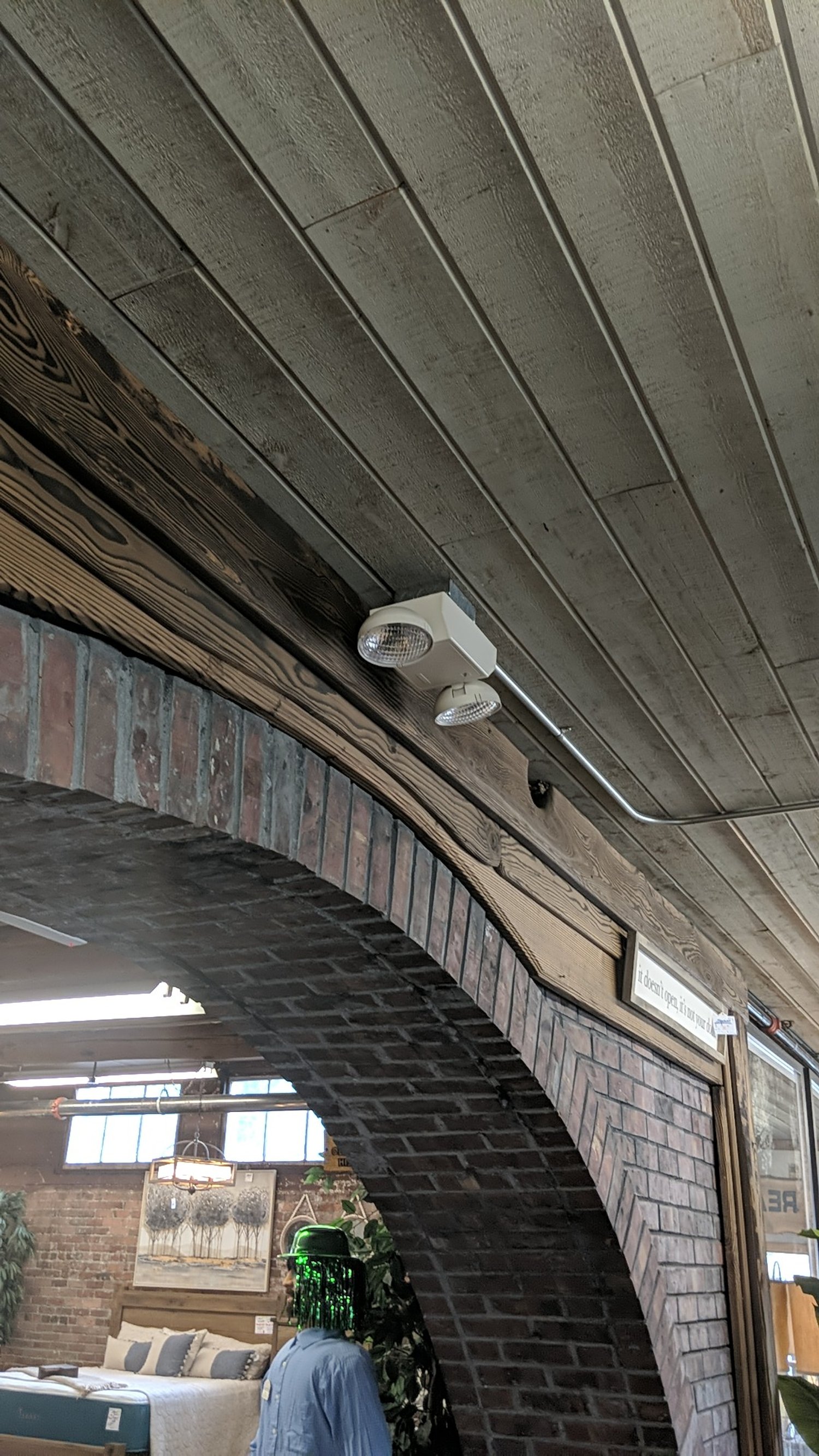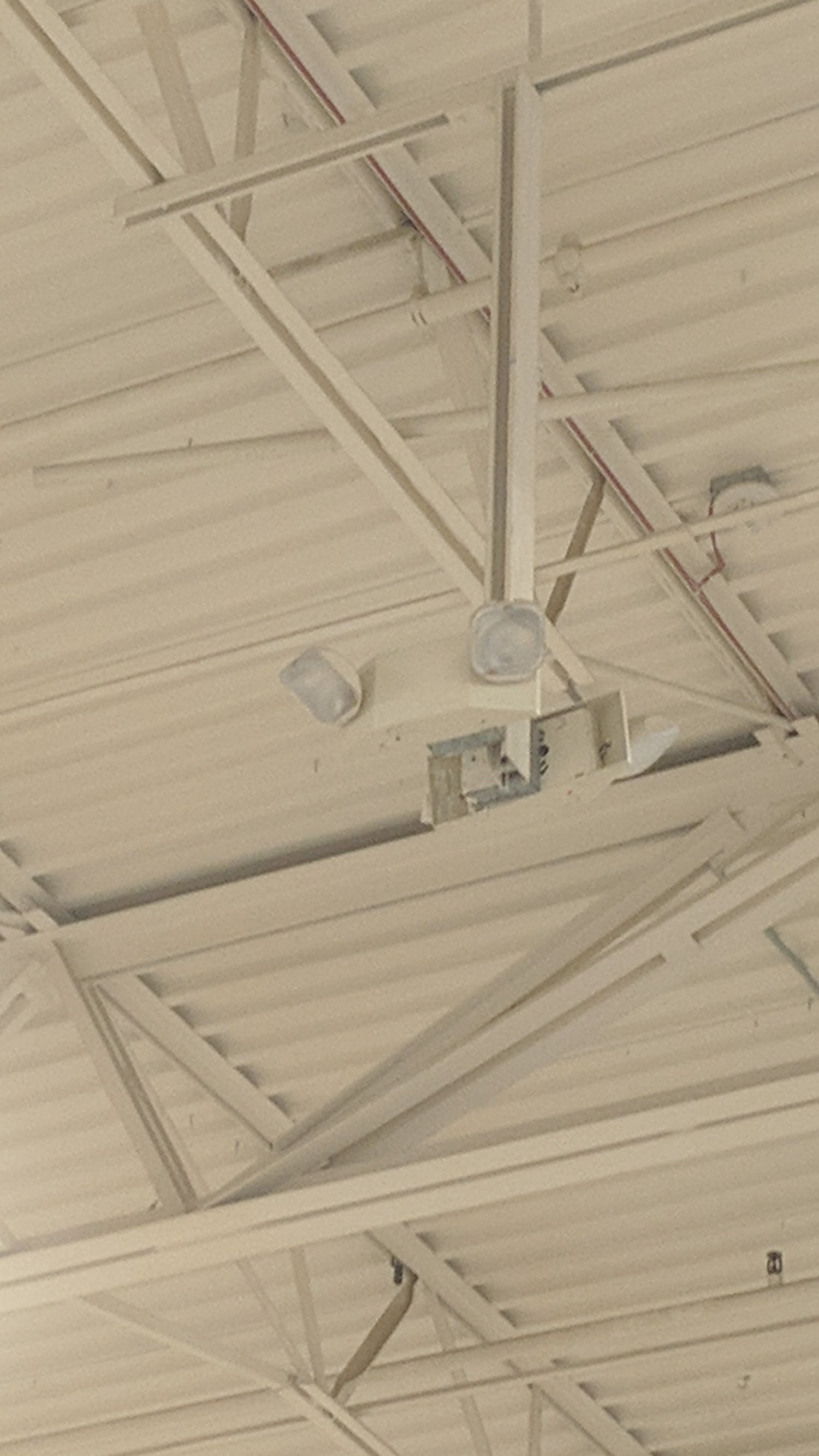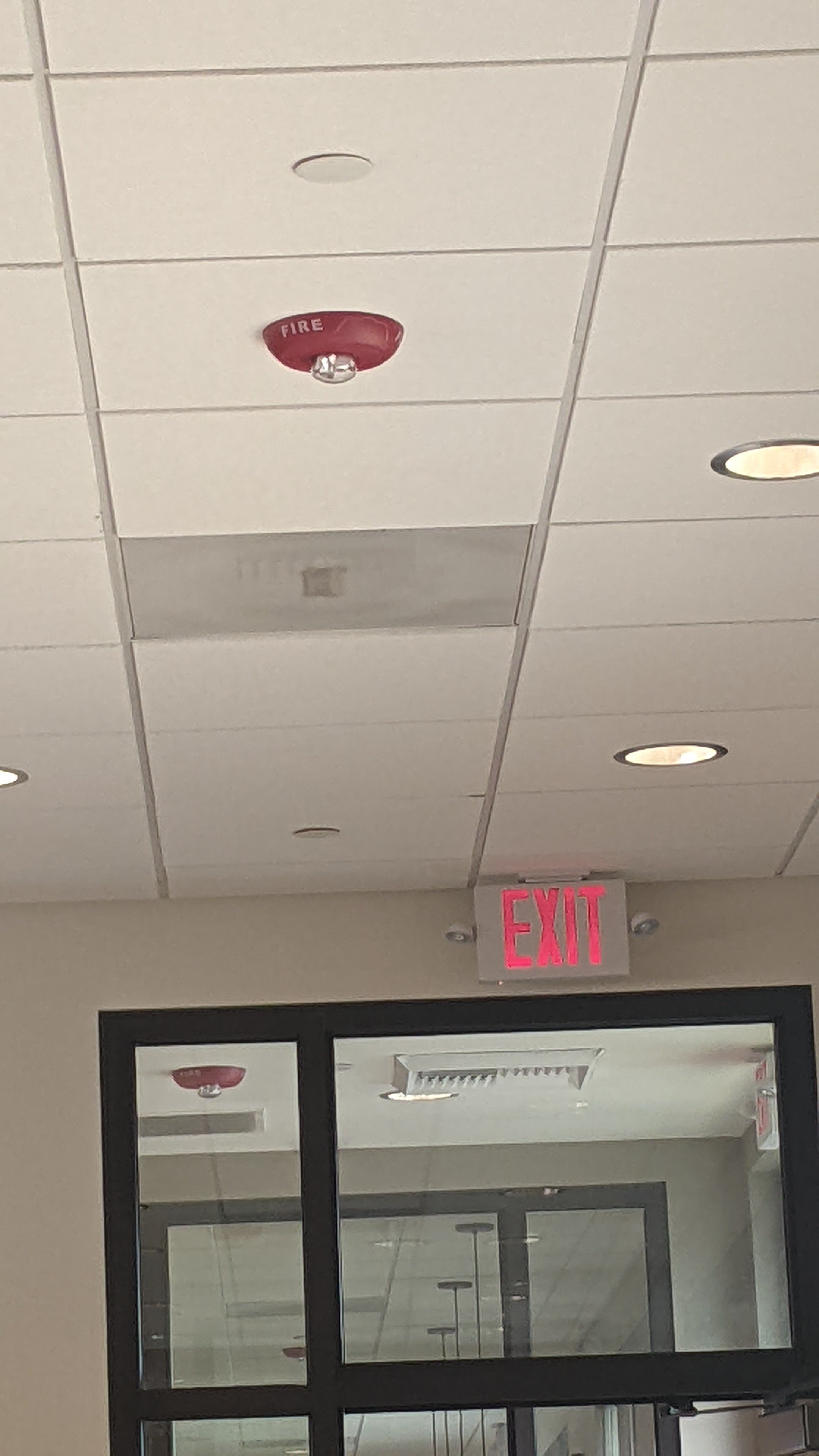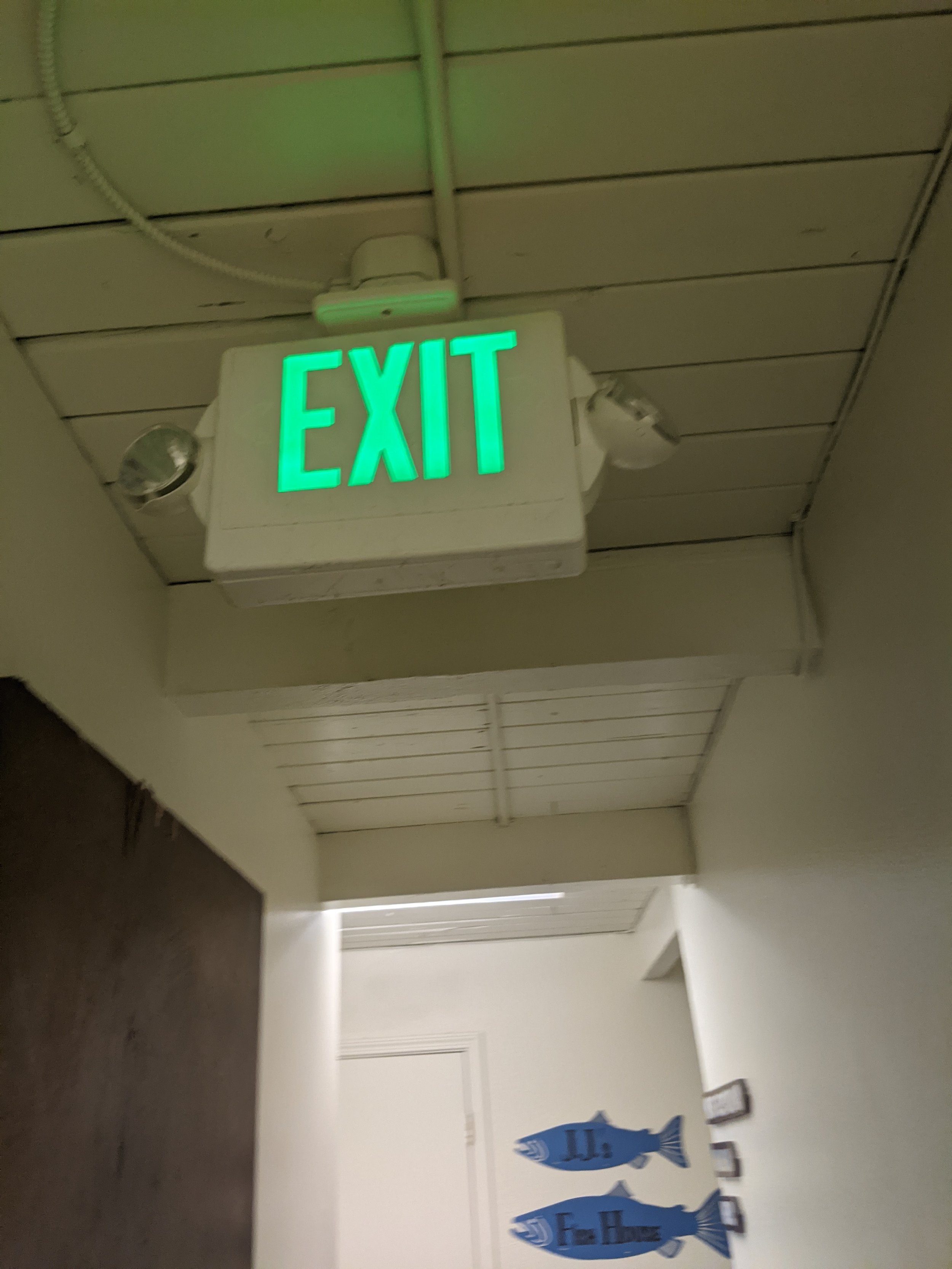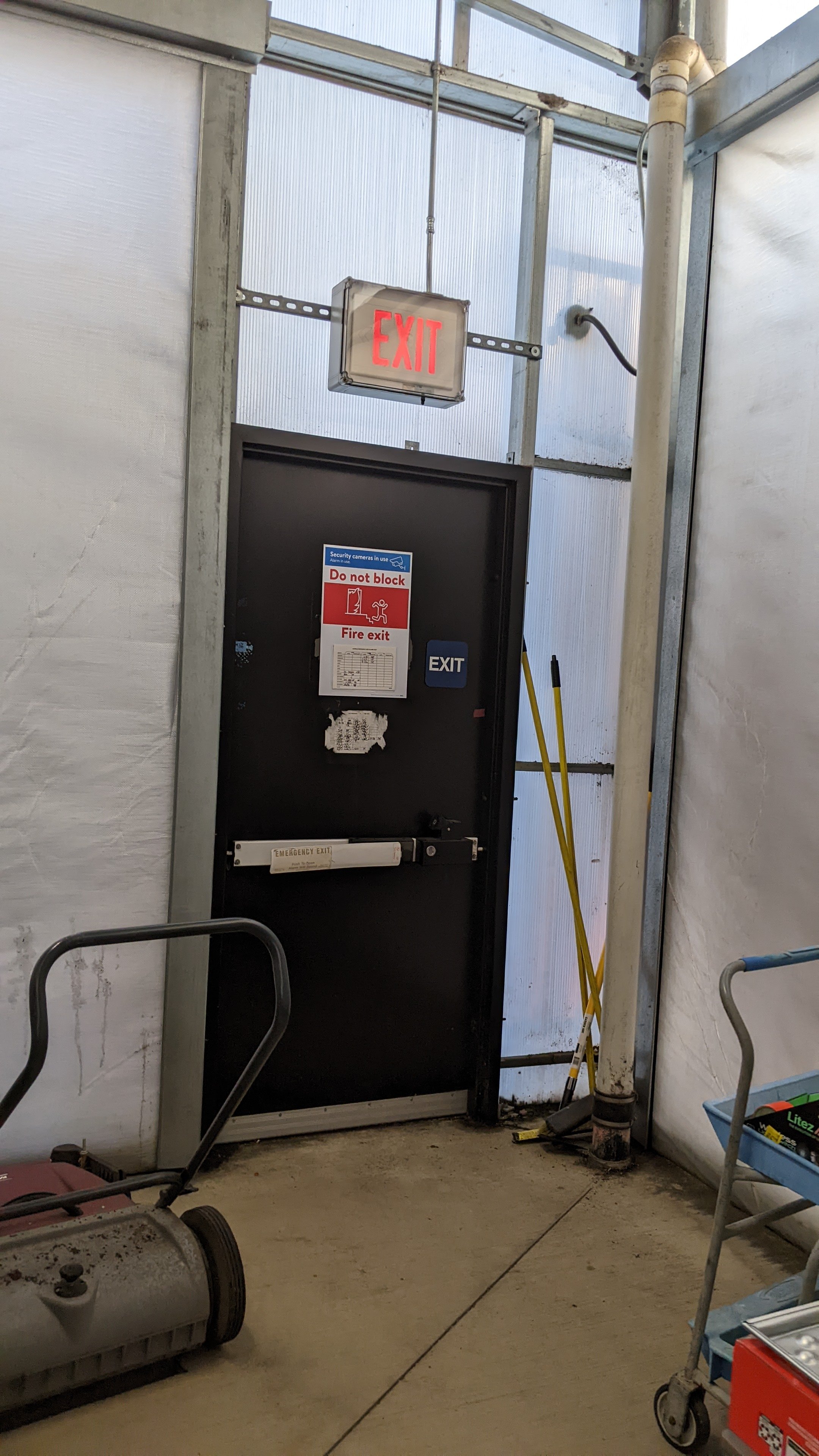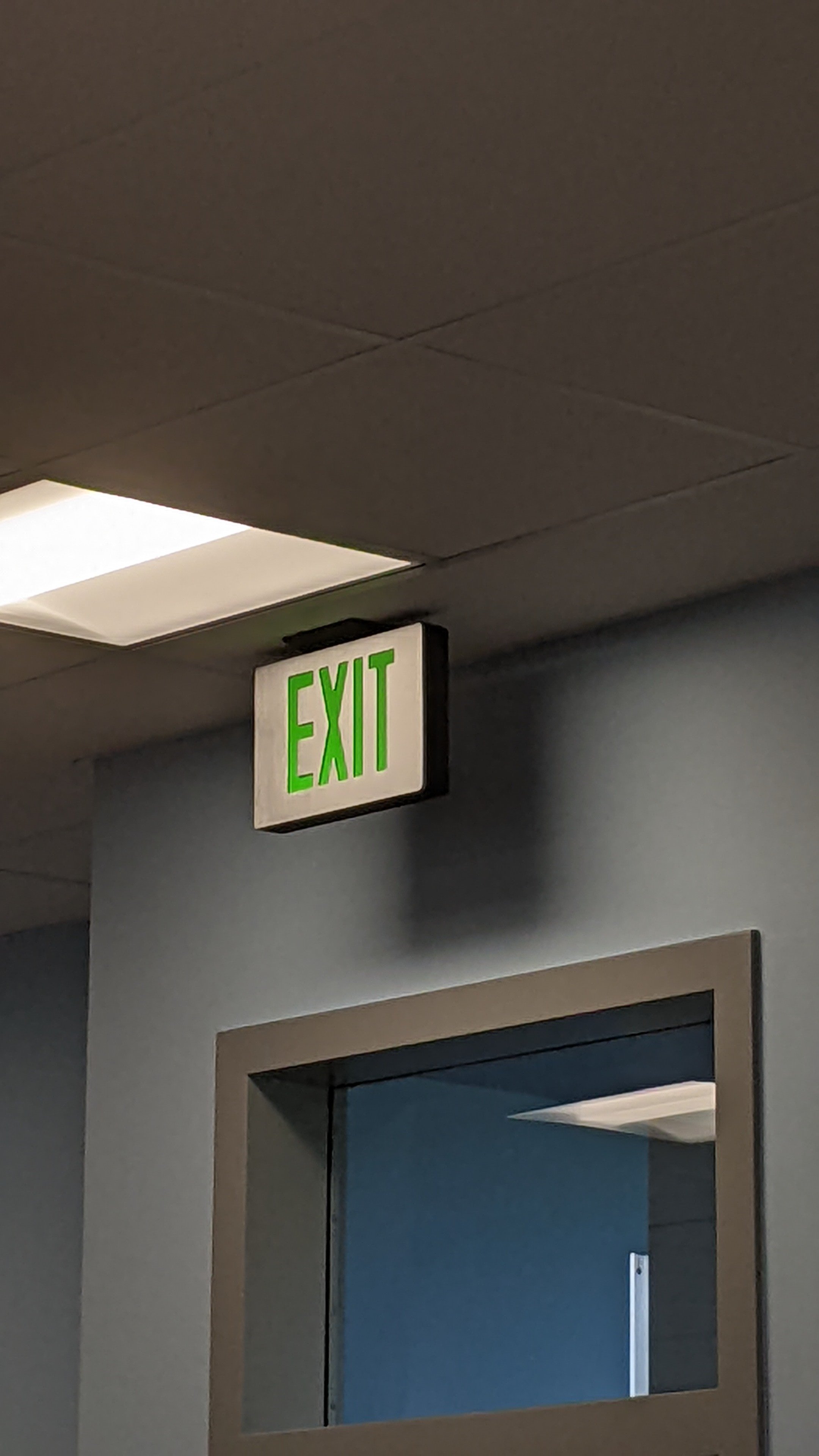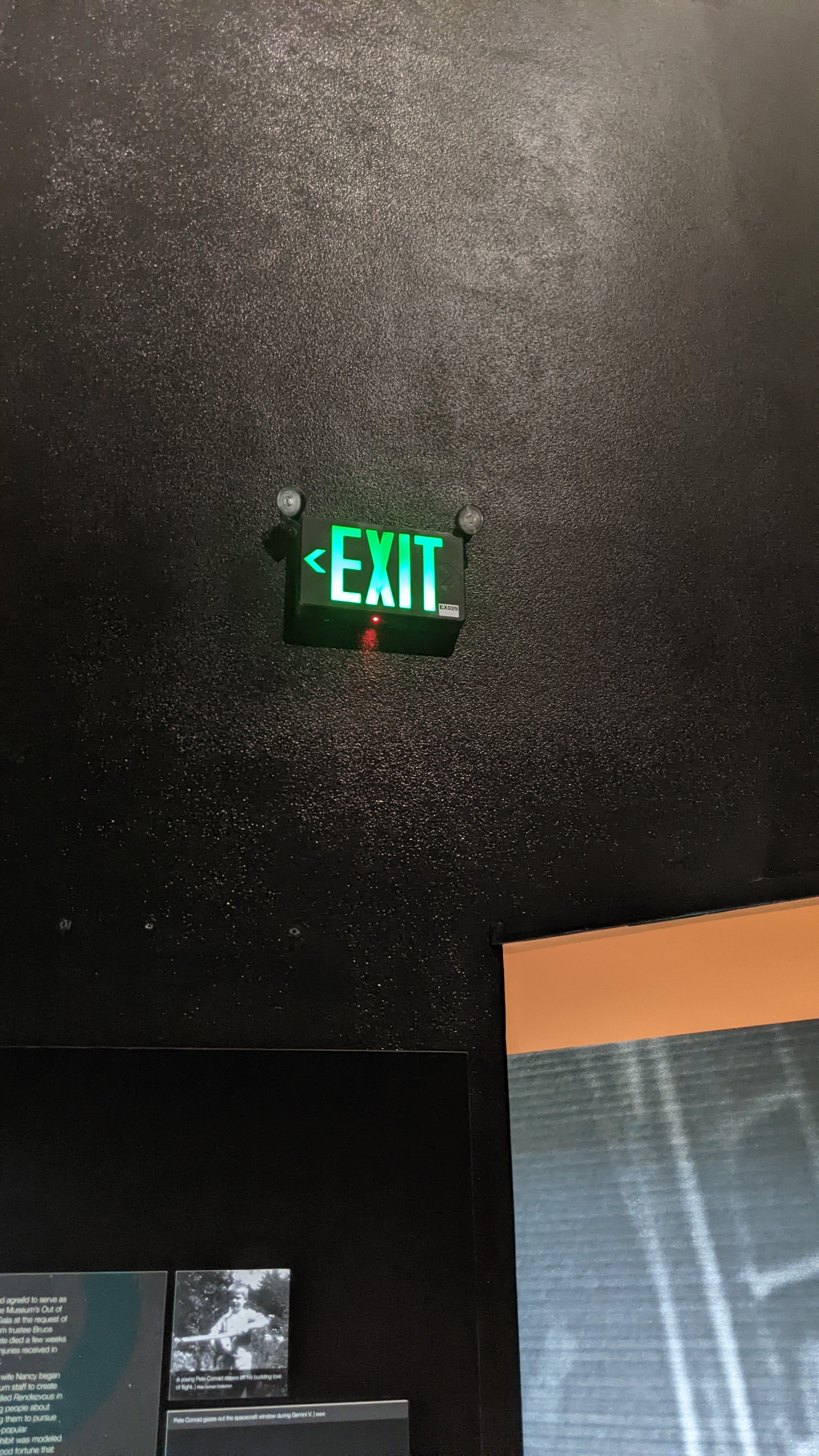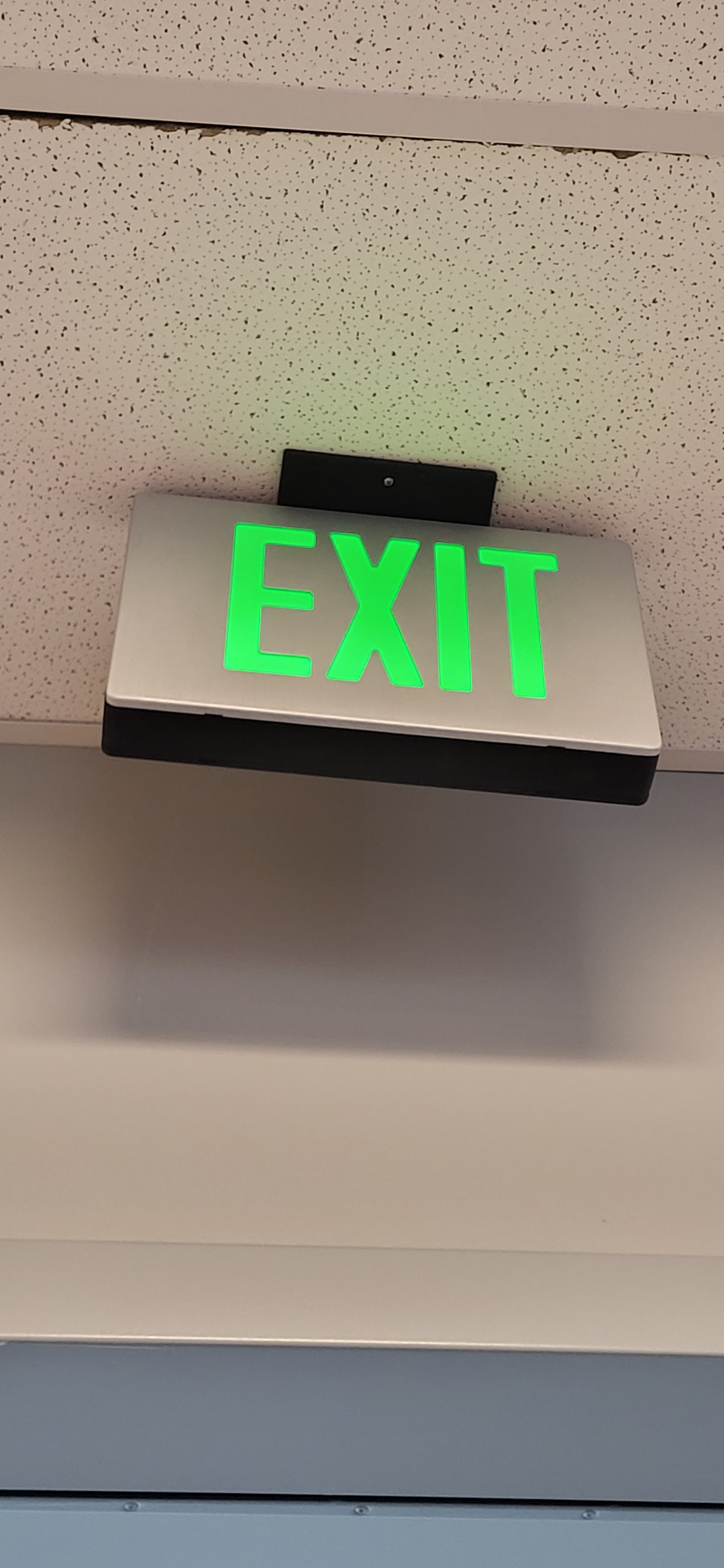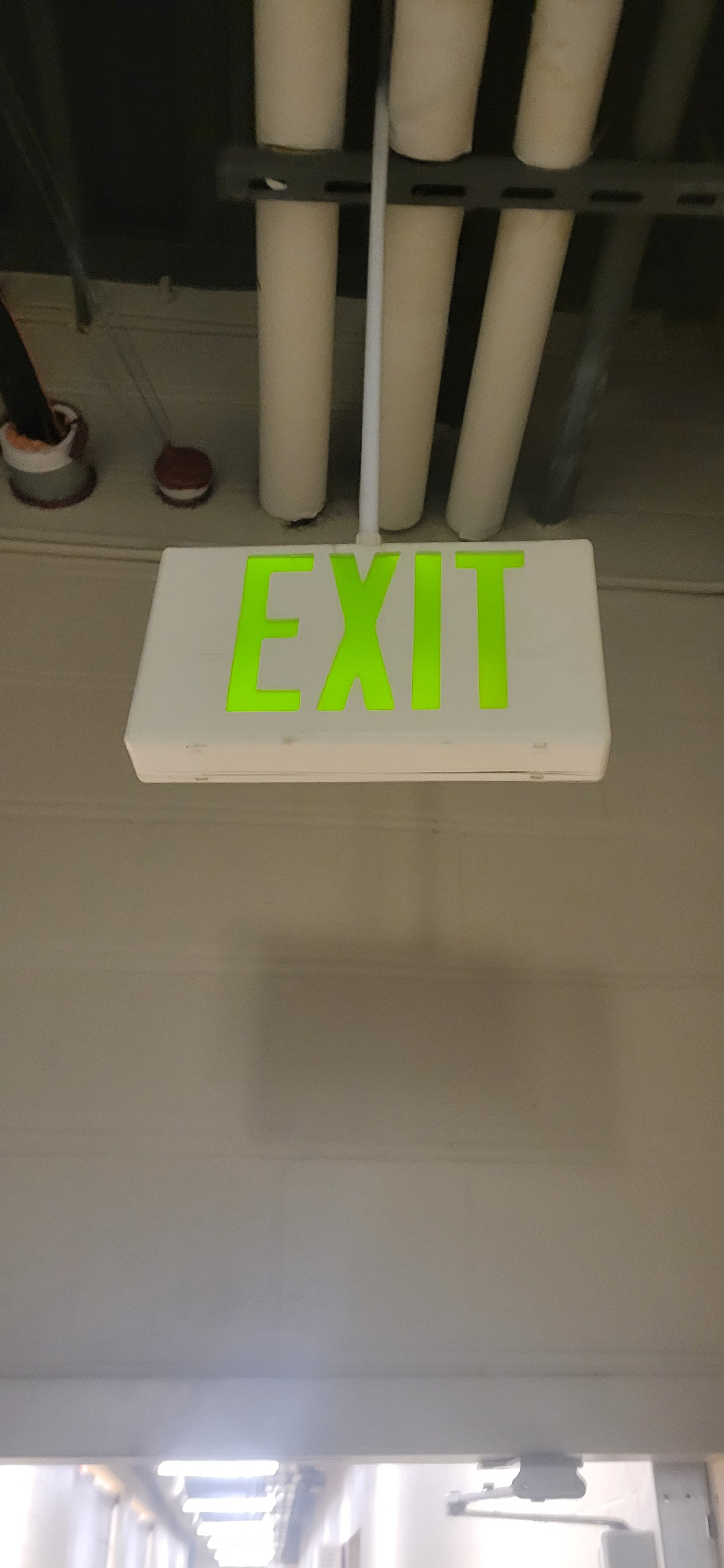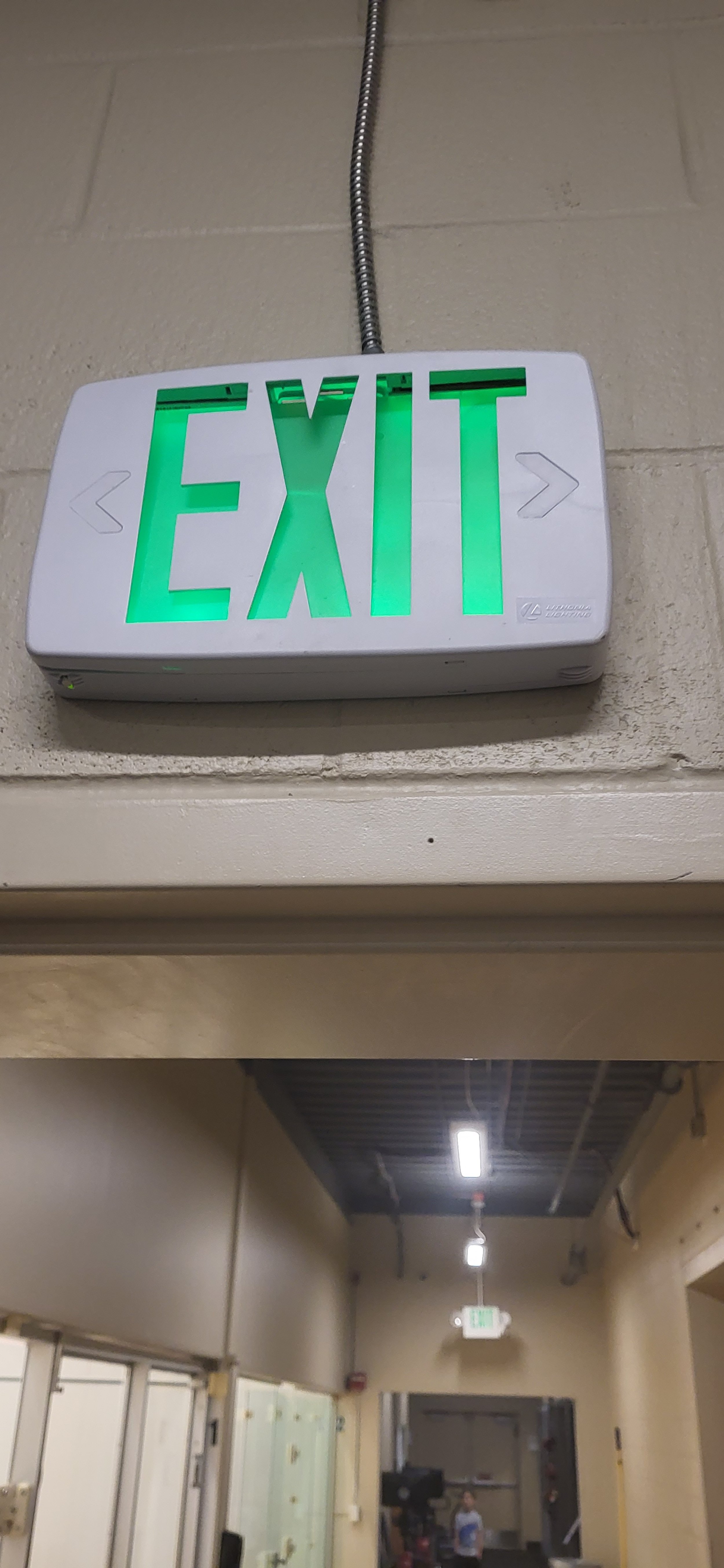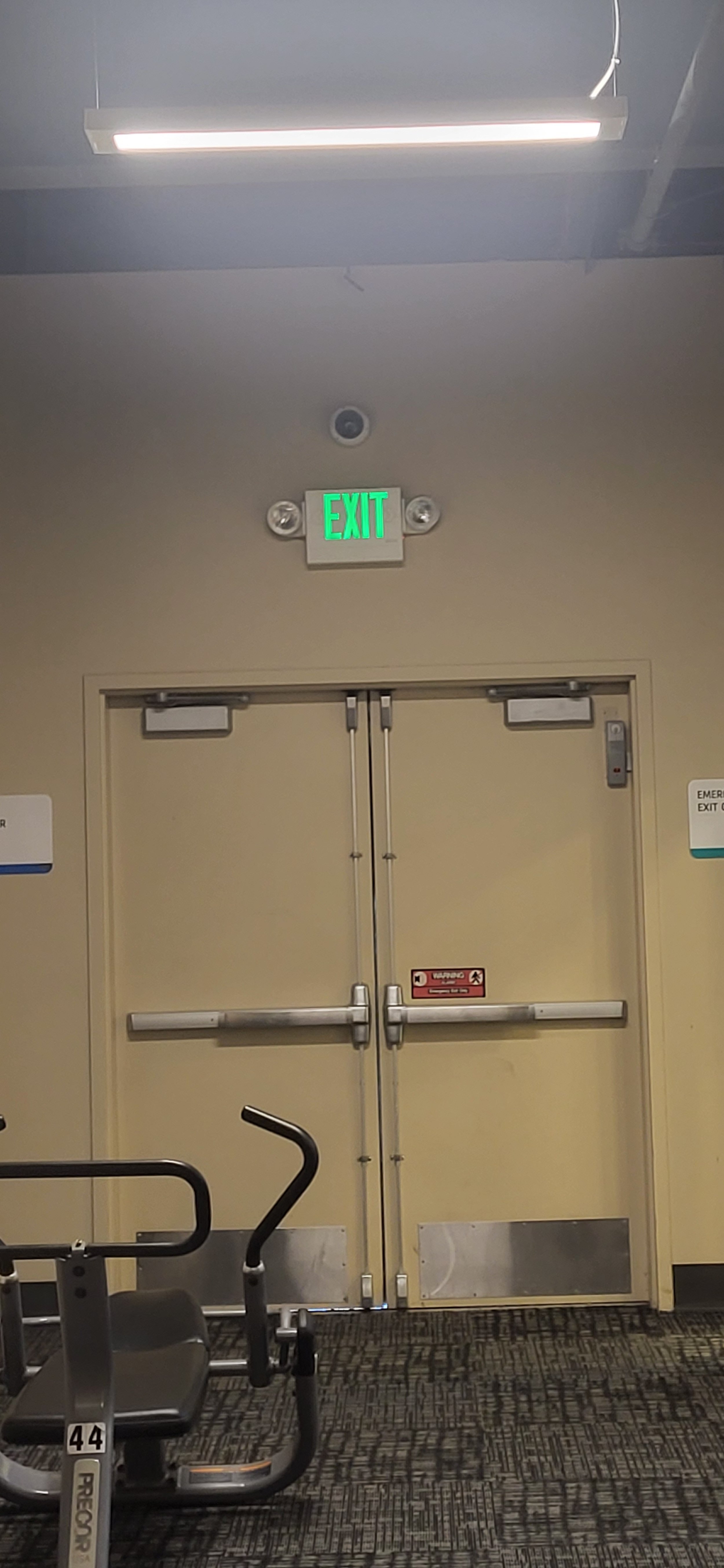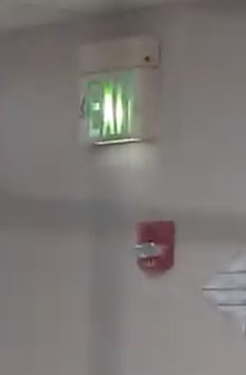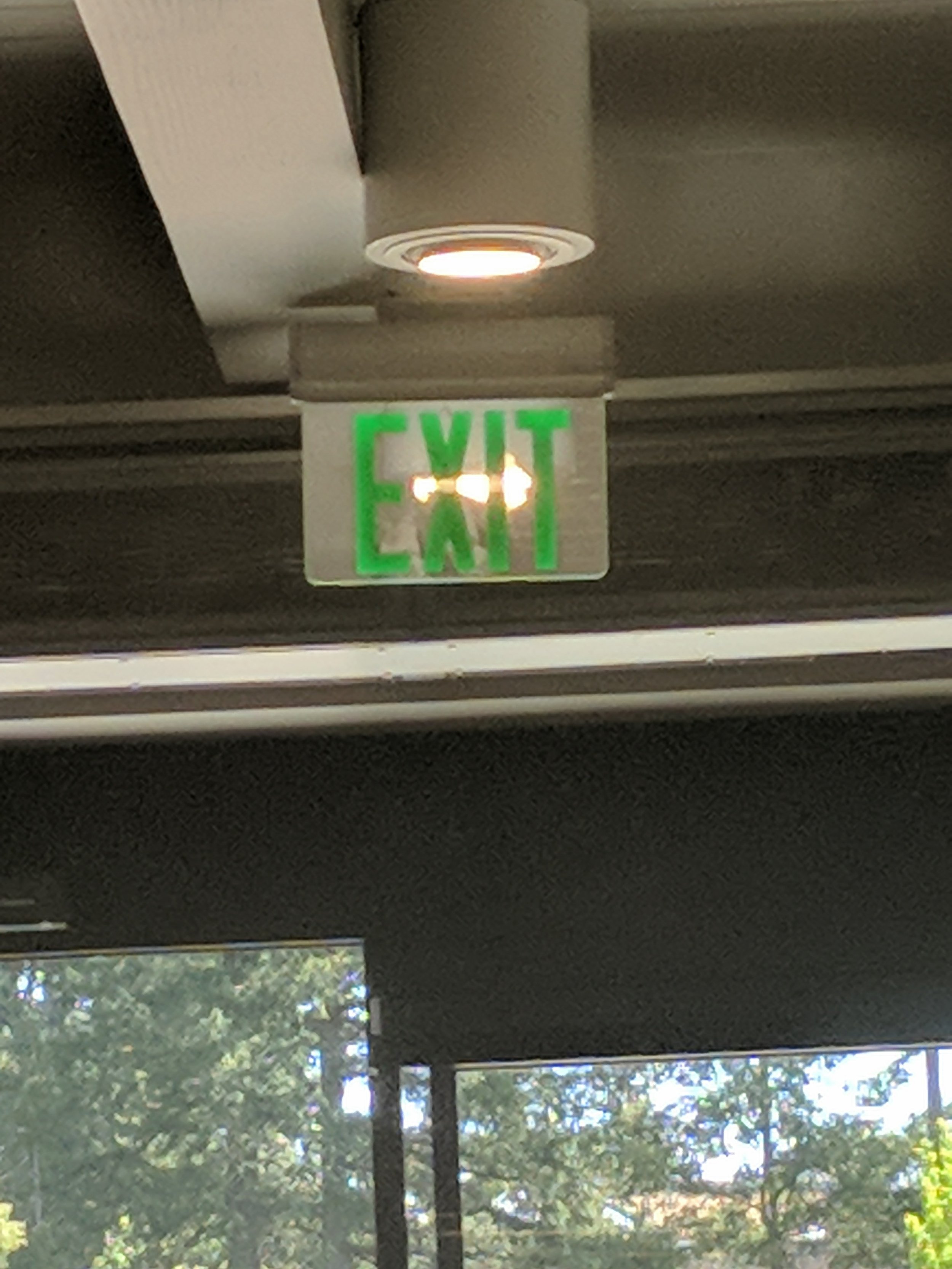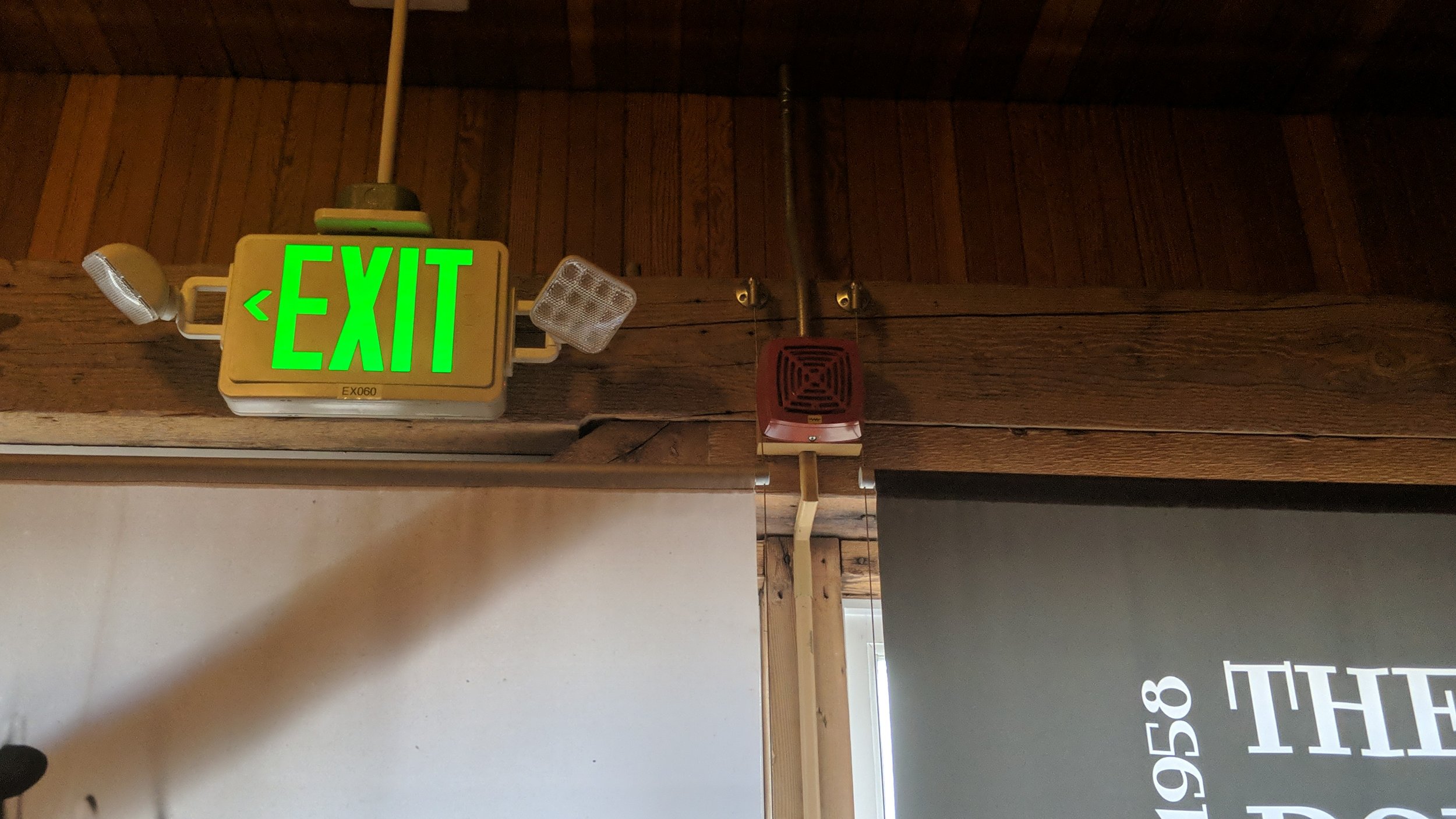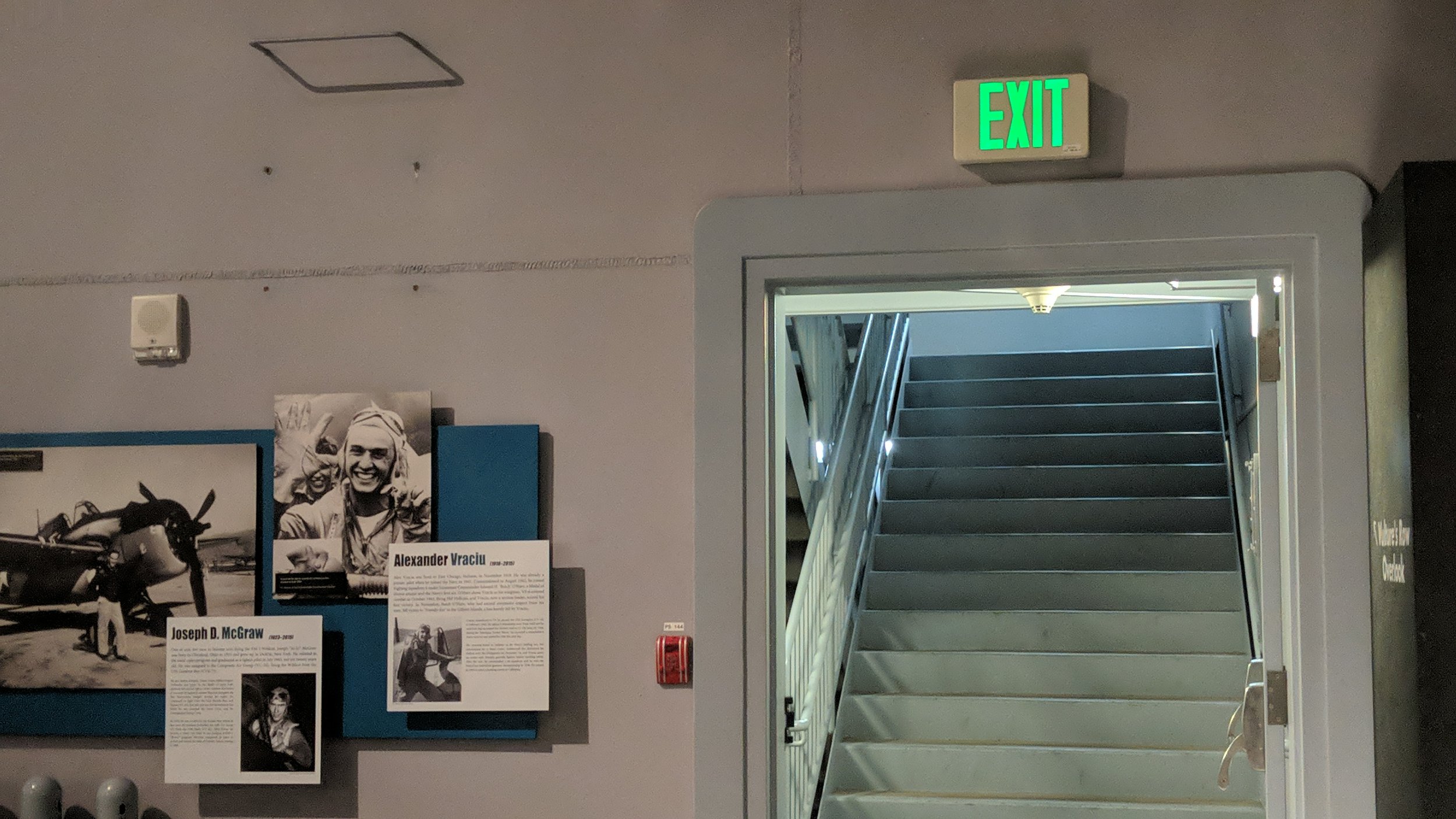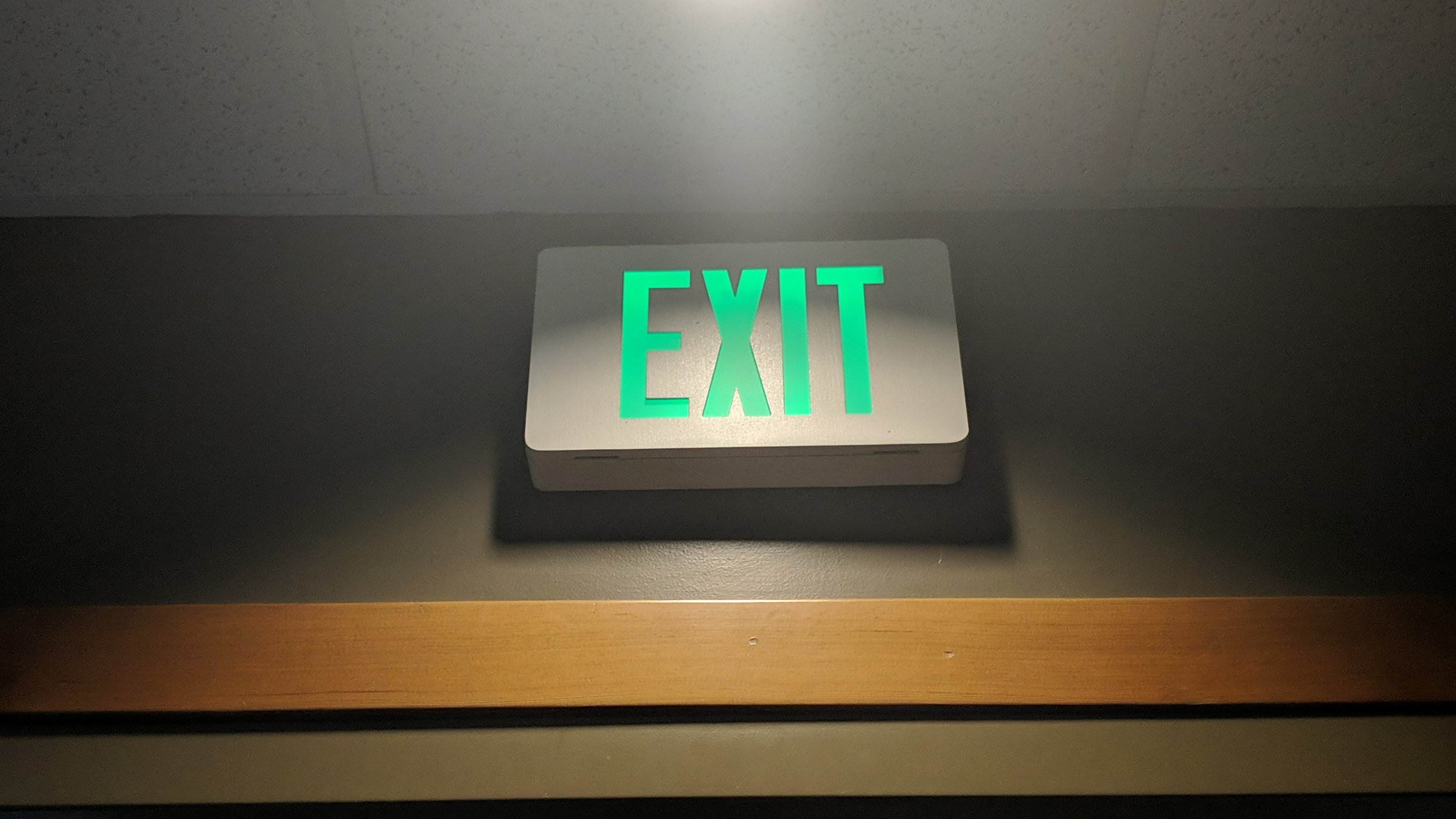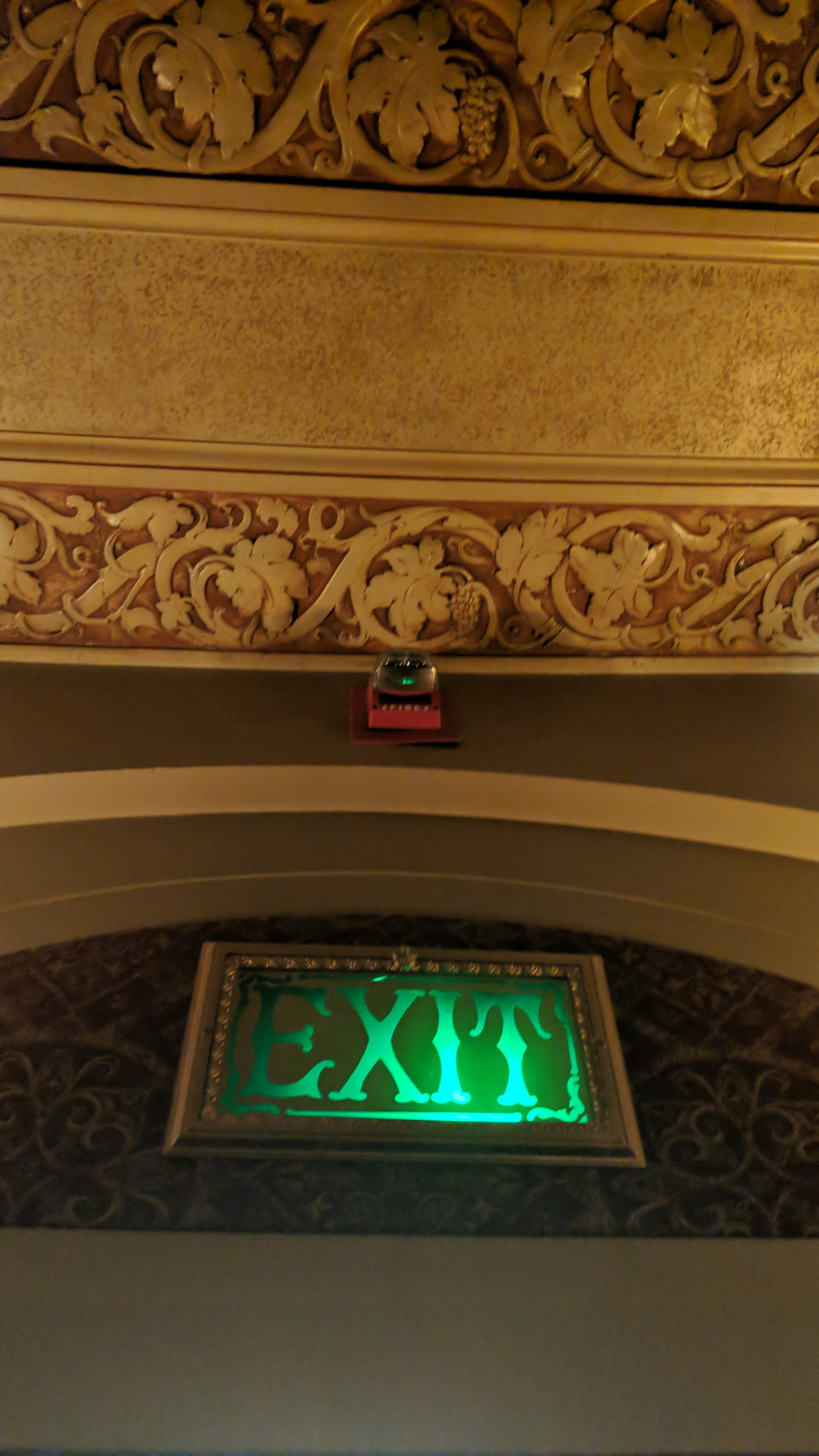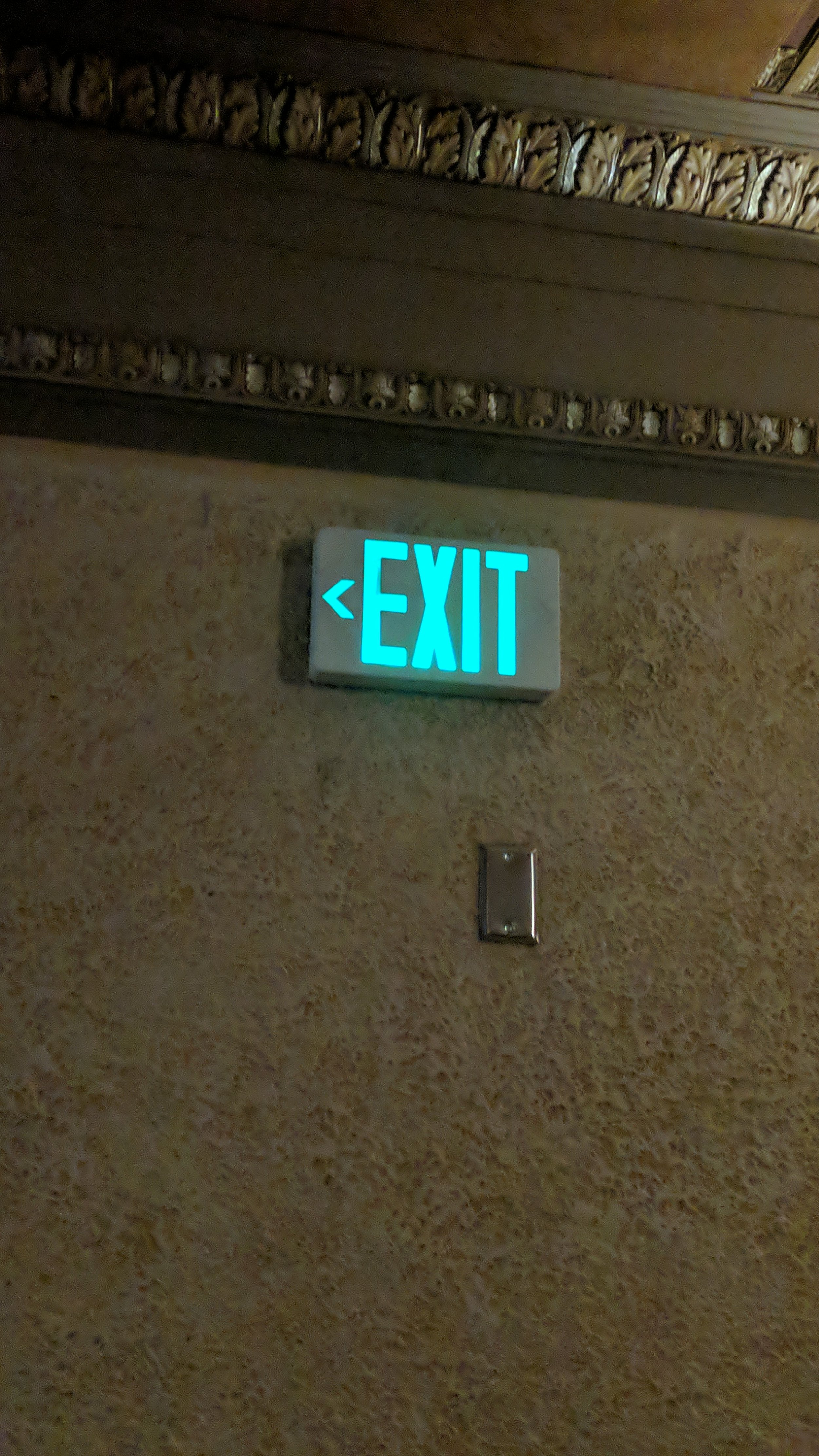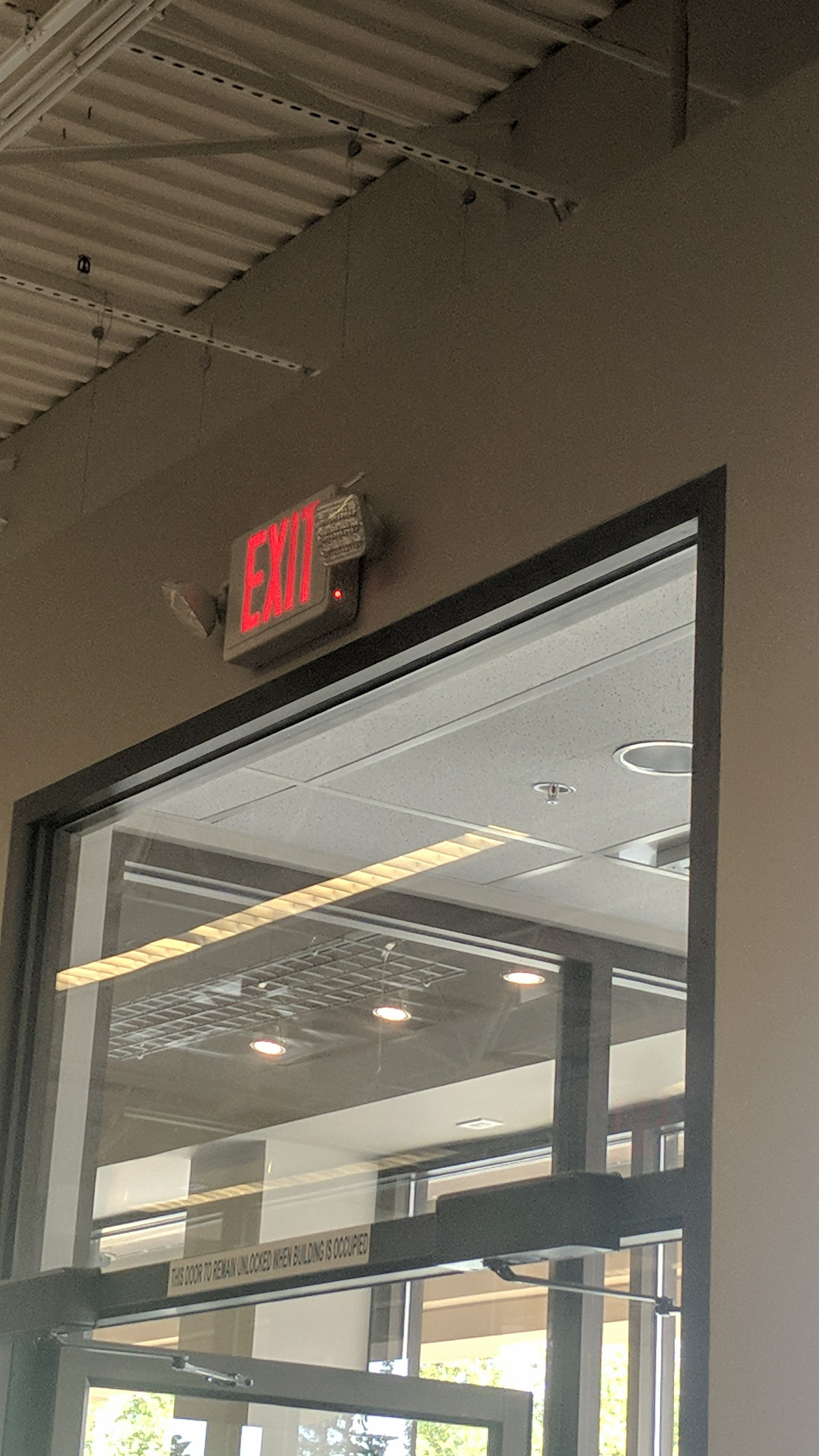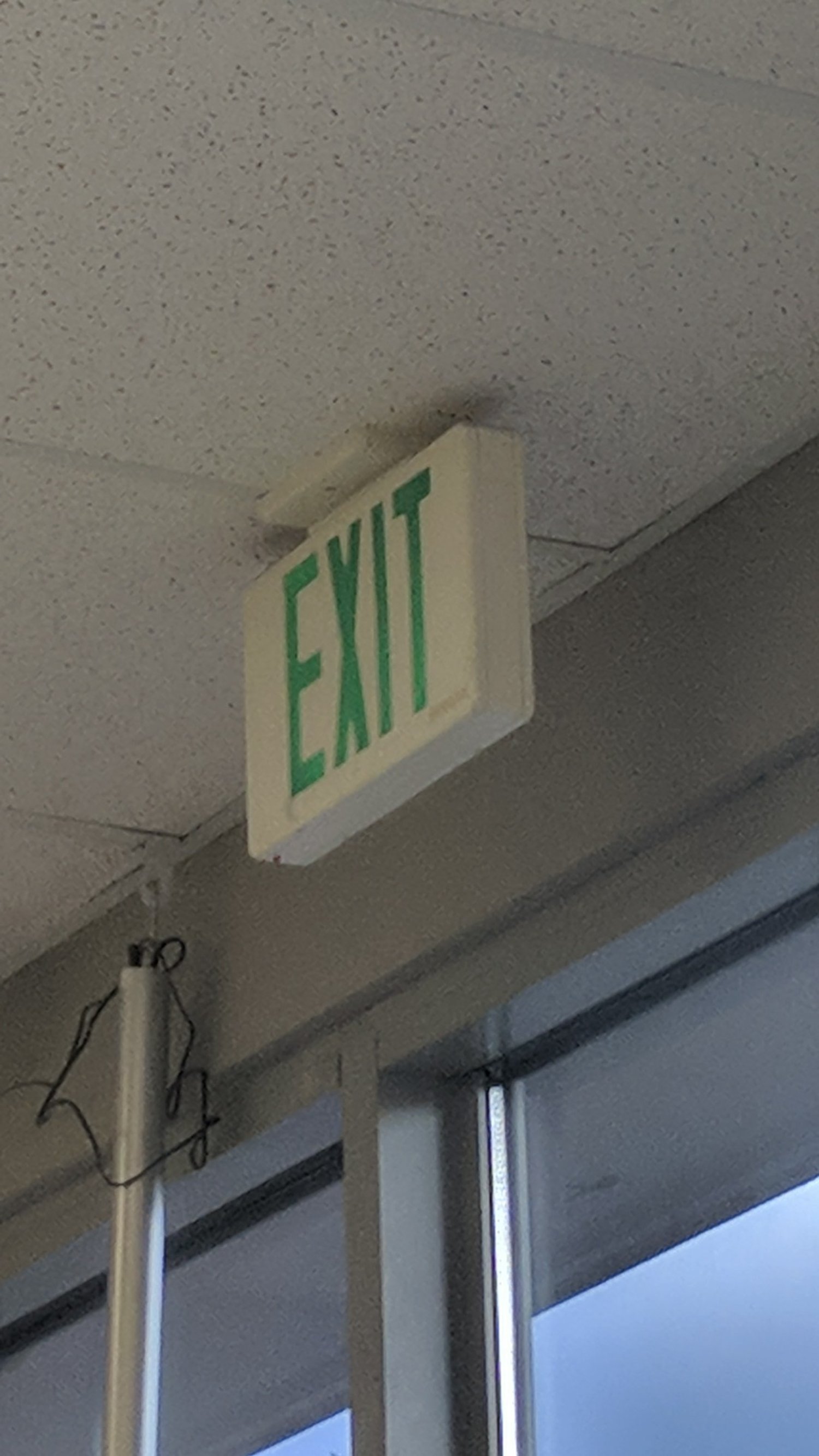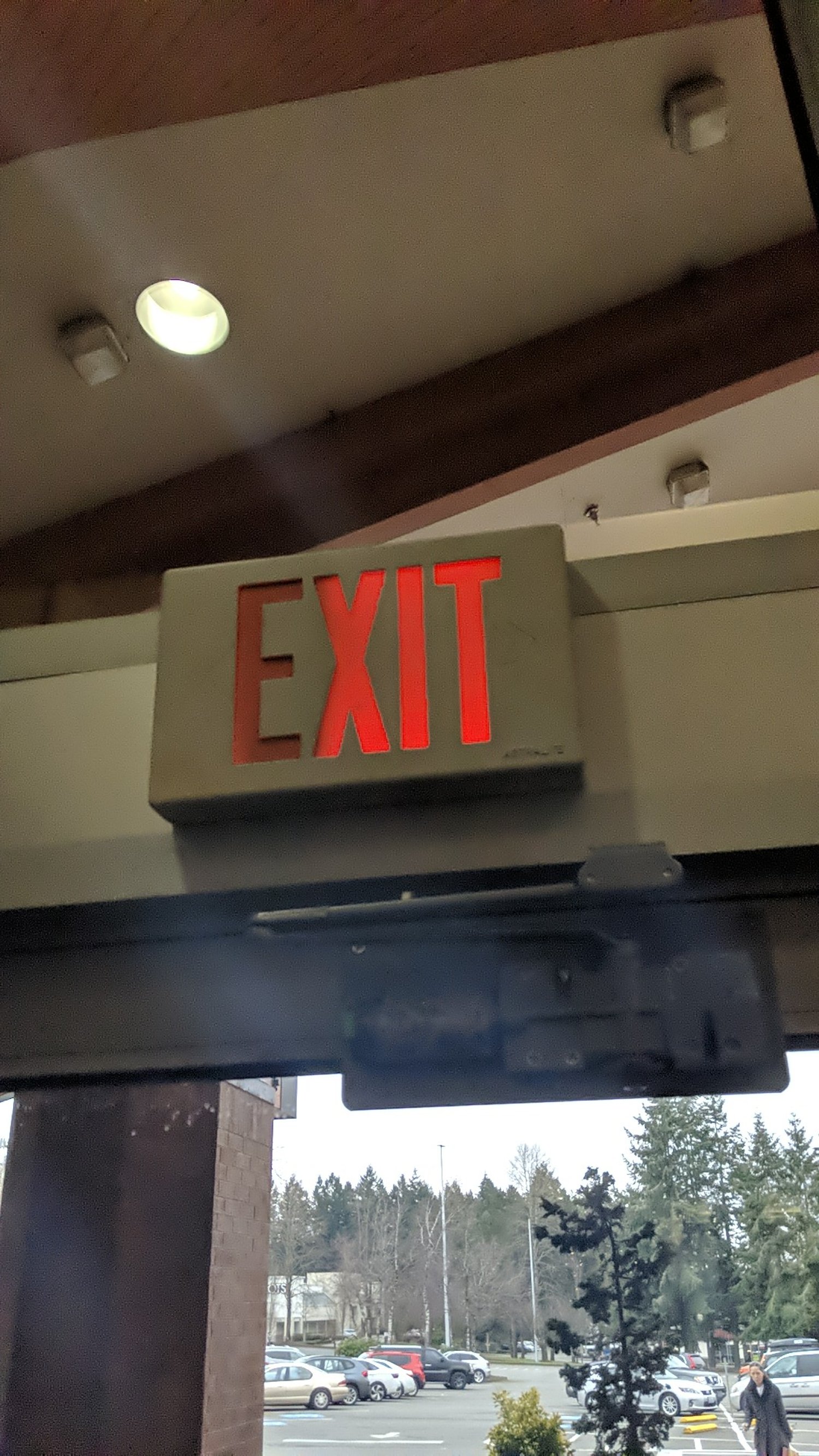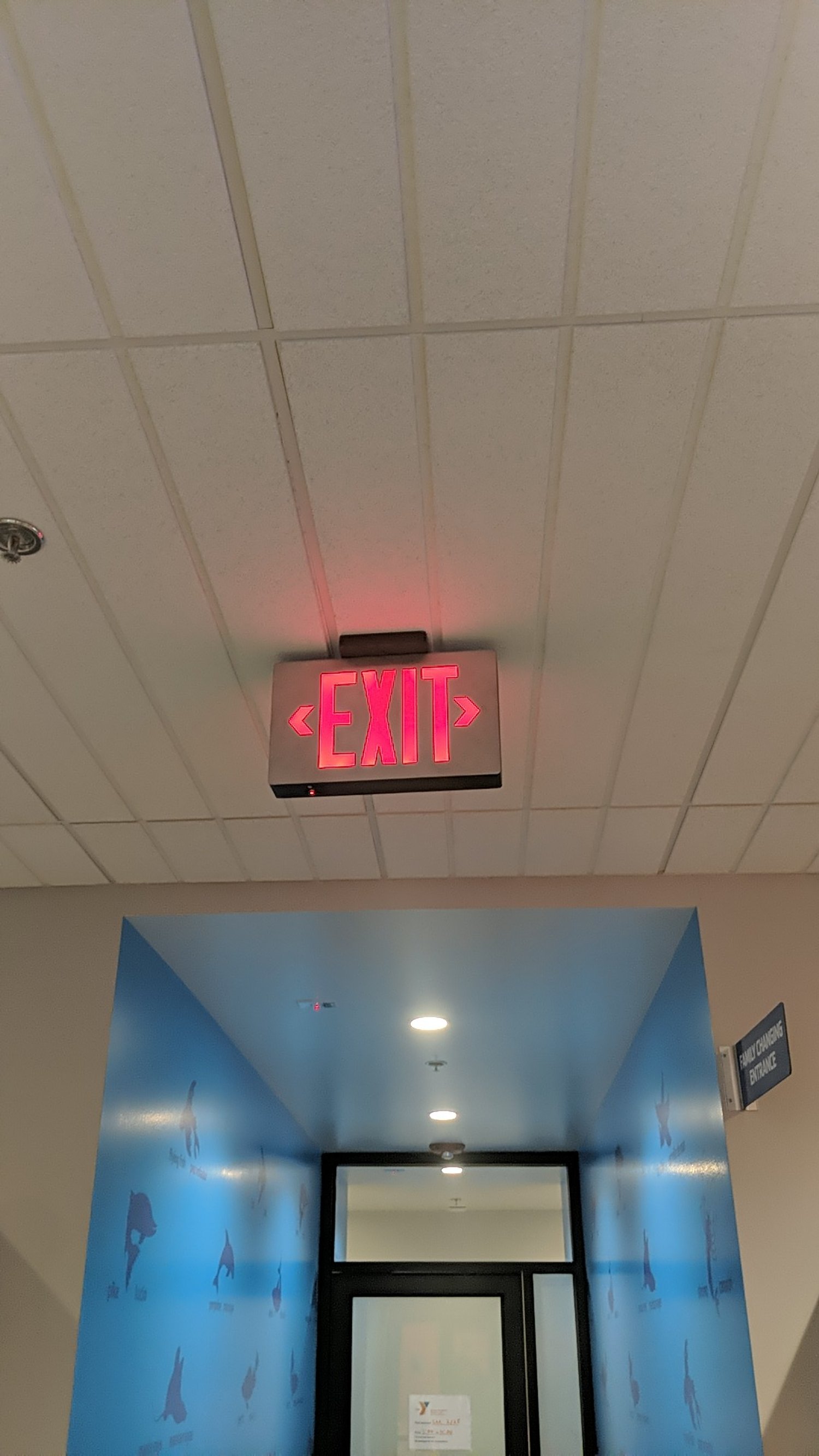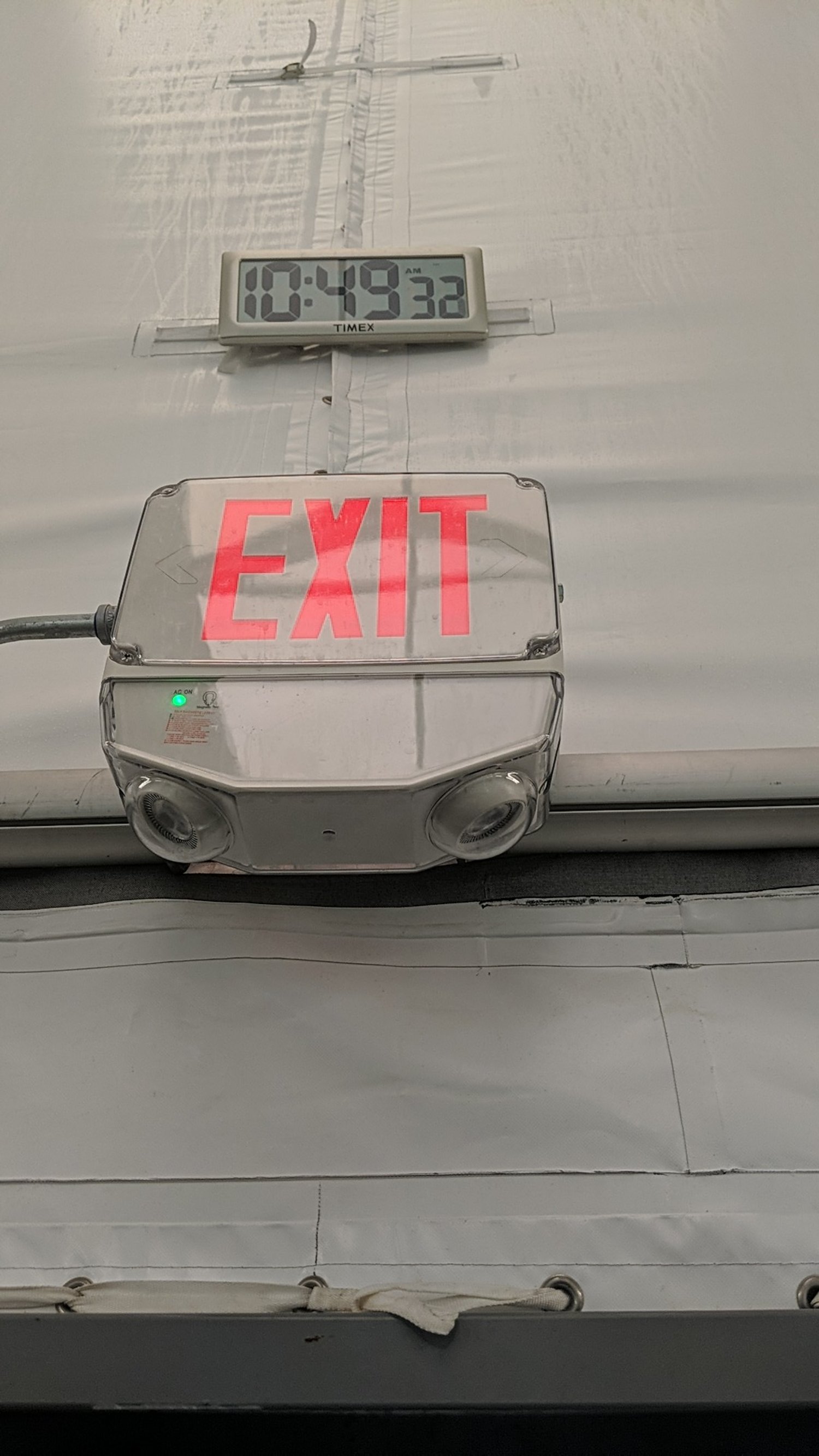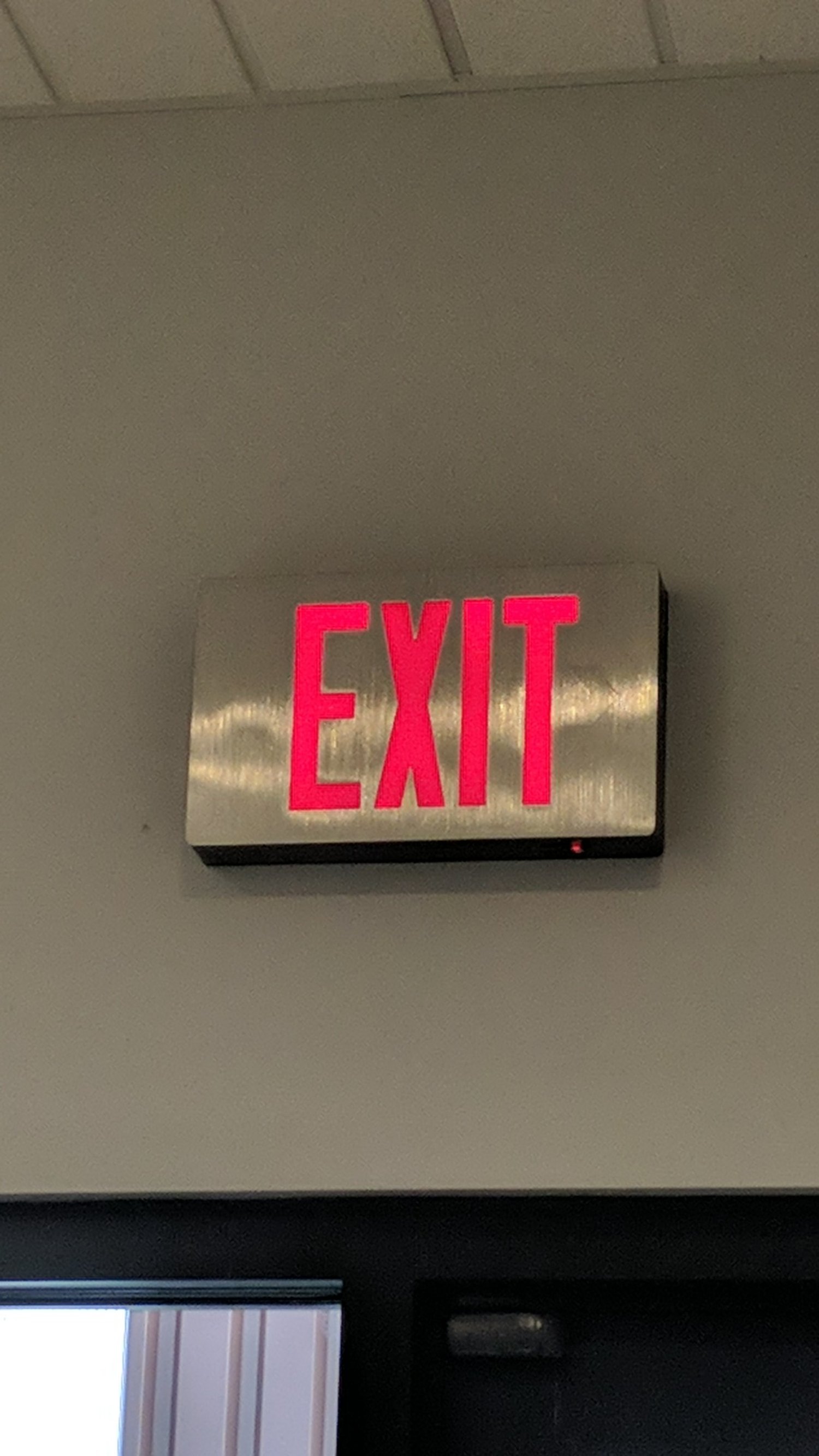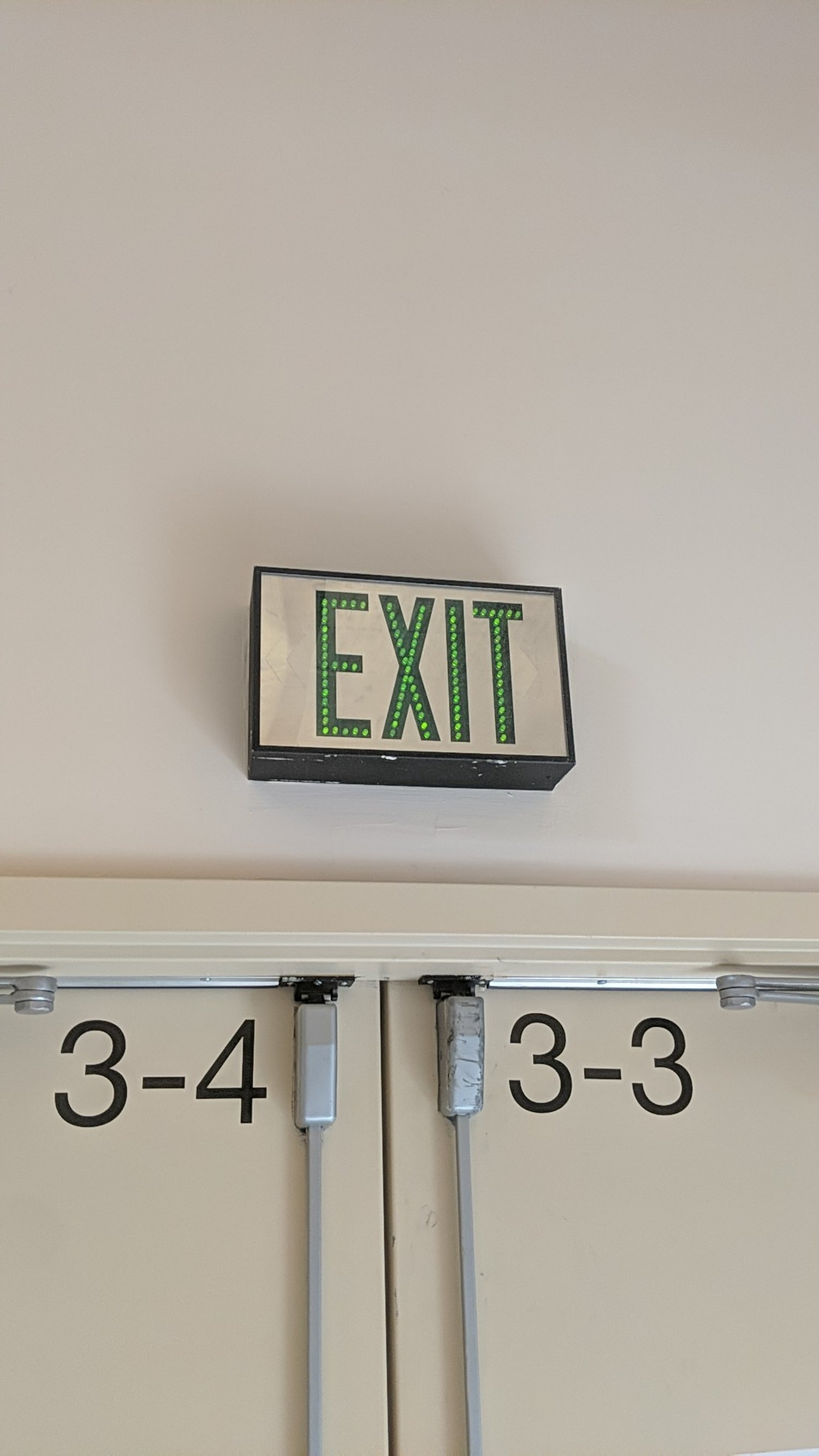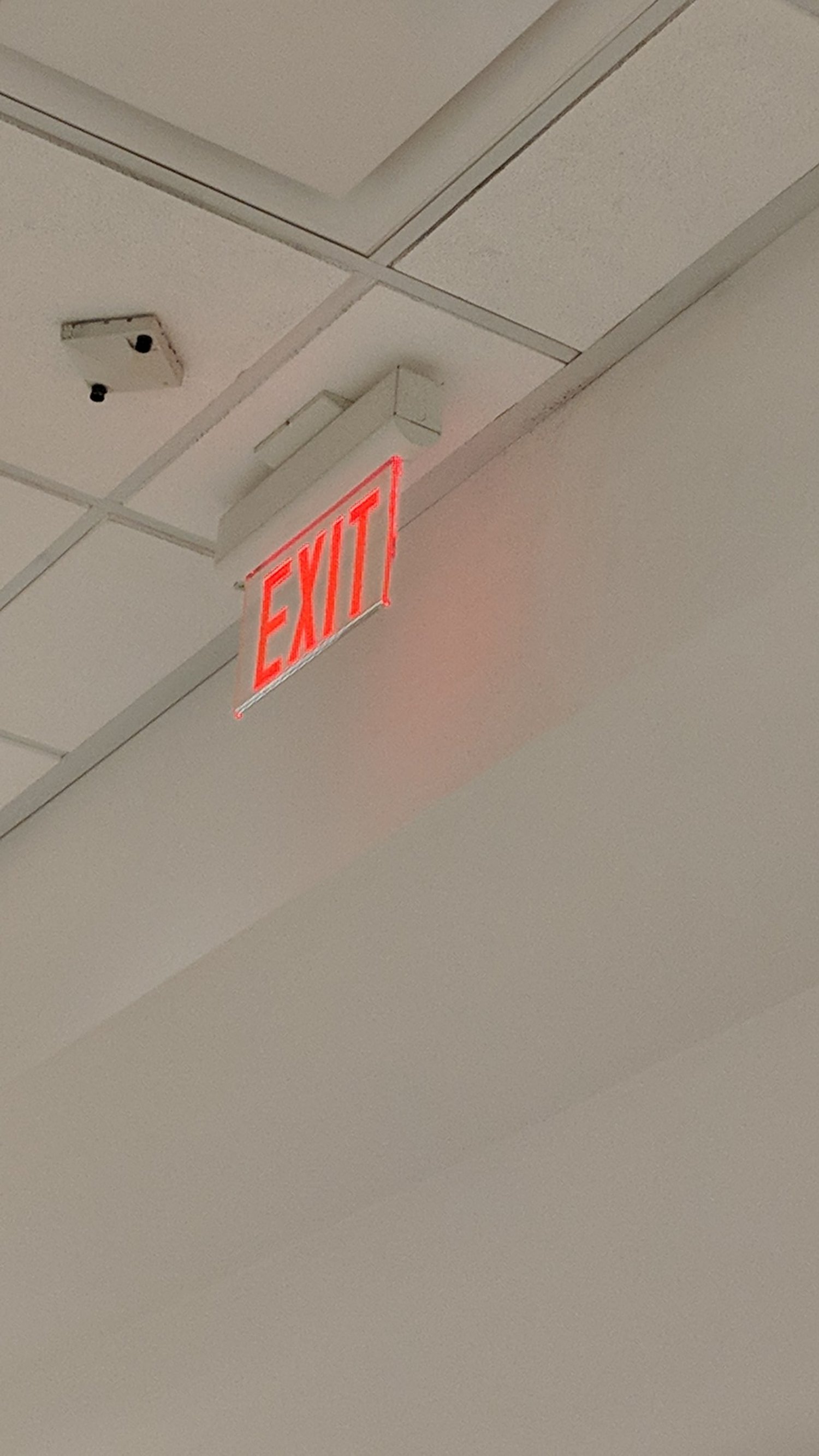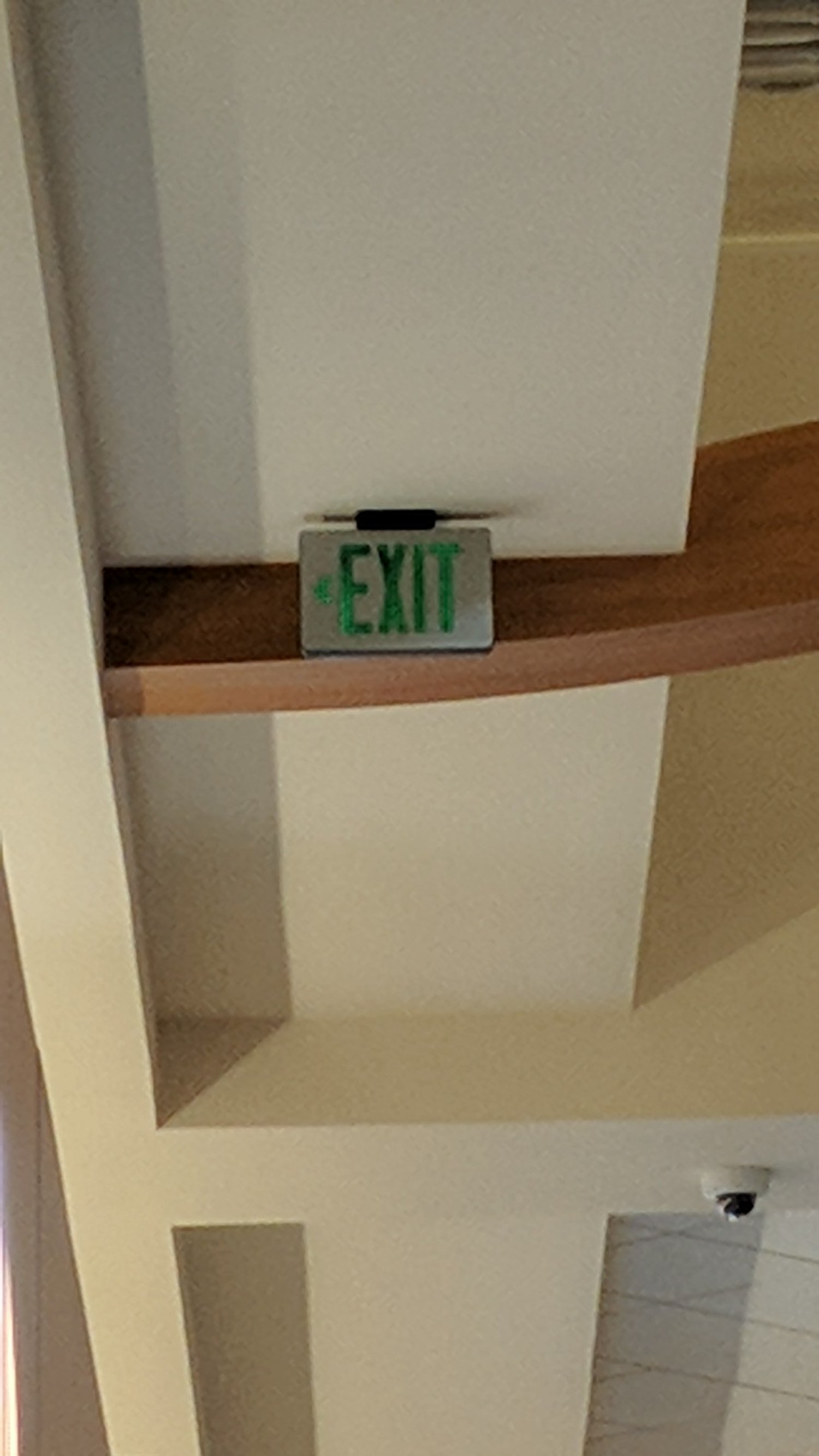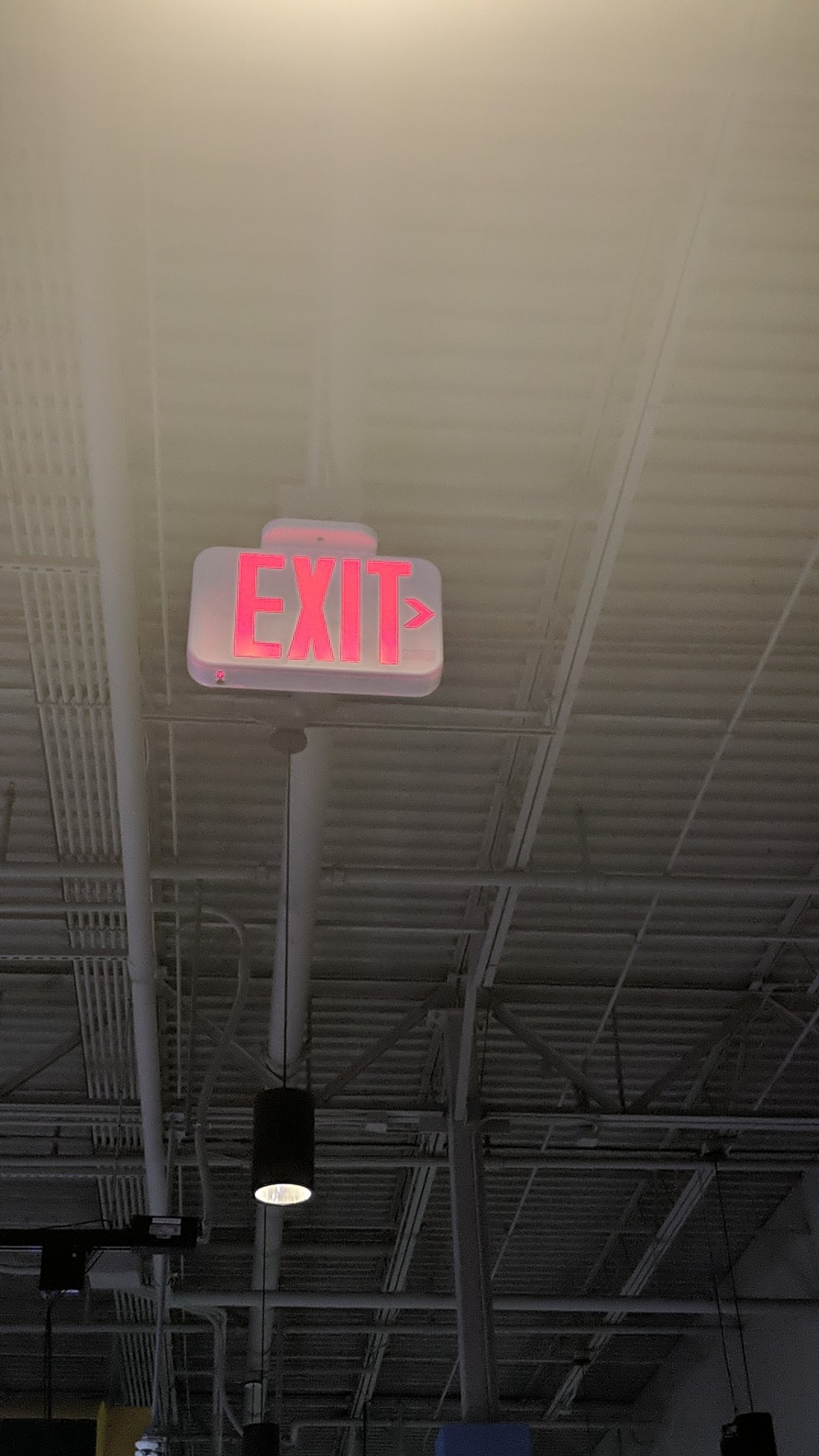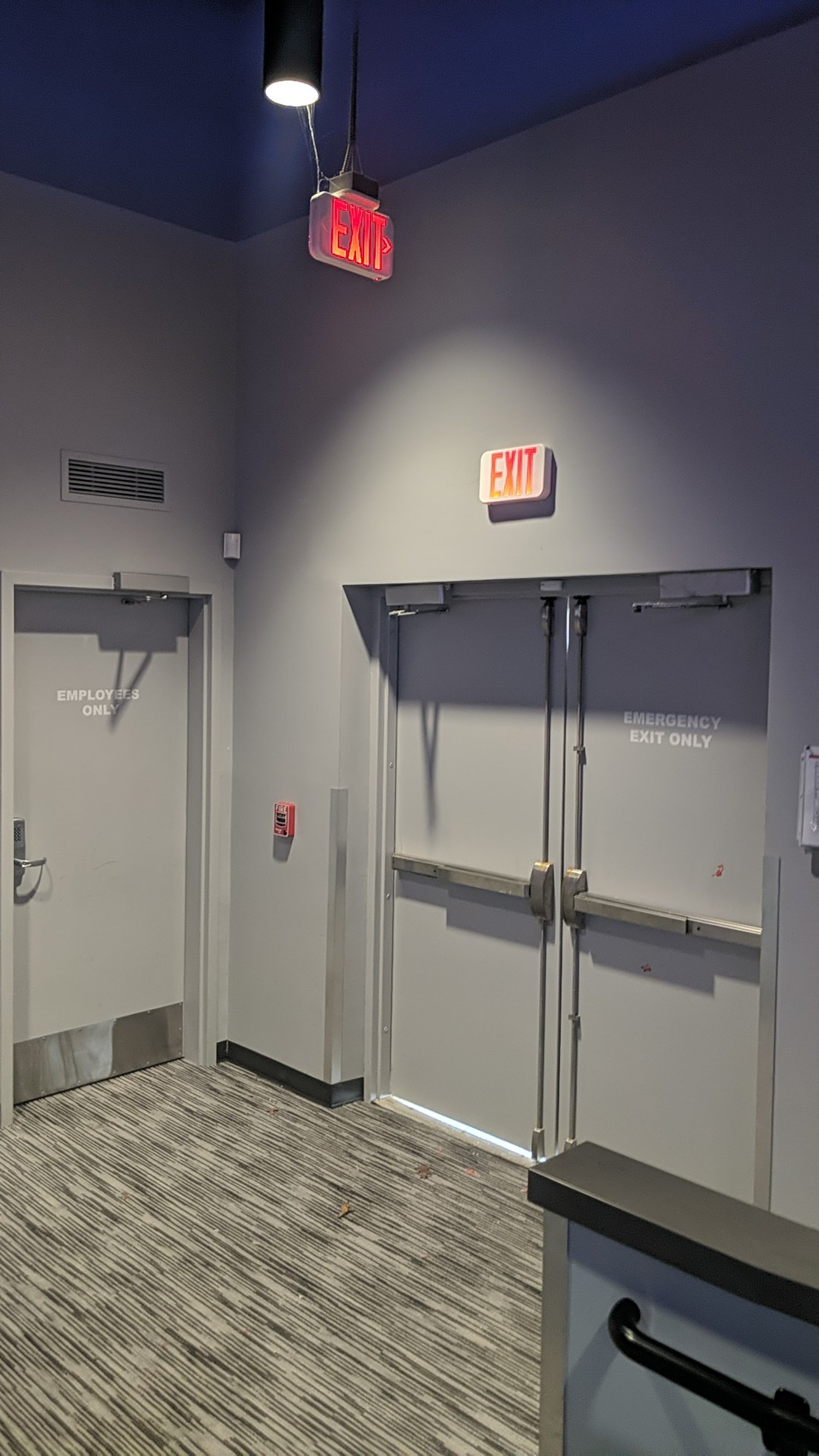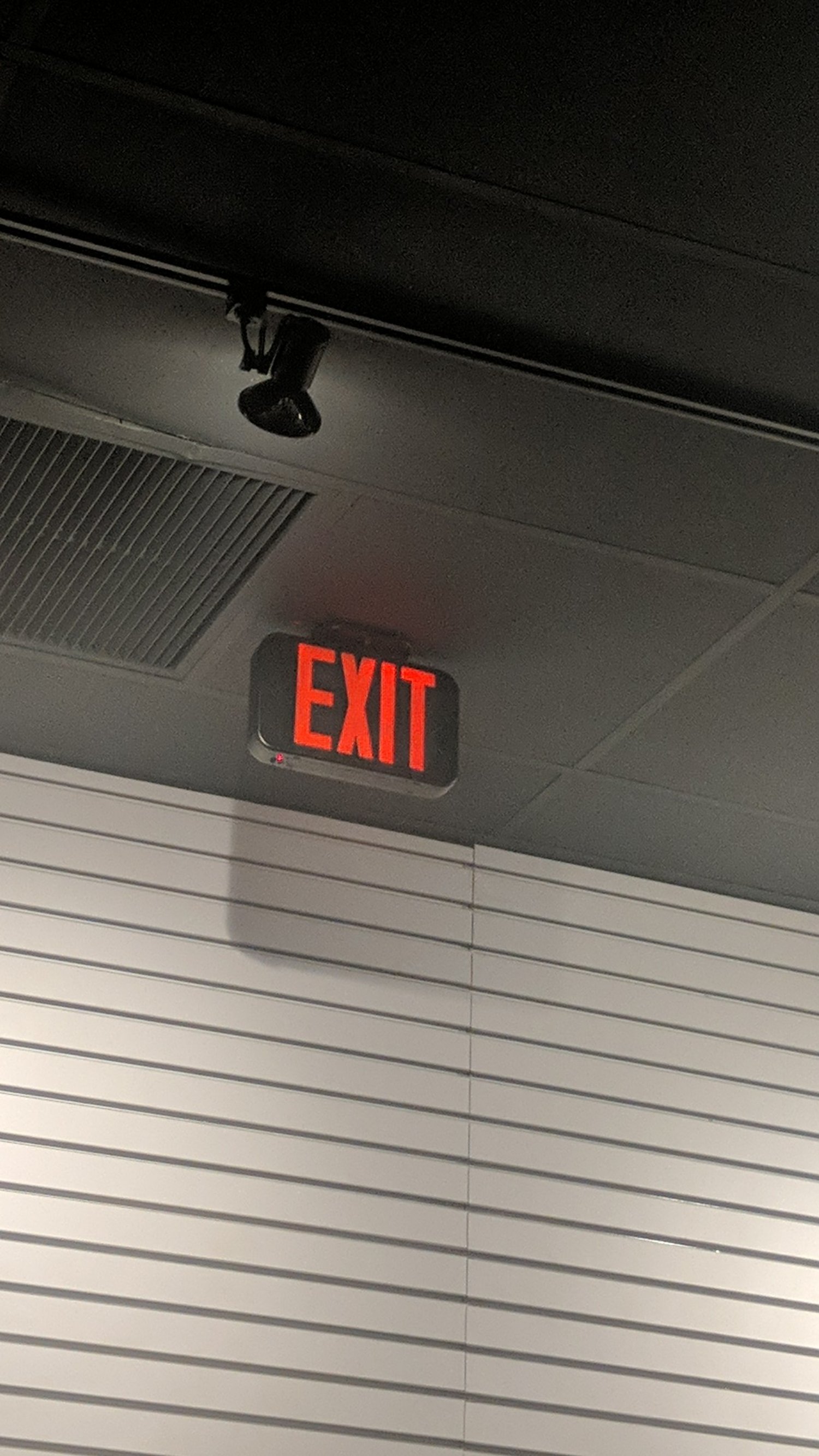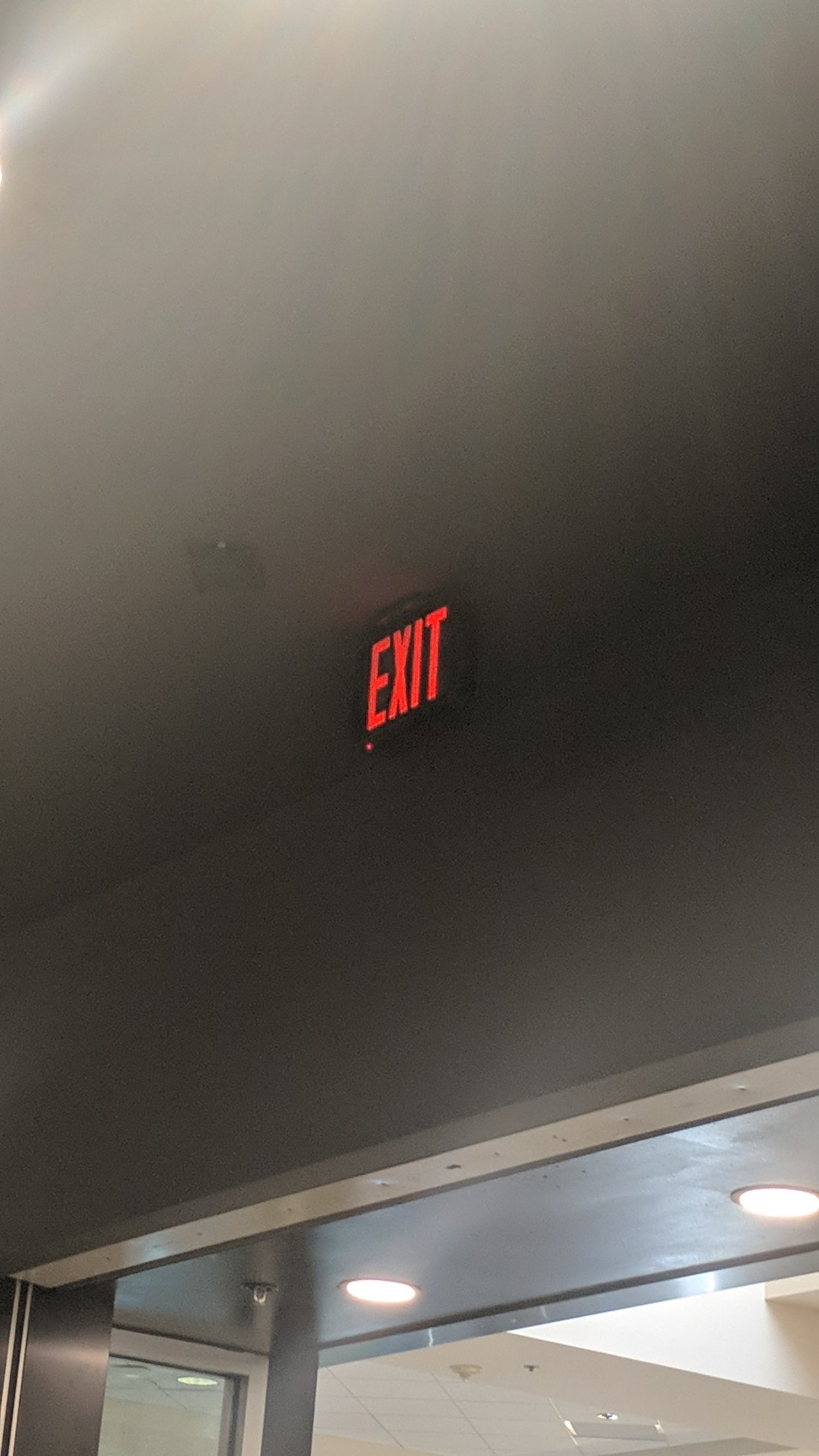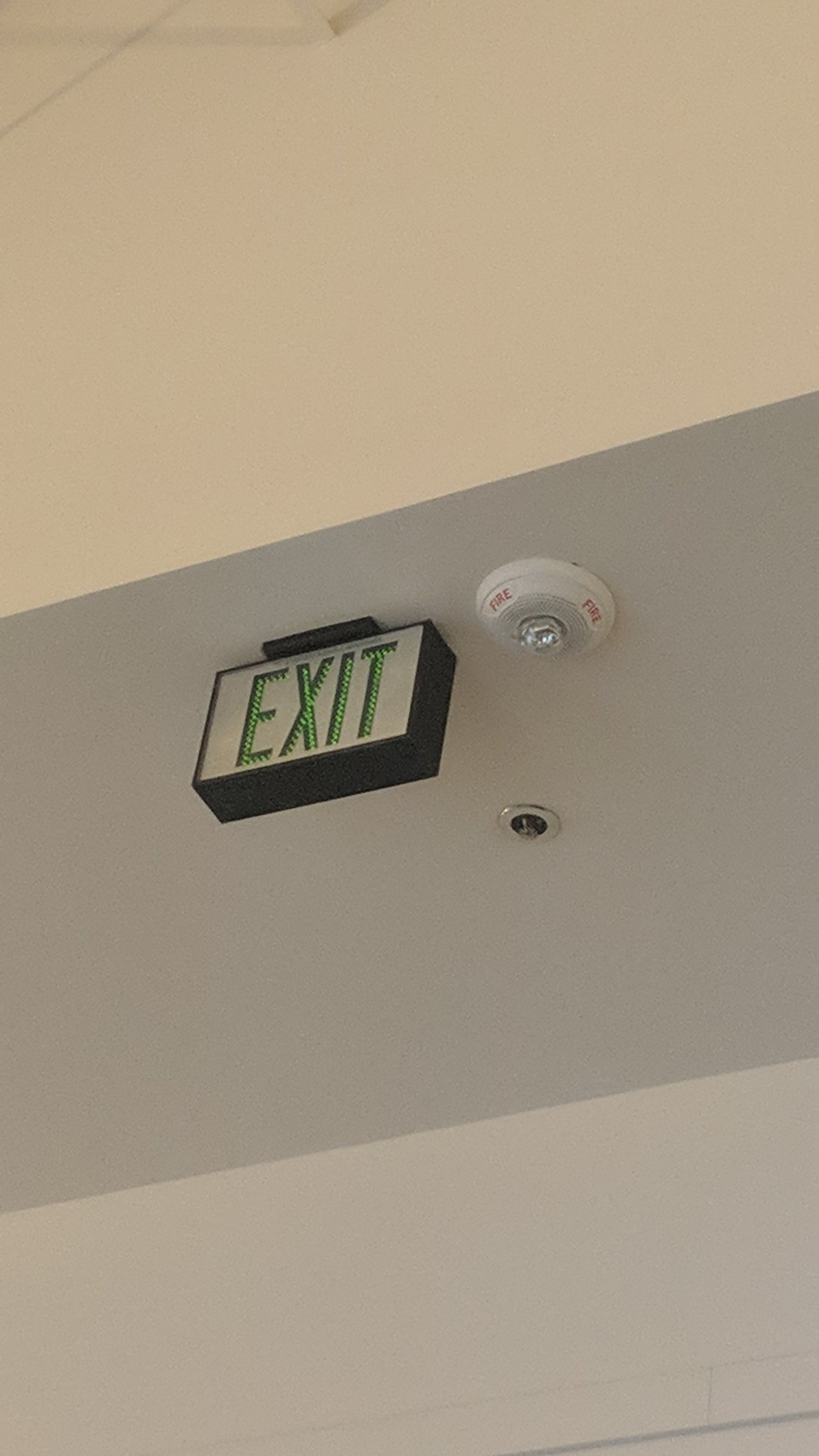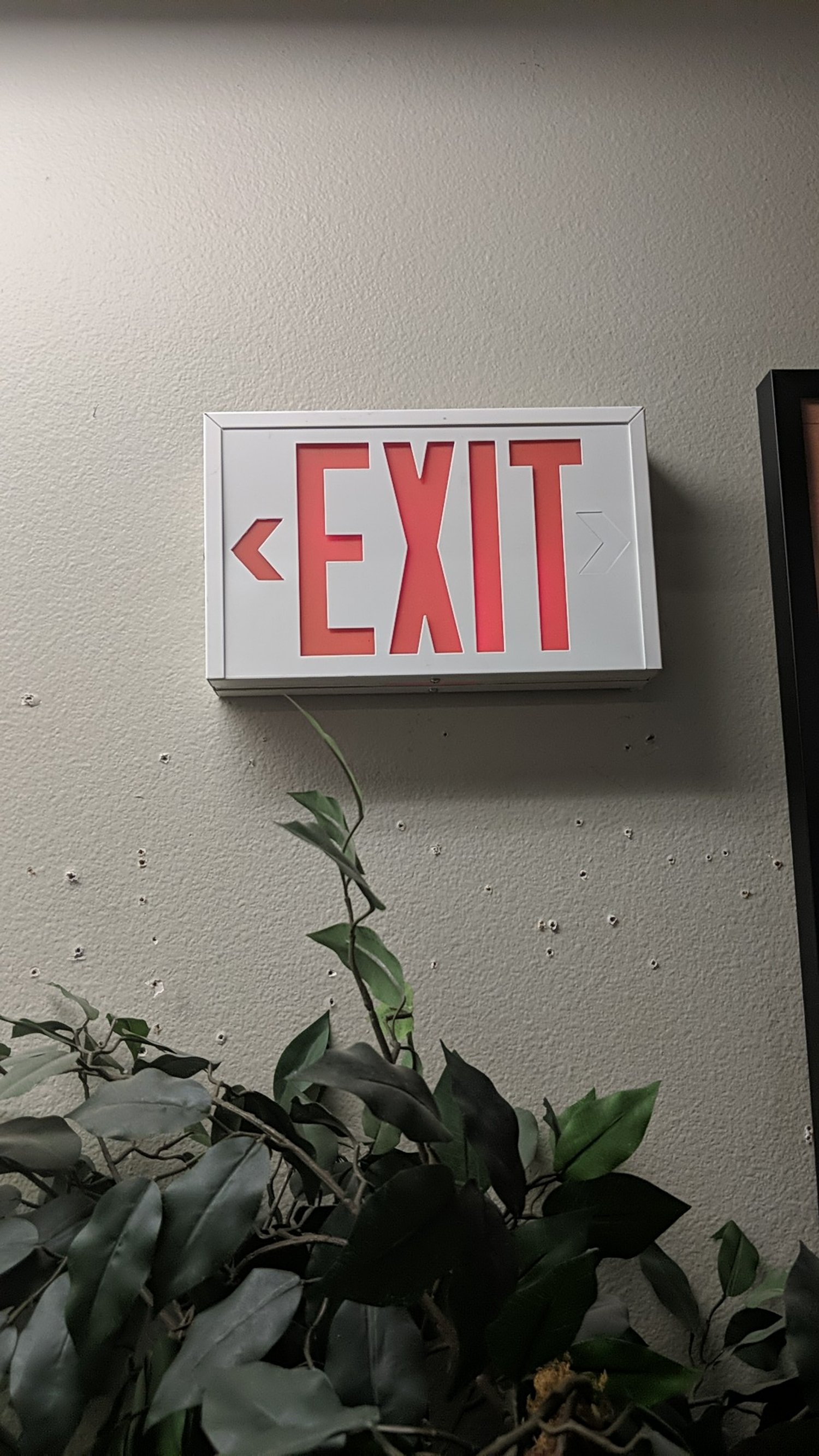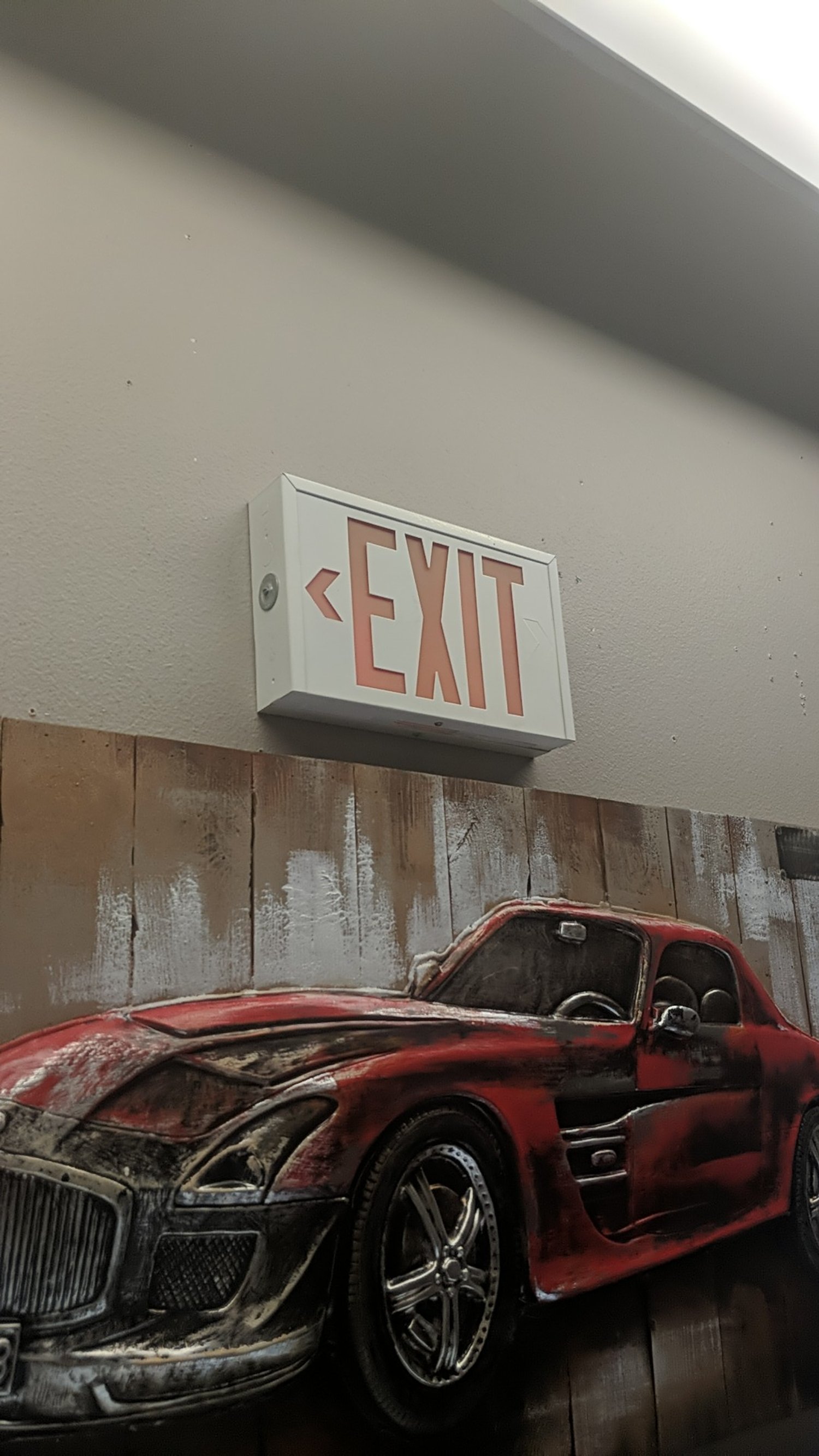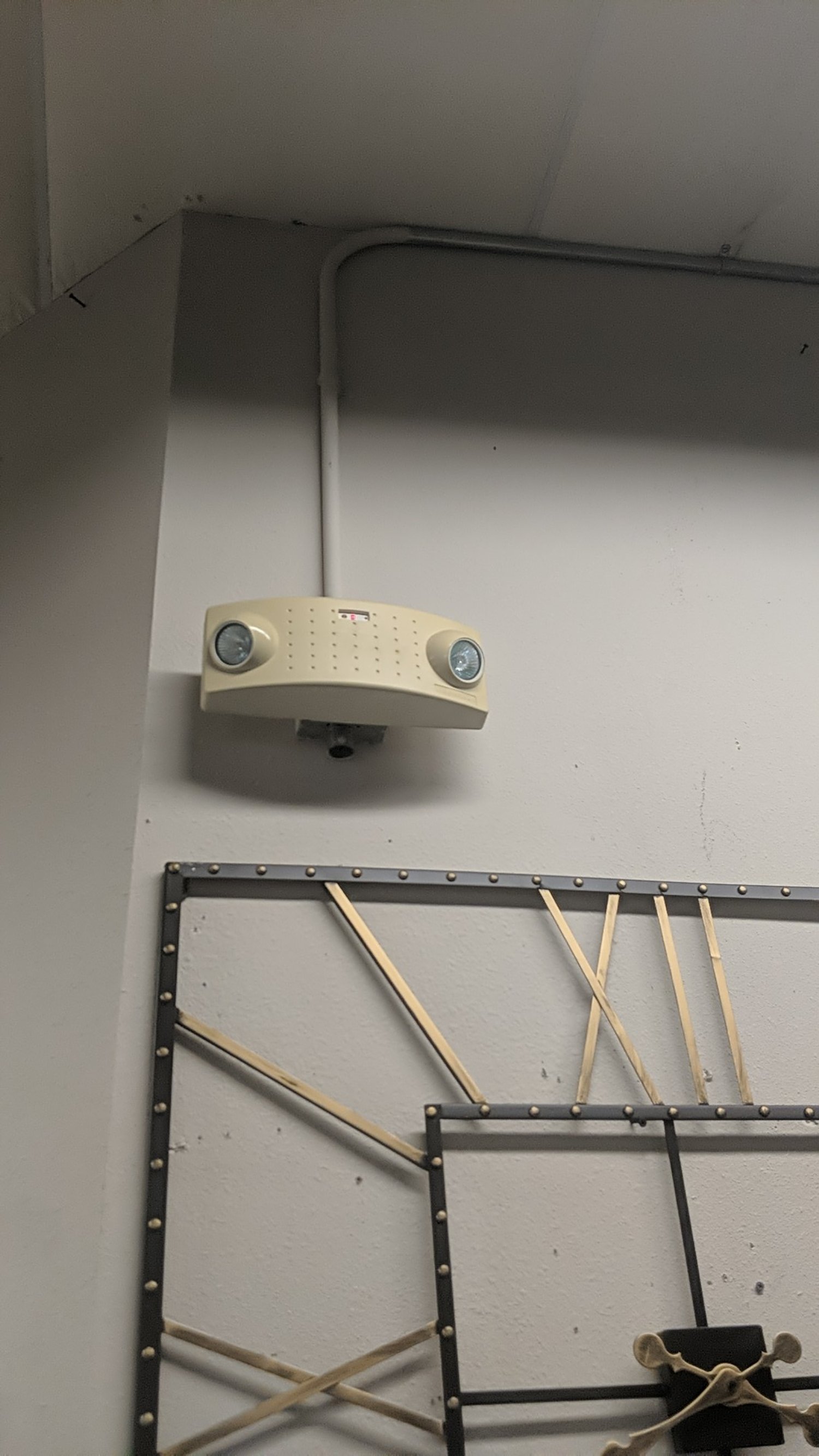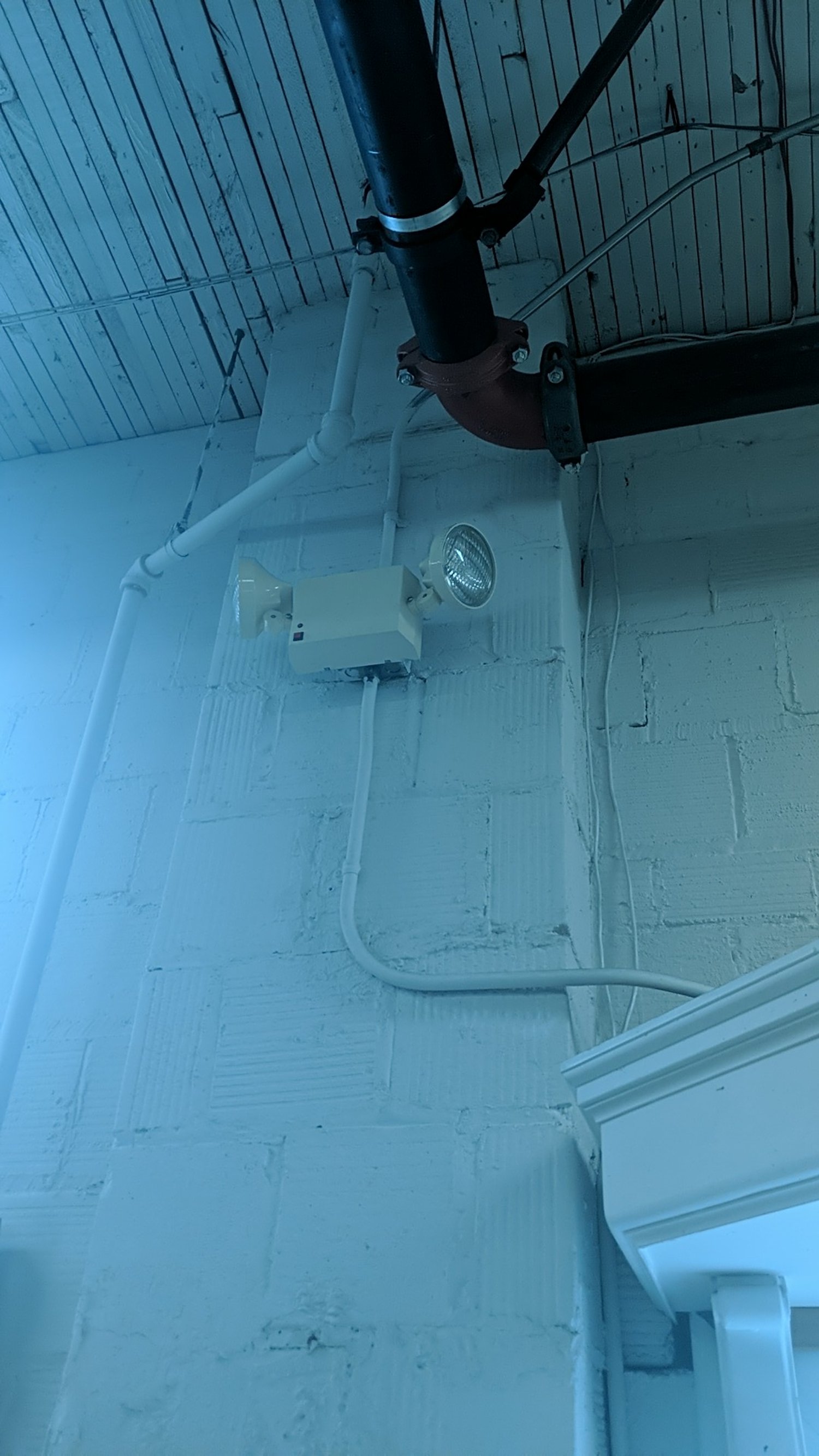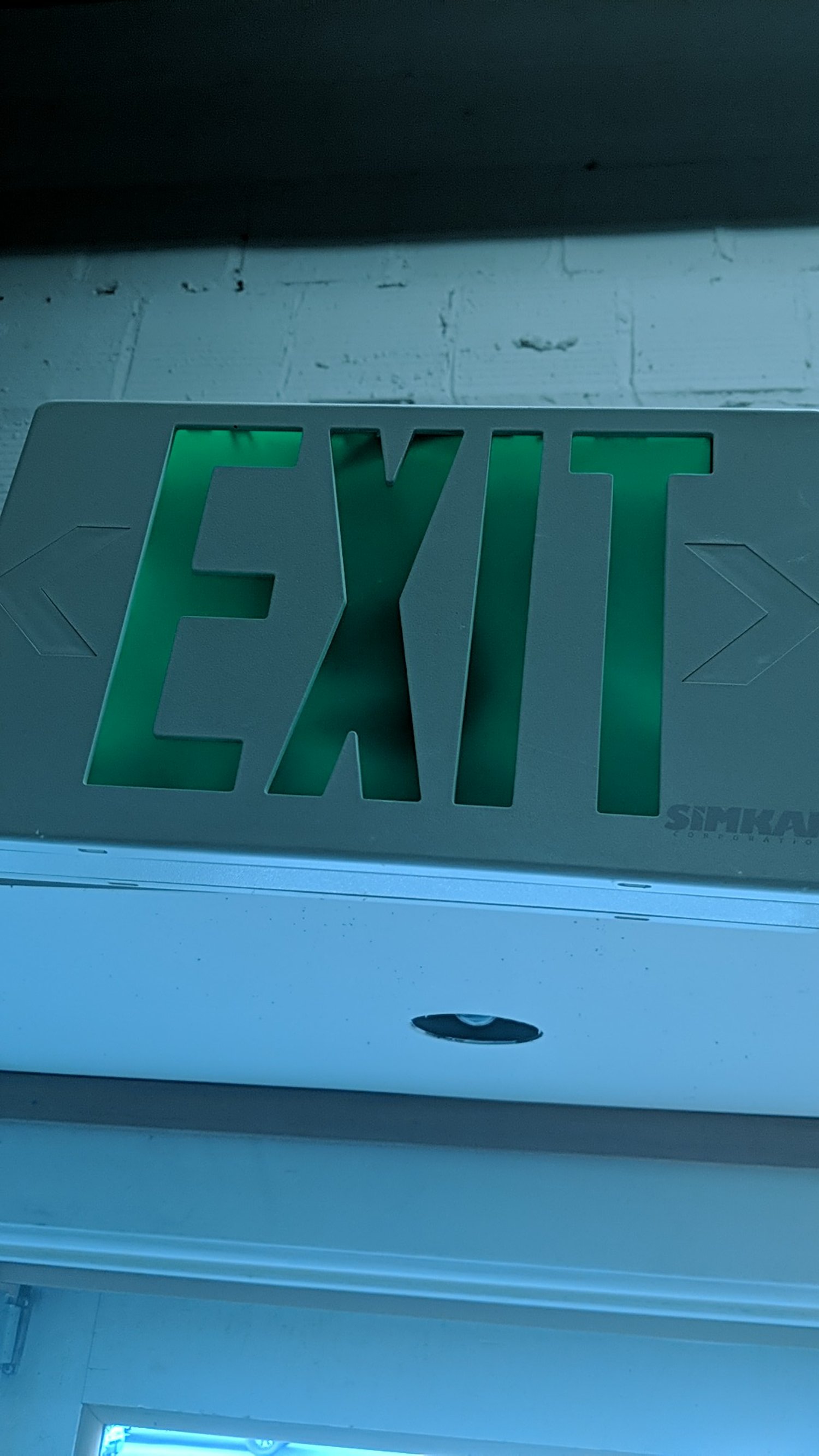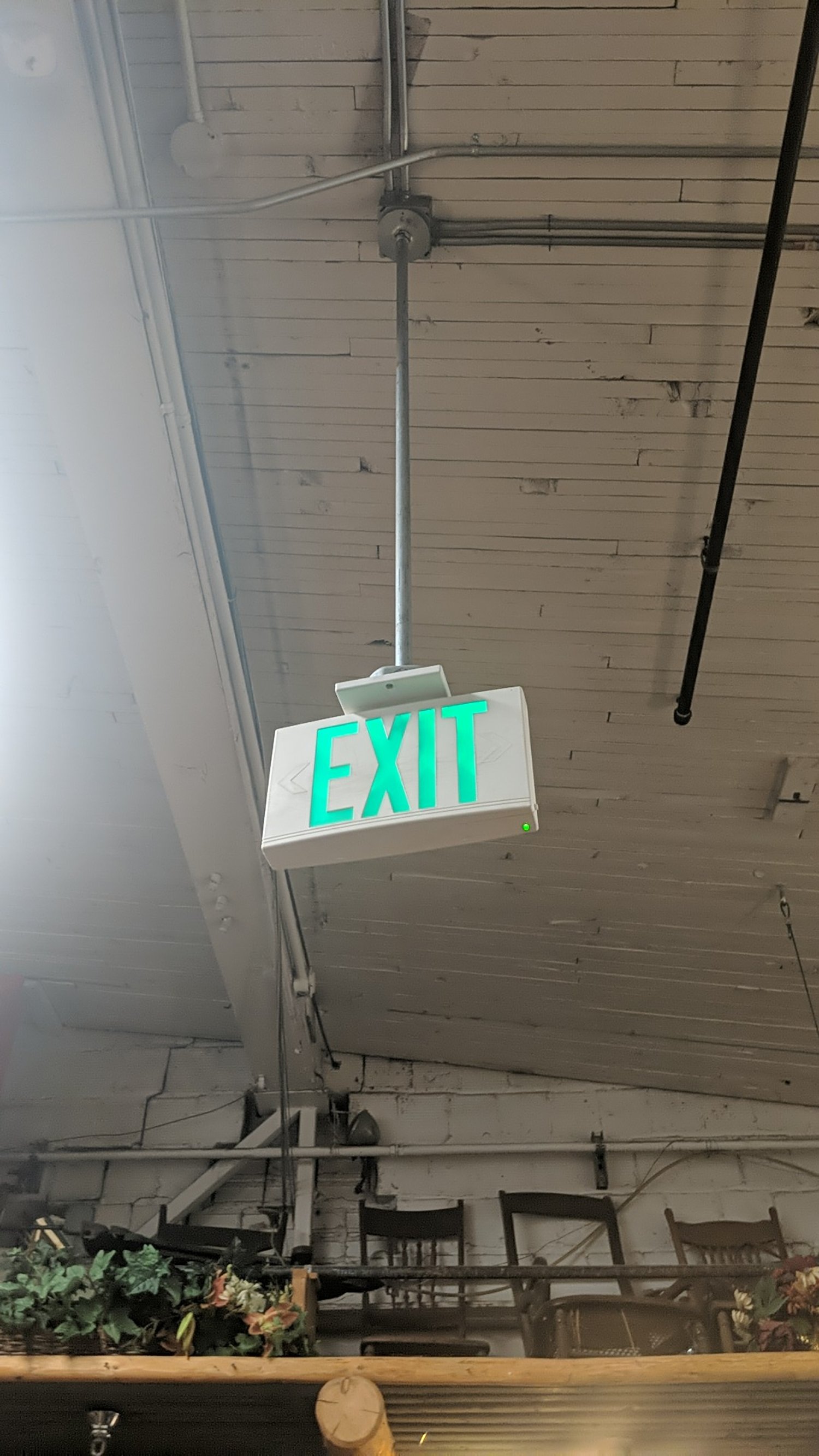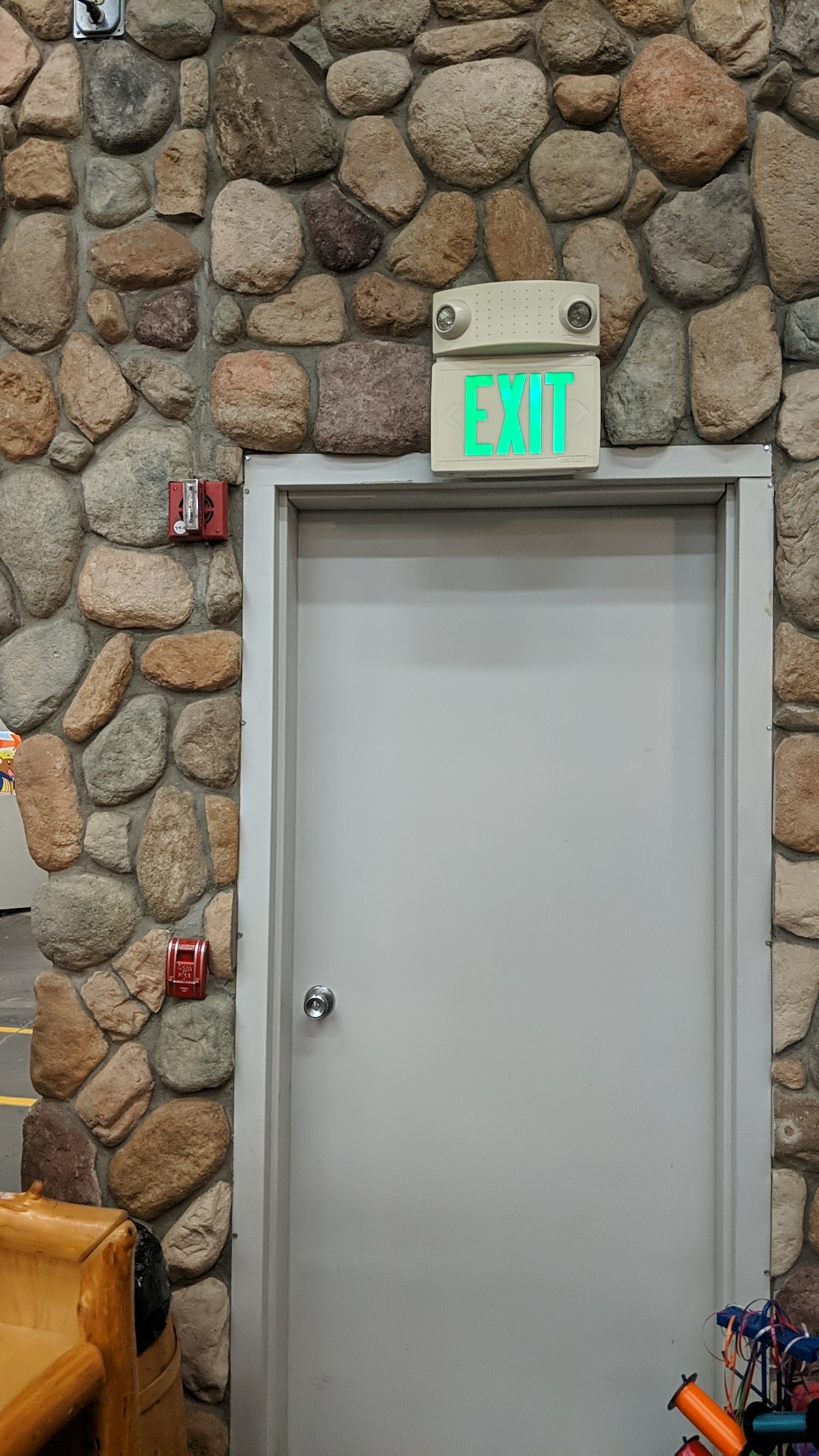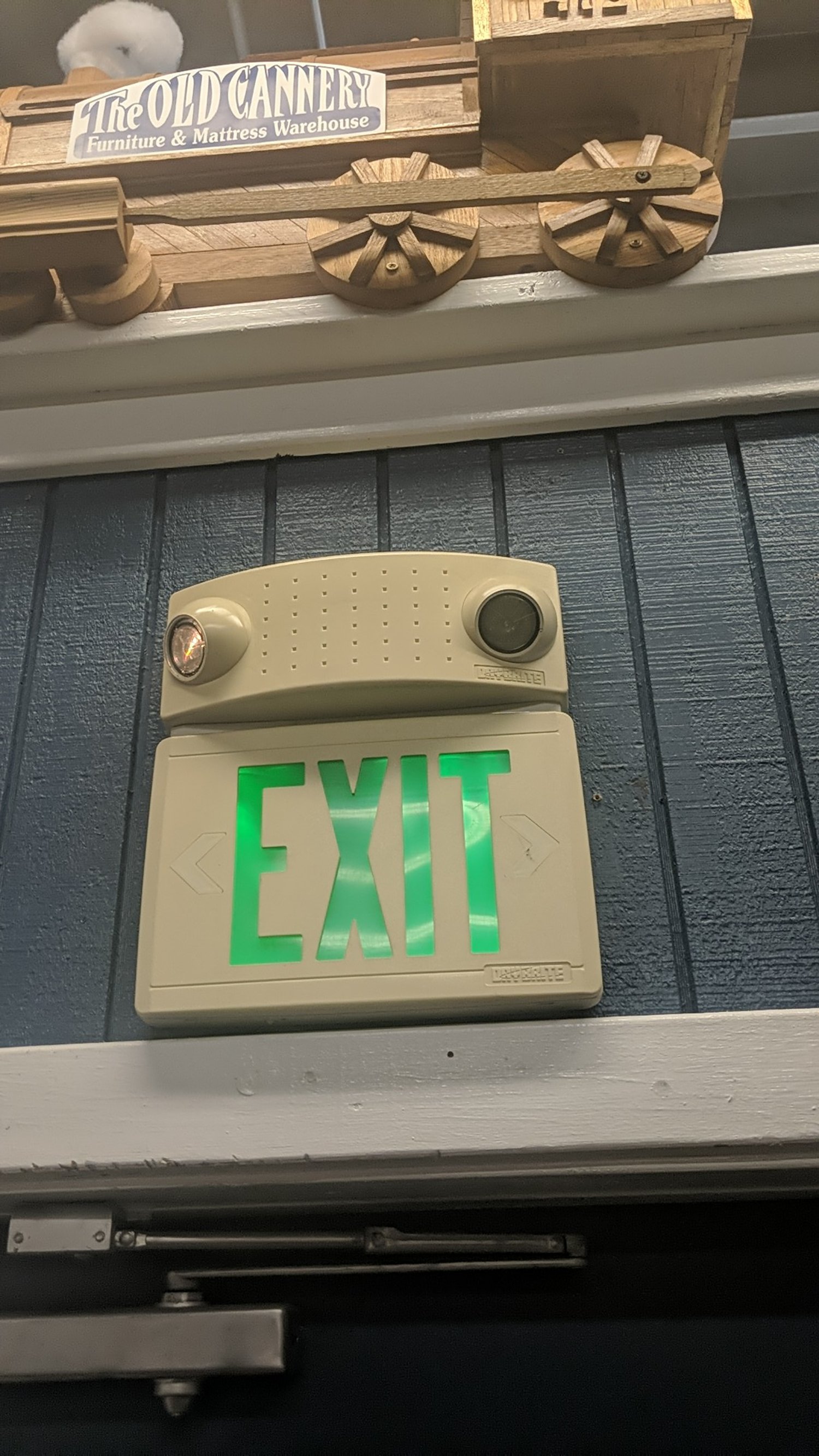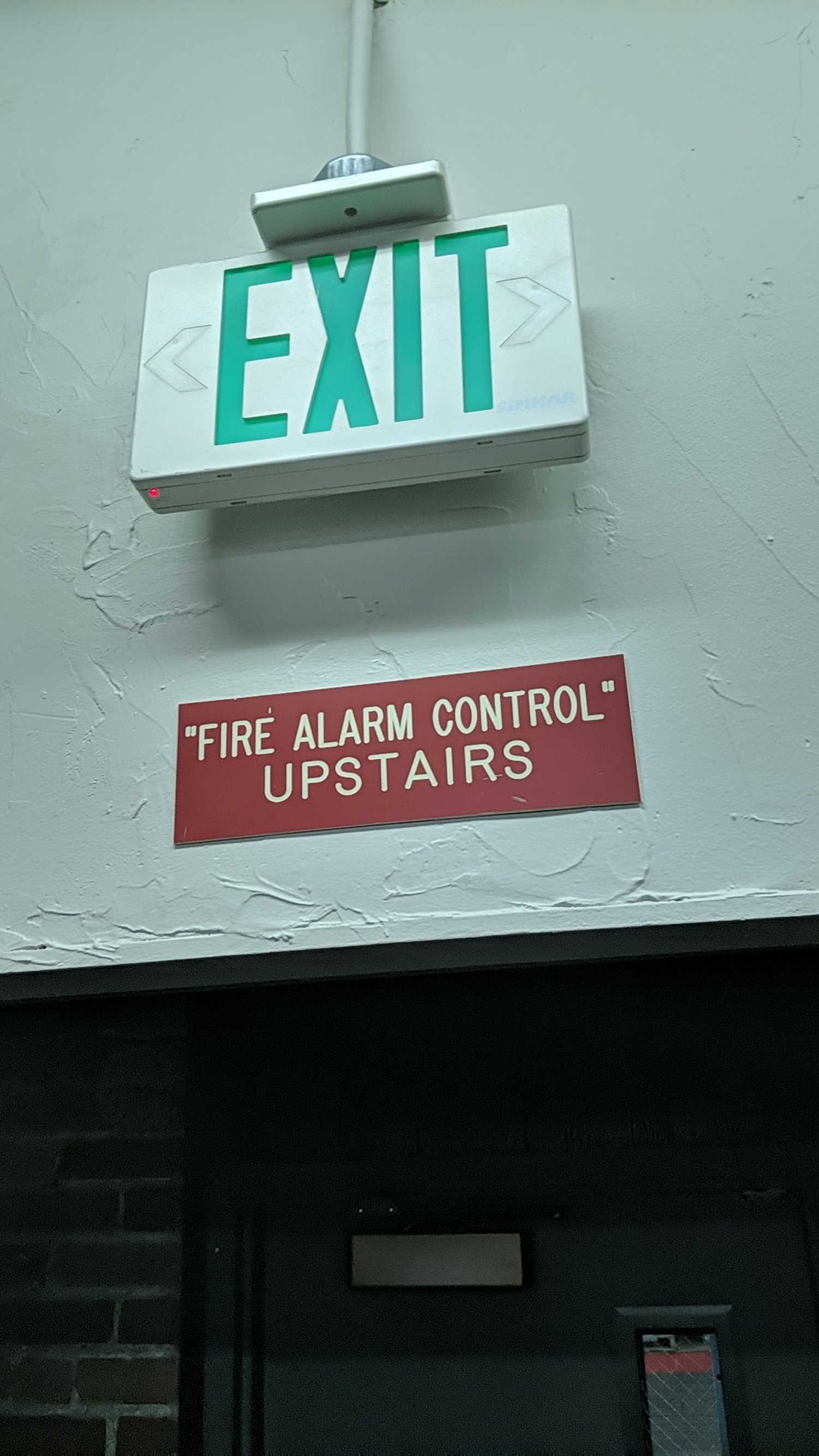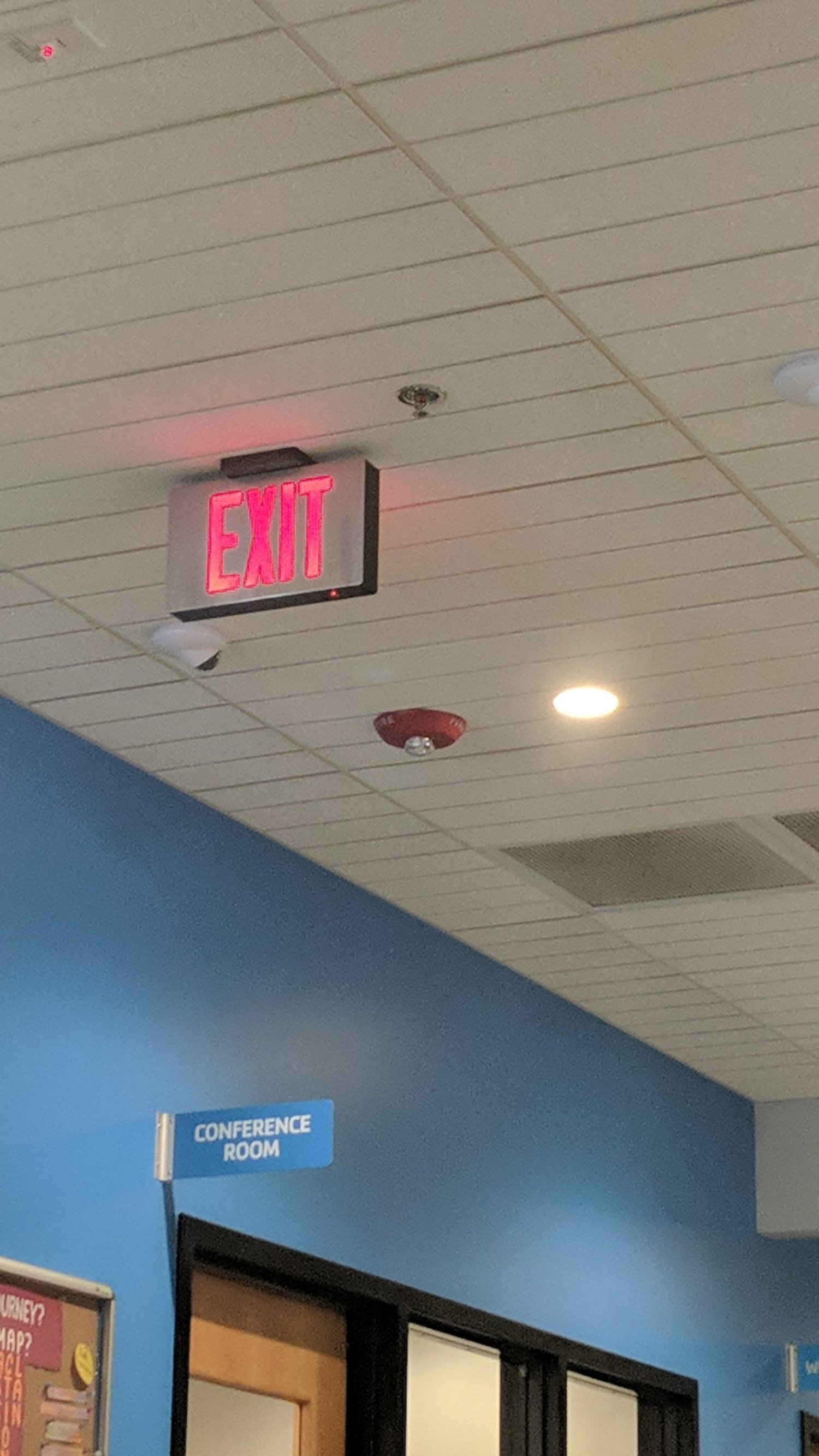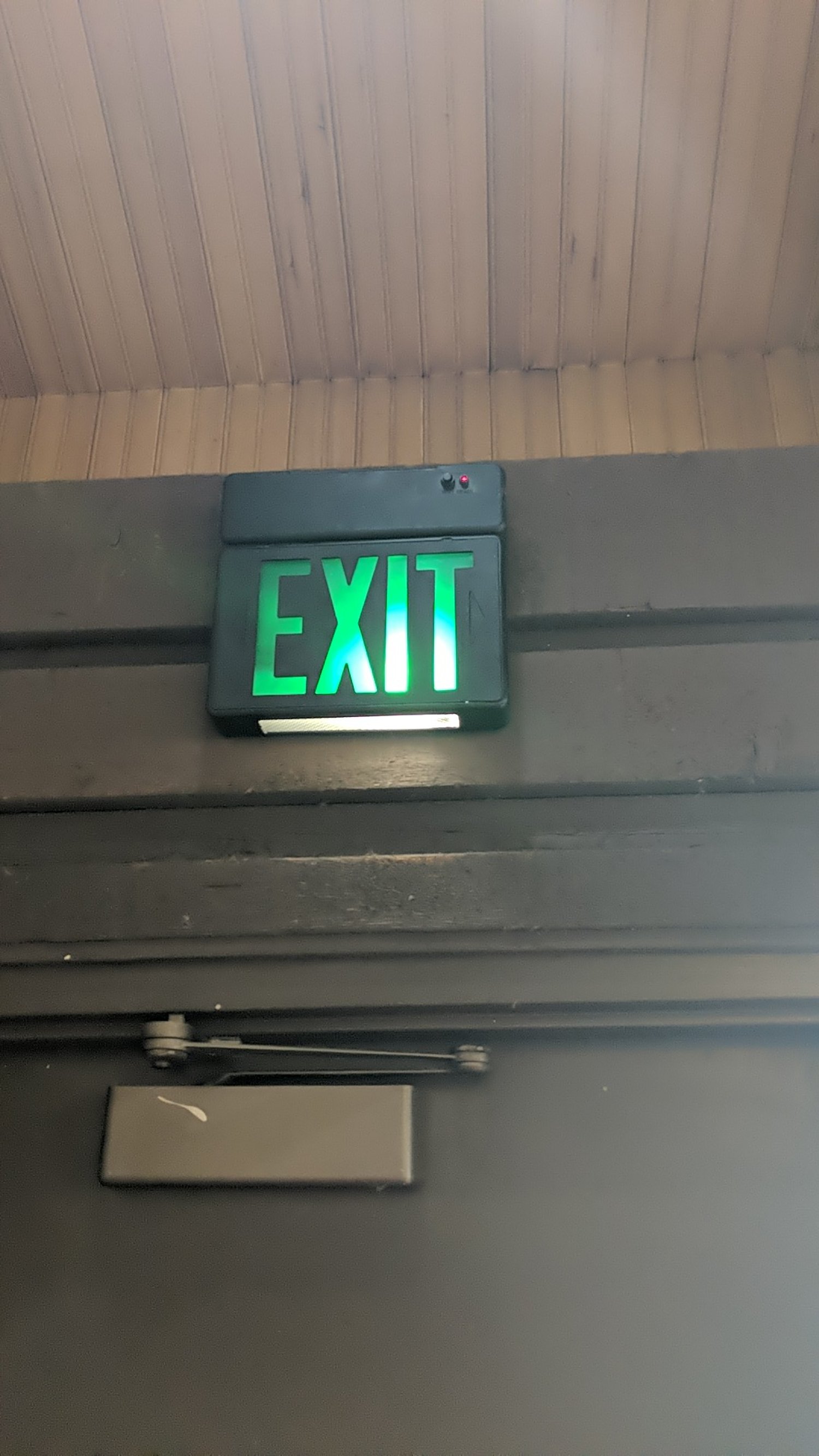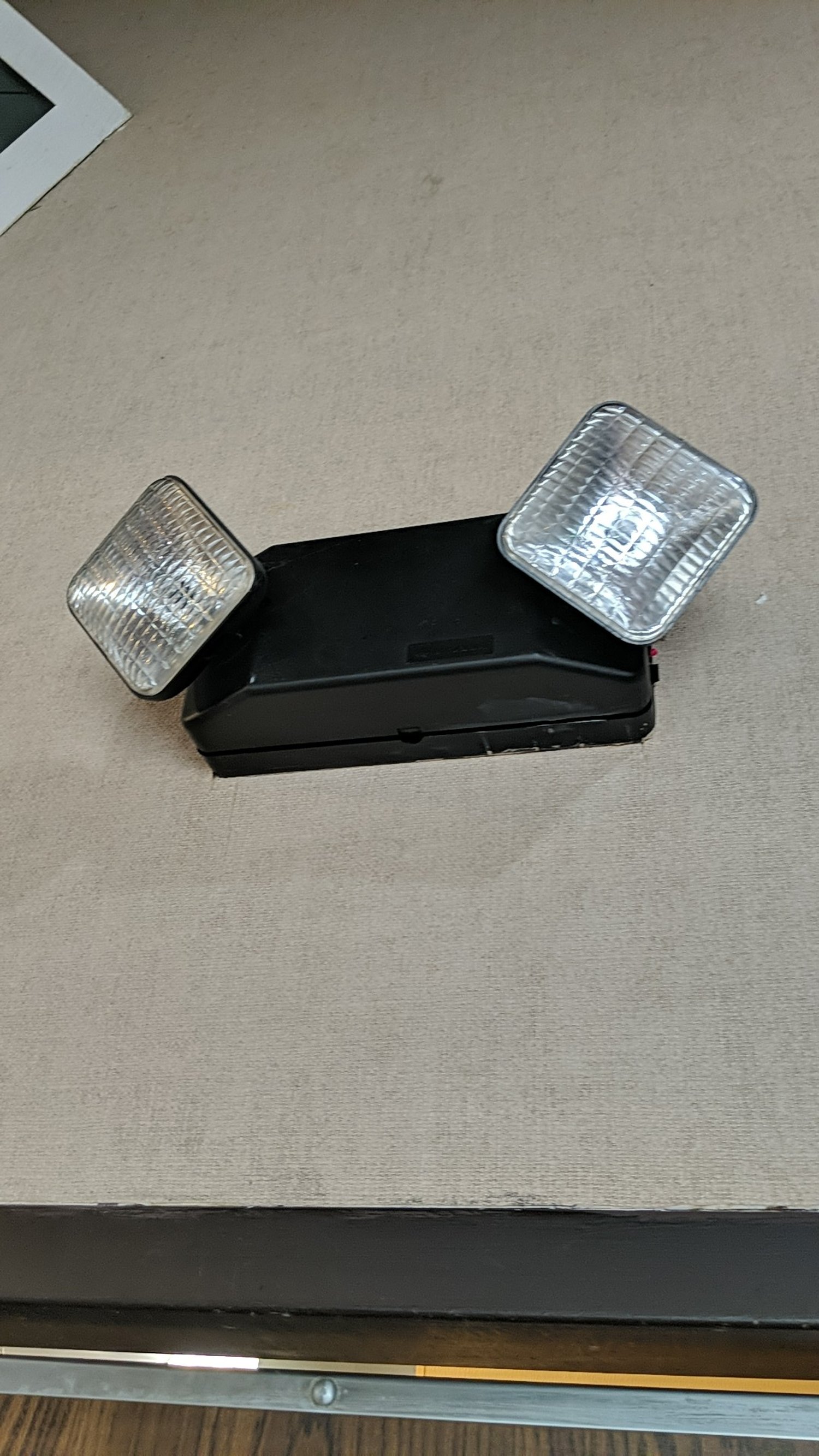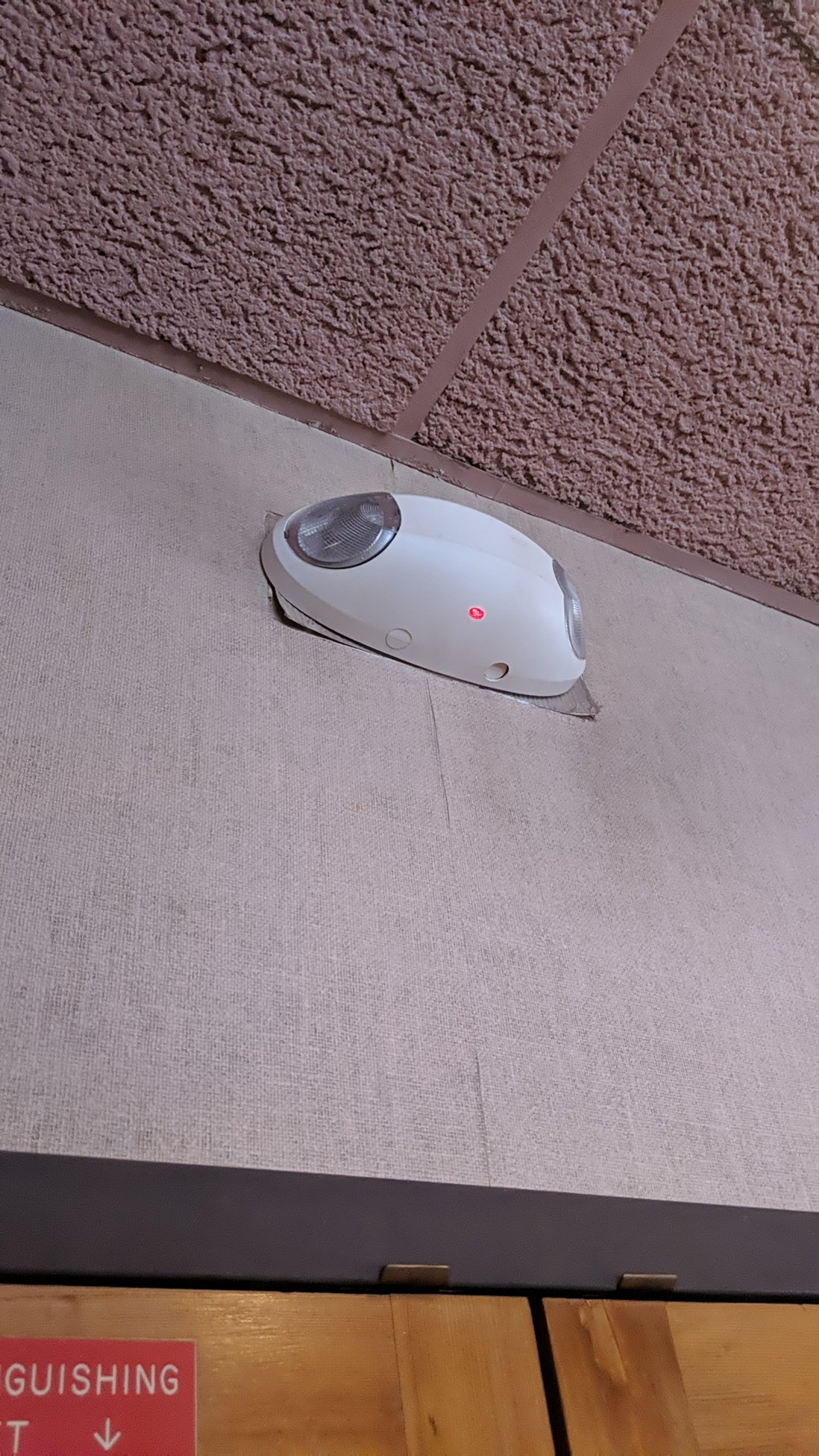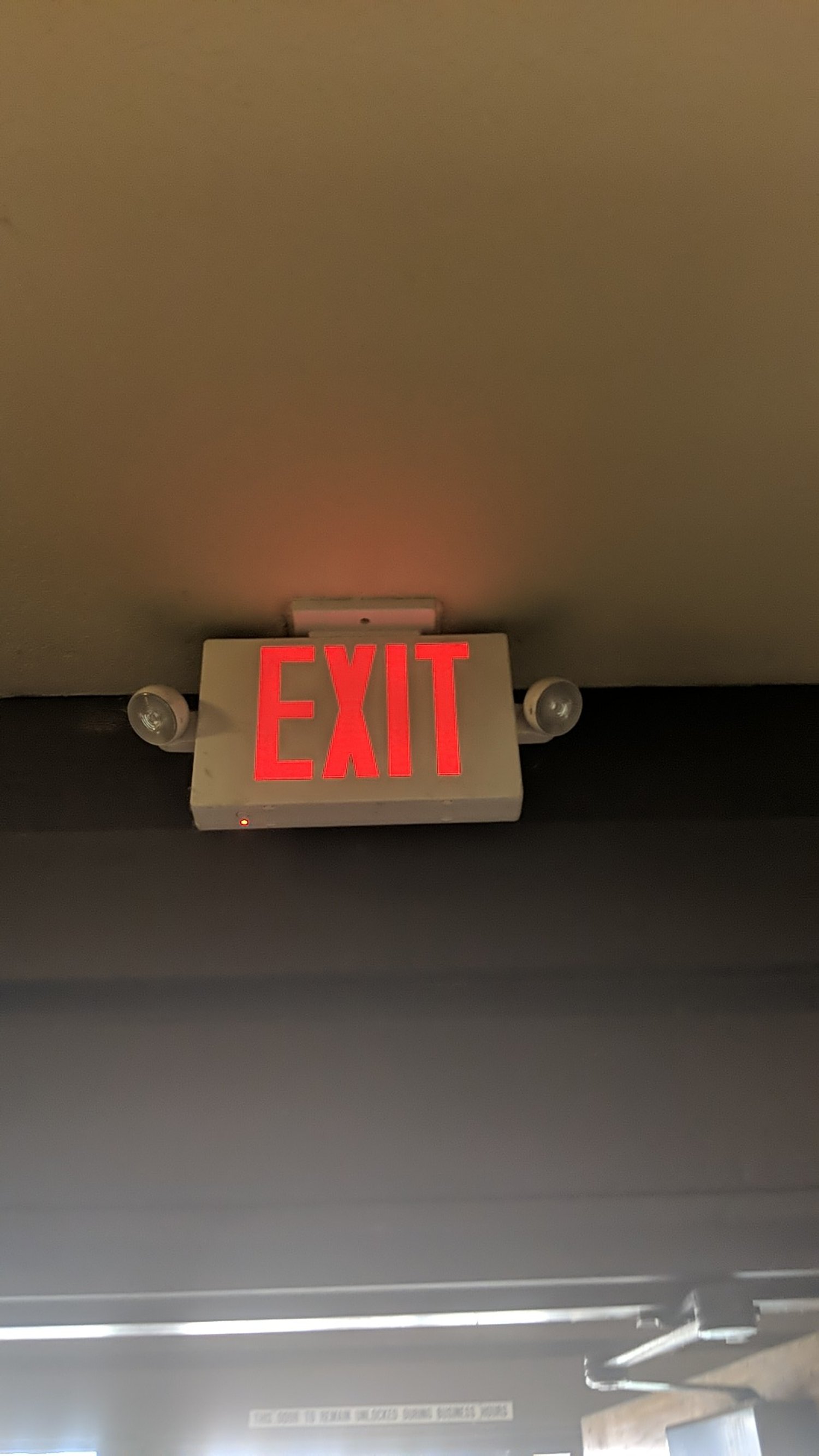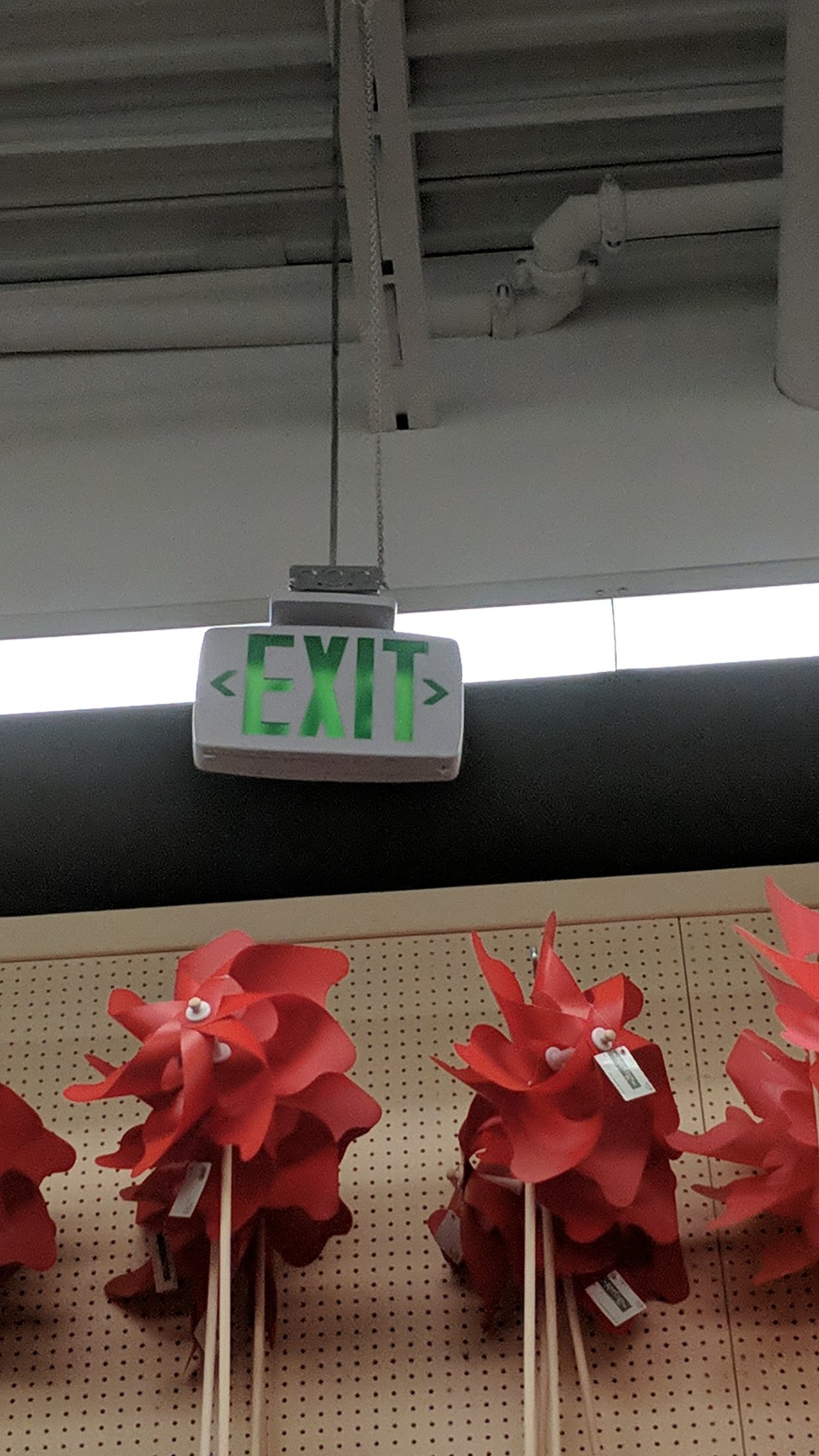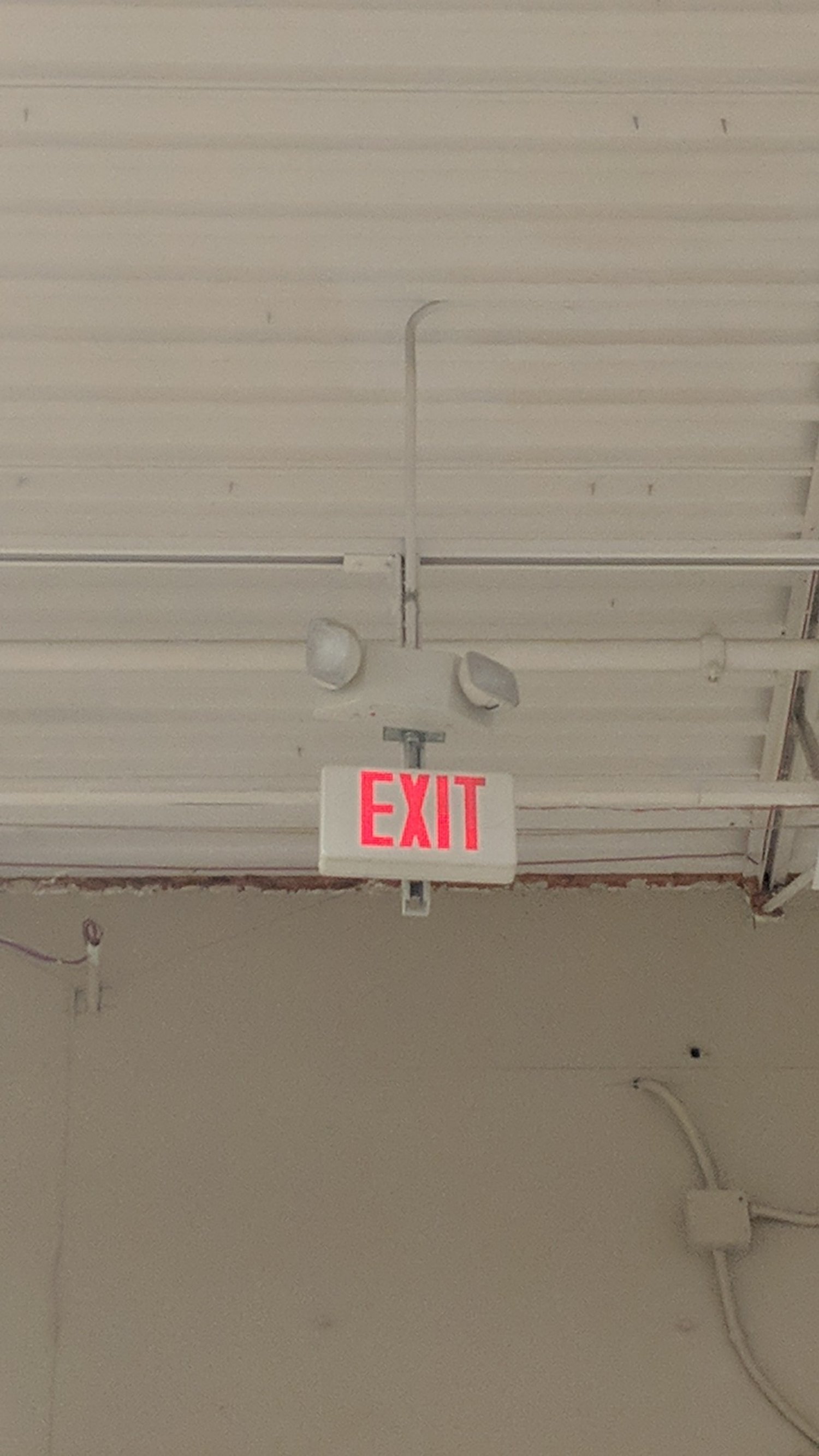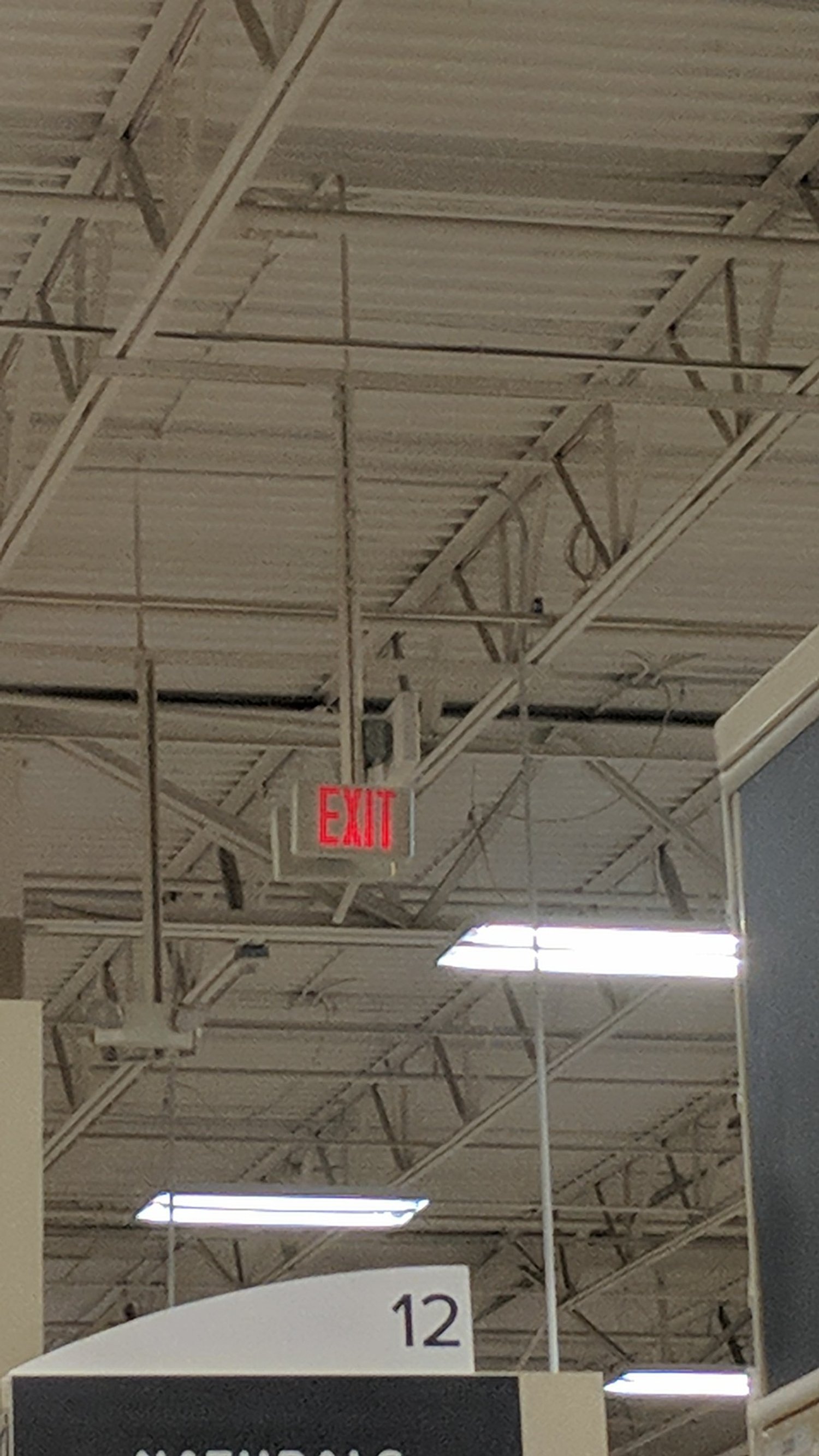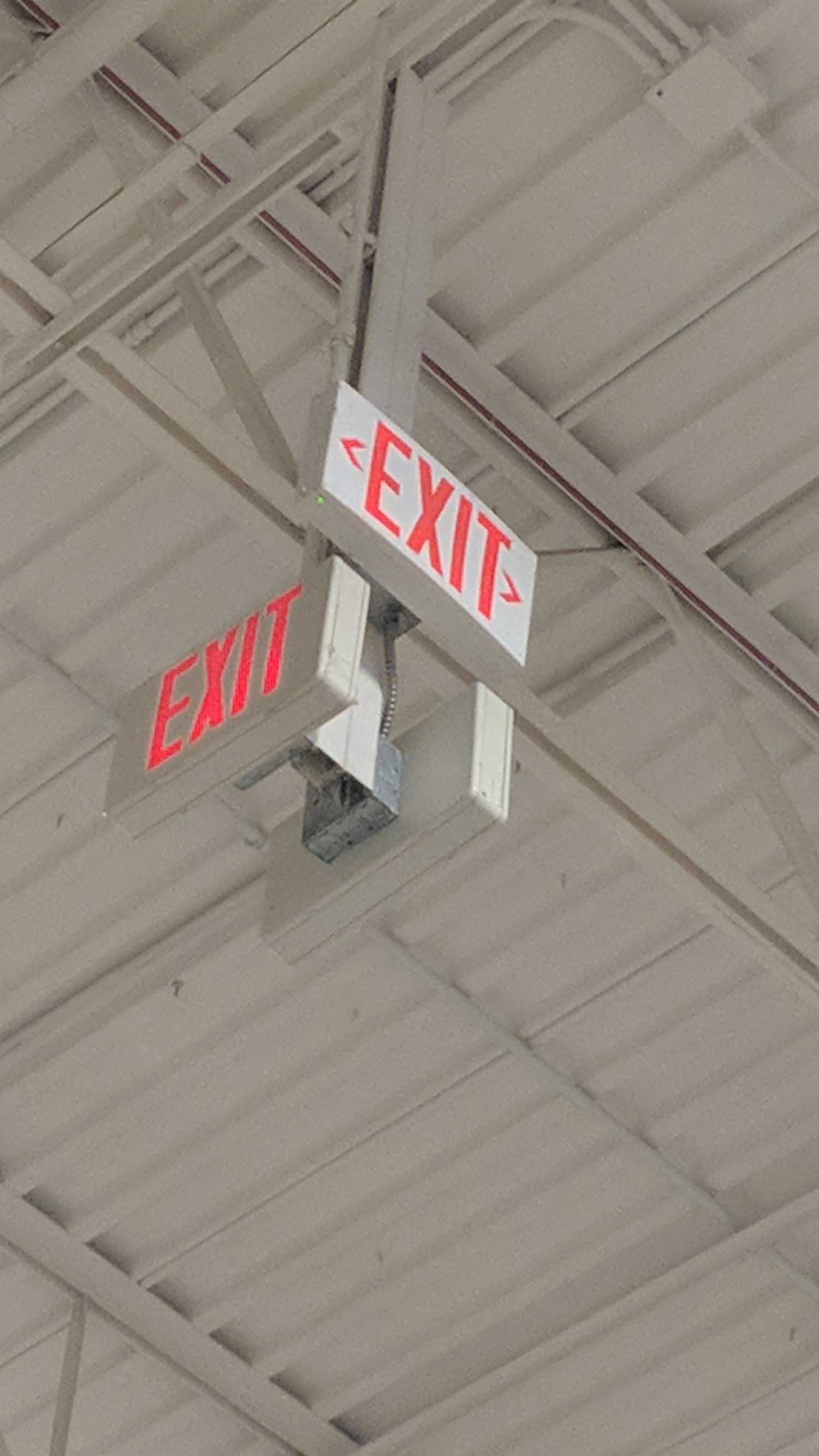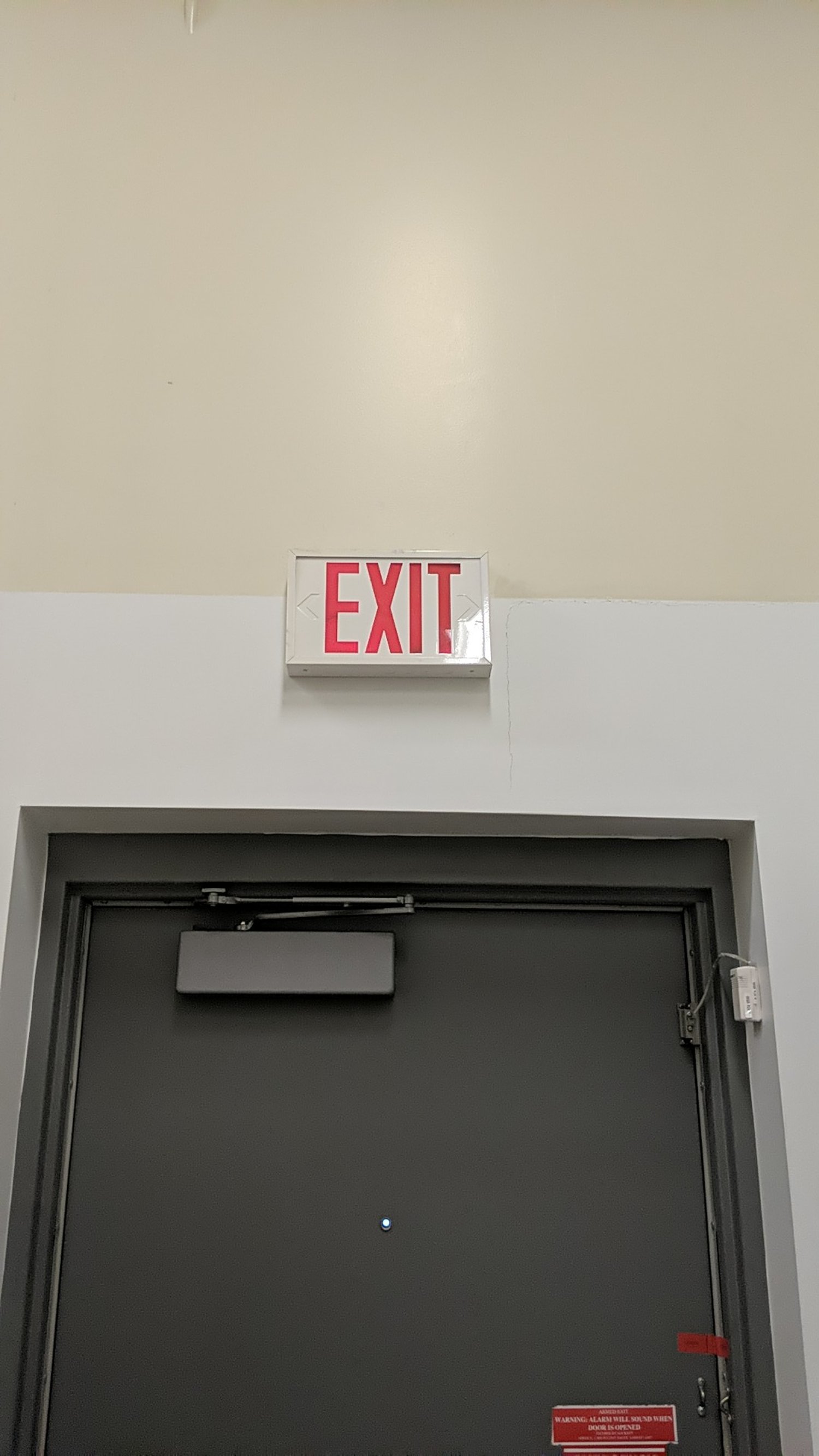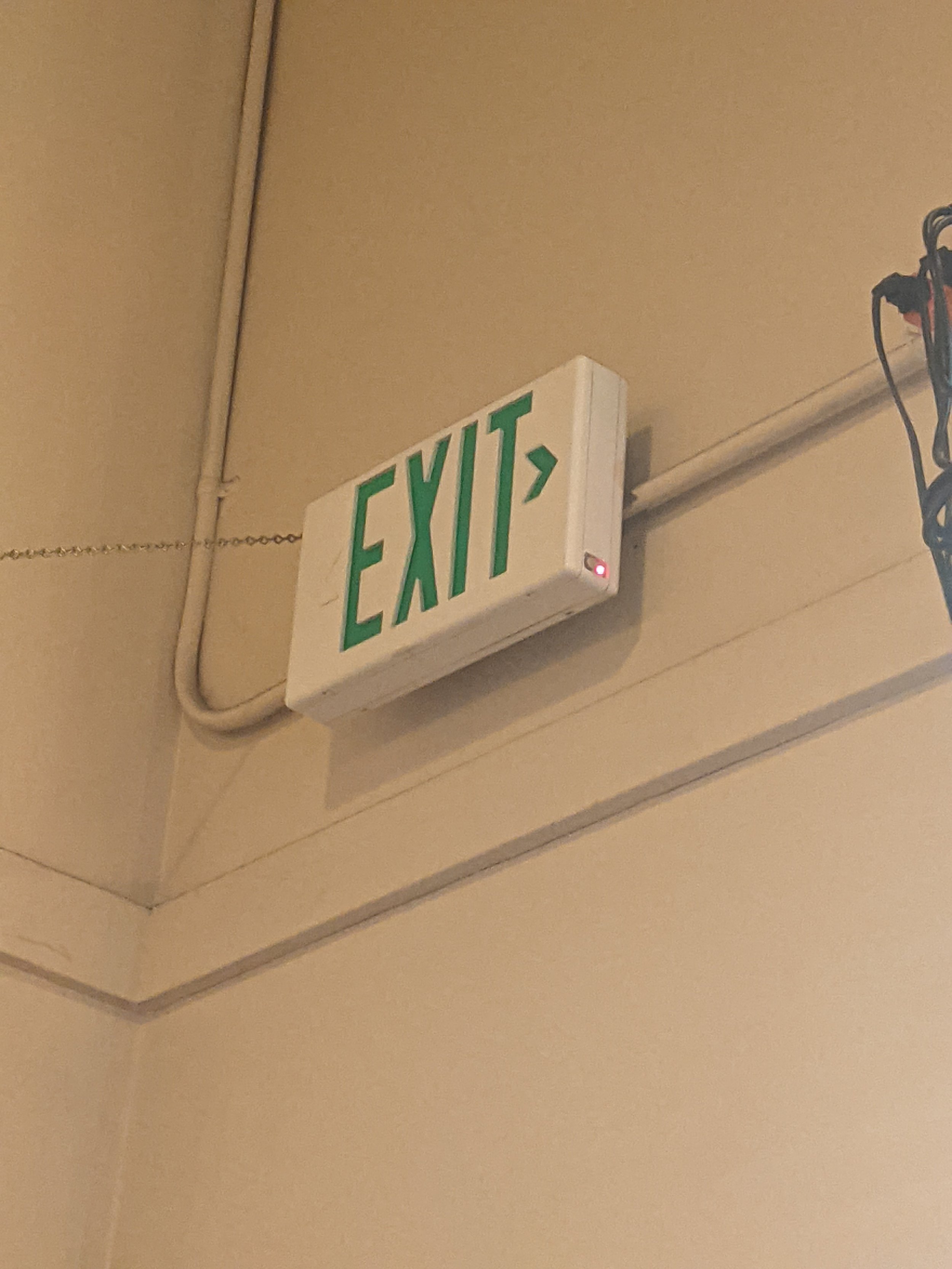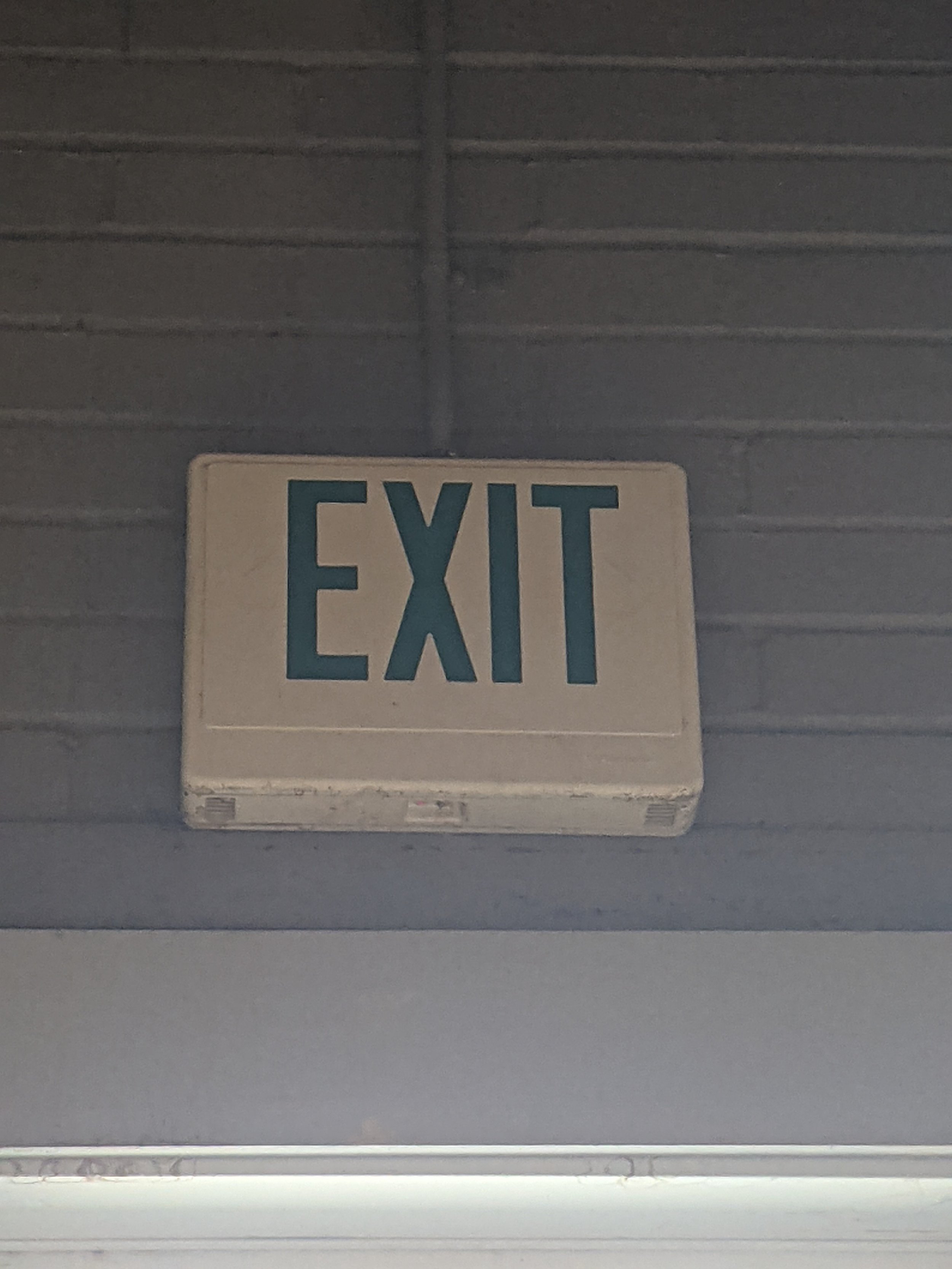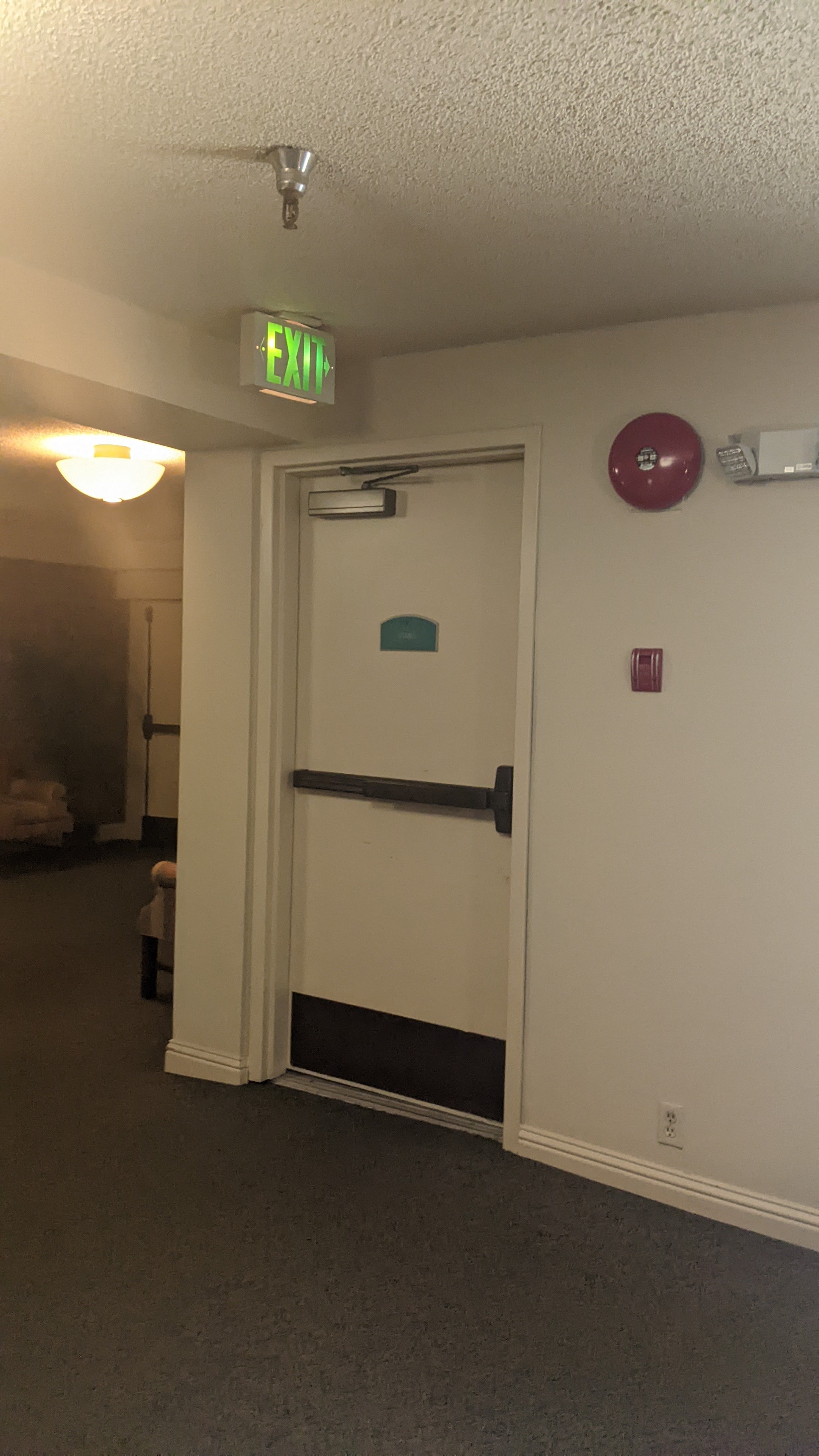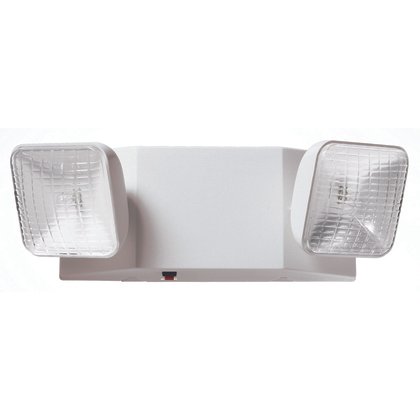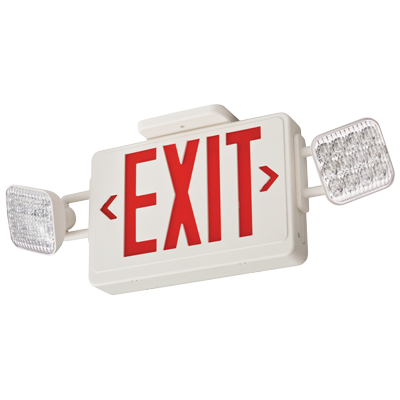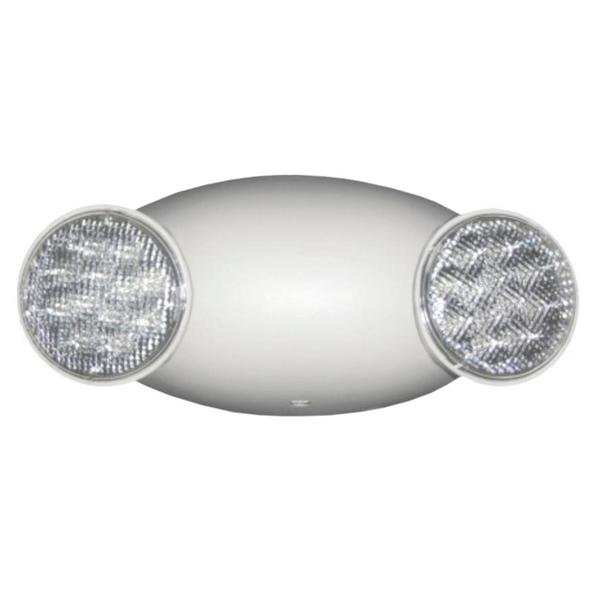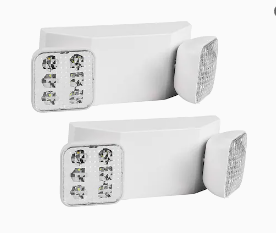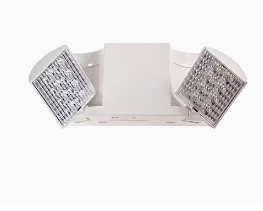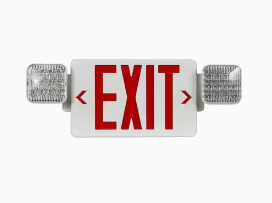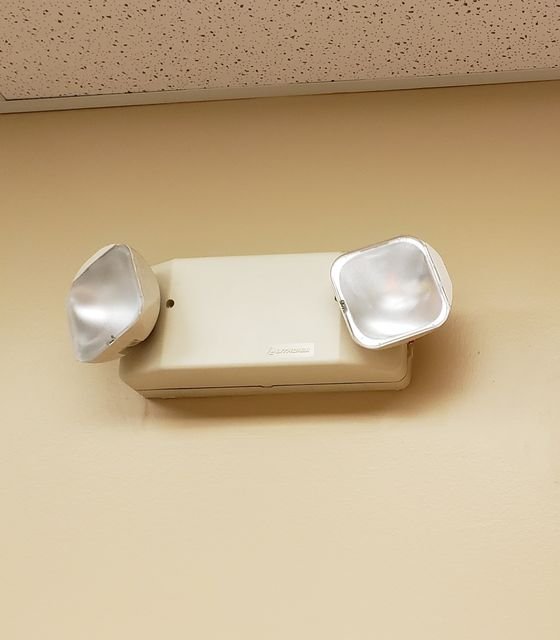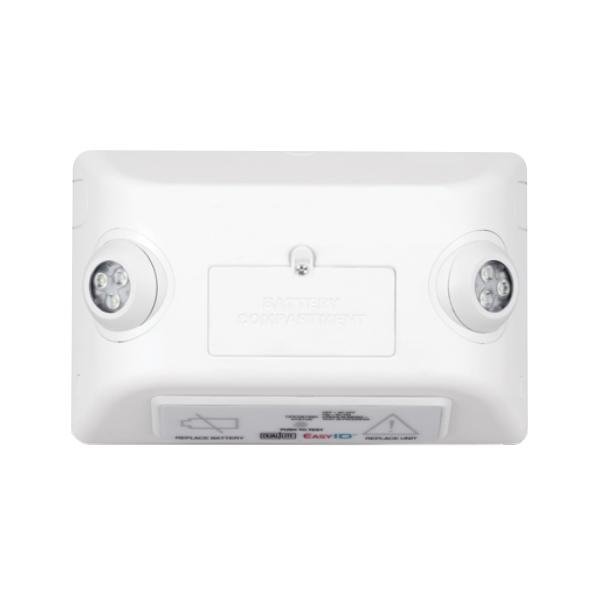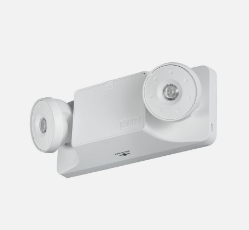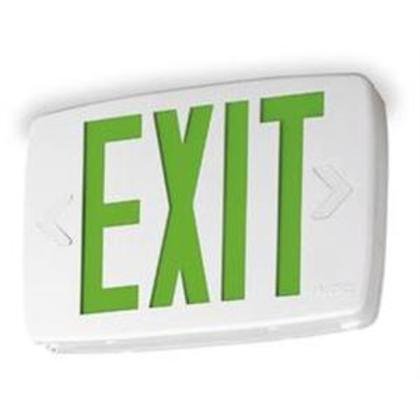Exit Signs and Emergency Lightning
My state (Washington) recommends green exit signs (mainly in Seattle and tacoma) so I mostly see green exit signs, however every once in a while, I will see red exit signs. I do perfer green and ISO exit signs over red exit signs. Emergency Lighting in my opinion should be in all buildings. Alot of people don’t seem to understand the importance of proper exit signs and emergency lighting, take for instance this youtube comment on one of my videos.
Source: YouTube Studio
Exit Signs are important because if you are in an unfamiliar building, and there is smoke, the exit sign is there and lit up to help you find the nearest exit even during smoke, exit signs can also be useful during normal conditions. While they are not too useful in some exits, take for instance the exit at the commons in my middle school.
Source: YouTube
Sometimes, exit signs can be helpful, take for instance this scenario.
Let's say you are in this building and you are trying to exit due to an emergency such as a fire. Without the lit exit sign with the chevron (arrow) pointing to the left telling you the exit is on the left, you may completely miss, or not see the exit you just passed. This could drive up evacuation times, which you want to keep as low as possible during an emergency. While
One thing I hate is that most buildings don’t really care to maintain their exit signs and emergency lighting. For instance this photo I took in a small Chinese restaurant downtown from me:
Both the exit sign and emergency light don’t have AC Power, and are both mildly damaged.
While this is not the only problem/code violation electrically in this building (old painted gfci’s, sketchy as f**k exposed outlet wiring, dead security system, etc), and this building is small, but exit signs and emergency lights should always be kept in working order. In all states, it’s against code to keep exit signs and emergency lights non-operable. Most exit signs and emergency lights don’t have any indicator of failure. While NFPA 101 requires emergency lights and exit signs with battery backup to be tested monthly, most don’t bother to do that. There are some self-diagnostic emergency lights, but most only have a visual indicator, there are some with a piezo built-in (such as on this NIC’S - SYSTEMS & ELECTRIC video), which only works for failures not related to having no AC power, and these types of models are very few and far between. While this is not the biggest deal in the case of this business, it always a good idea to ensure exit signs and emergency lights are always working. Another common problem i’ve seen with exit signs is exit signs being controlled by light switches.
In the United States and Canada, multiple brands of emergency lighting are owned by different companies. Most of the emergency lighting you will see are generic and rebranded by different companies which people consider “generic brands” These include brands like Navilite, Jimming Lighting, and Commerical Electric. Most of these generics have bad build quality, poor output, poor run times, shorter lifespans, and lower levels of safety. (A lot of cheap generics have transformers that can easily fry.) Some brand names also may sell generic signs, this is the case with Lithoina Basics as an example. These are some of the most common generics found:
Some name-brand emergency light manfuacters include Dual-Lite, Lithoina, and Sure-Lites. Here are some common name brand emergency lights:
While brand-name emergency lights are more expensive than generics, they usually always have high build quality, high output, long battery backup, and usually have a long lifespan if properly maintained. There are some generics that meet some or all of these qualities, but those are usually the more expensive generics. Some models of brand name signs also have special features such as self digastoincs which is on lots of dual-lite models. Self-Digsationcs uses LEDs on the unit to let you know when there is a fault in the unit, and will automatically perform the NFPA 101 7.9.3 required monthly 30-second battery test and annually 90-minute battery test. Some models come with a built-in piezo buzzer.
Outside of the US, you will see ISO (7010) exit signs. The modern ISO sign was designed by a Japanese man “Yukio Ota”.
The ISO 7010 Exit Sign
While the ISO 7010 exit sign is used is most countries outside of the US, not all countries mandate it, and a lot of countries require their own type. Here are a few diffrent styles of exit signs around the world.

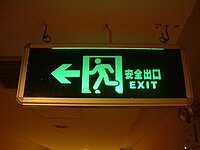
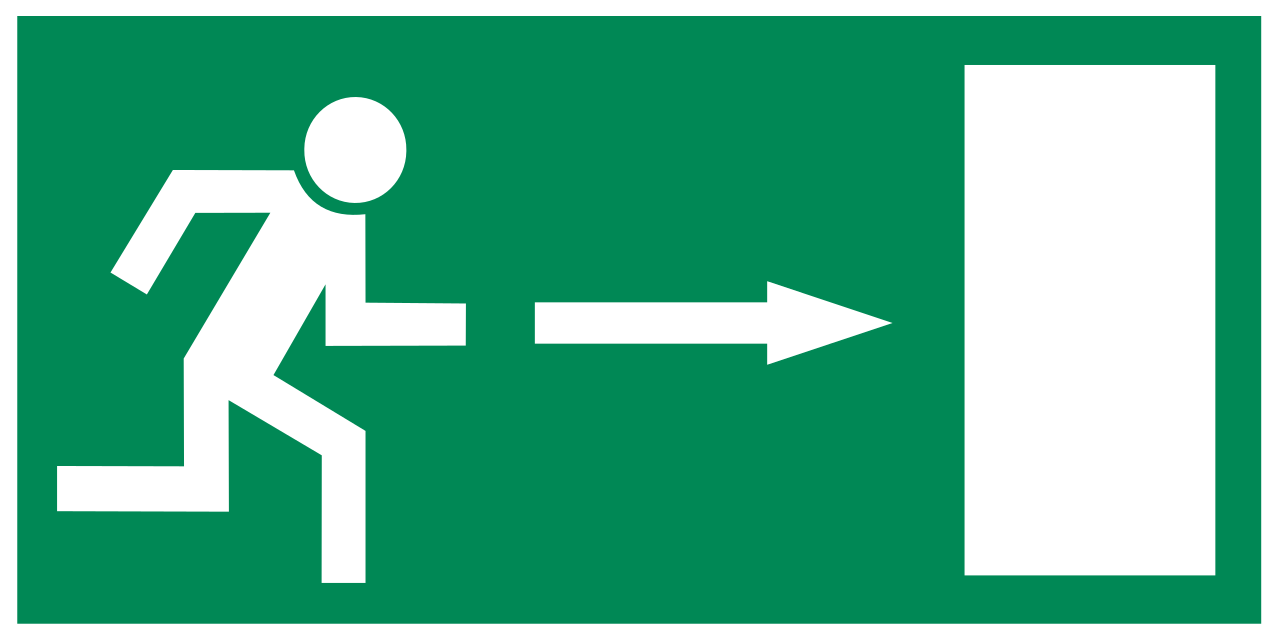
At the end of the day, while they may not seem very important, Exit Signs and Emergency Lights are there in buildings to help people find the exit, whether it’s on every day, or in an emergency where you need to get out as soon as possible.
Many people including me collect emergency lights and exit signs. If you would like to find exit signs and emergency lights to buy, I recommend looking at your local ReStore, or a nearby building parts savalge shop. You can also get them on eBay, Amazon, and at Lowes and Home Depot. There are also some stores online that specialize in selling life safety products and/or emergency lights. The units always come with the mounting hardware and wire nuts you will need, if you wanna plug the unit into an outlet, you will want a lamp cord. You will need to cap off the 277-volt wire and wire the unit according to the wiring diagram of your unit and the lamp cord, making sure to wire hot to hot, and natural to netural, some units, although uncommon have ground too, you will want a grounded cord for it. If you have an unused smoke alarm box in your house, you could also mount a unit there too. Please be careful with electricity and have fun collecting!

